In order to view this website correctly, you will need to have JavaScript enabled in your browser.
Skip to main content.
- Travel Trade & Press
- School Trips
- Business Events
GO TOKYO The Official Tokyo Travel Guide
New & Now
Tokyo Area Guide
Things to Do
Plan Your Trip
- Choose Language 日本語 ENGLISH 中文(简体) 中文(繁體/正體) 한글 ภาษาไทย DEUTSCH ITALIANO ESPAÑOL FRANÇAIS
Share this page
- X (Twitter)
- My Favorites
- All New & Now options
- New & Trending
- Spring Guide
- Summer Guide
- Autumn Guide
- Winter Guide
- Places The Locals Go
Stories & Guides
- Another Tokyo
- All Things to Do
- Attractions
- Food & Drink
- Onsen & Bathhouses
- Art & Design
- Anime & Manga
- Time Trip Tokyo
- Walks & Tours
- Tokyo Event Calendar
- All Tips to Plan Your Trip
- Accommodations
- Getting to Tokyo
- Getting Around
- Airport & Cruise Terminal Access
- Customs & Manners
- Weather & Geography
- Visa & Immigration
- Tokyo at a Discount
- Tours of Tokyo
- TOKYO Brochures
- PDF Maps & Guides
- Tourist Information Centers
- Online Tourist Guide
My Tokyo Guide
See something interesting? Click on the heart button in the article to add a page from this site to My Favorites.
Popular Keywords
- Guide Service
Advanced Search
- From open calendar
- To open calendar
- All Stories & Guides
Select Language
- ESPAÑOL
- FRANÇAIS

- A guide to the Tokyo Imperial Palace: history & how to tour
Main content starts here.
Updated: October 28, 2020
Tokyo Imperial Palace and its beautiful gardens are a world away from the hustle bustle of the city. Just a 10-minute walk from Tokyo Station and the high-rise Marunouchi financial district, this calm green oasis covers an impressive 1.15 square kilometres in the central Chiyoda Ward. Built on the site of the former Edo Castle, the palace became the permanent home of the Imperial Family in 1869. While you can’t go inside, except on rare special occasions that let you glimpse the interior, the surrounding manicured lawns, topiary trees and meticulously maintained gardens are not only visually enchanting but give a good idea of what being royalty is all about.

Edo Castle turned Imperial Palace
For over 250 years, Japan was ruled by the Tokugawa shogun during what was known as the Edo Period – Edo being the old name for Tokyo. The current Imperial Palace, known as Kokyo in Japanese, sits on the former site of Edo Castle. However, in 1868, the shogunate was overthrown, and Japan’s capital was moved from Kyoto to Tokyo, with the Imperial Residence moving with it. The palace was destroyed during the Second World War but rebuilt in a similar style afterwards.
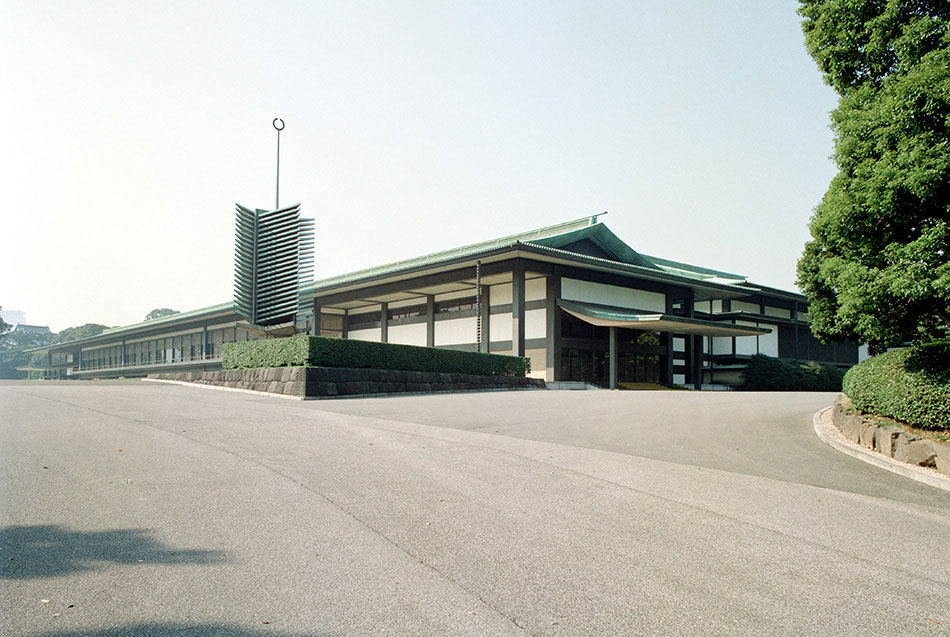
Copyright Imperial Household Agency of Japan
Visiting the Tokyo Imperial Palace
You can call by the site of the Imperial Palace any time –its perimeter is a popular jogging route and the East Gardens are open to the public year-round. However, to make the most of your visit and get a good historical overview, put on some comfortable shoes and take a walking tour.
Check the Imperial Palace’s official website for a map of the grounds.
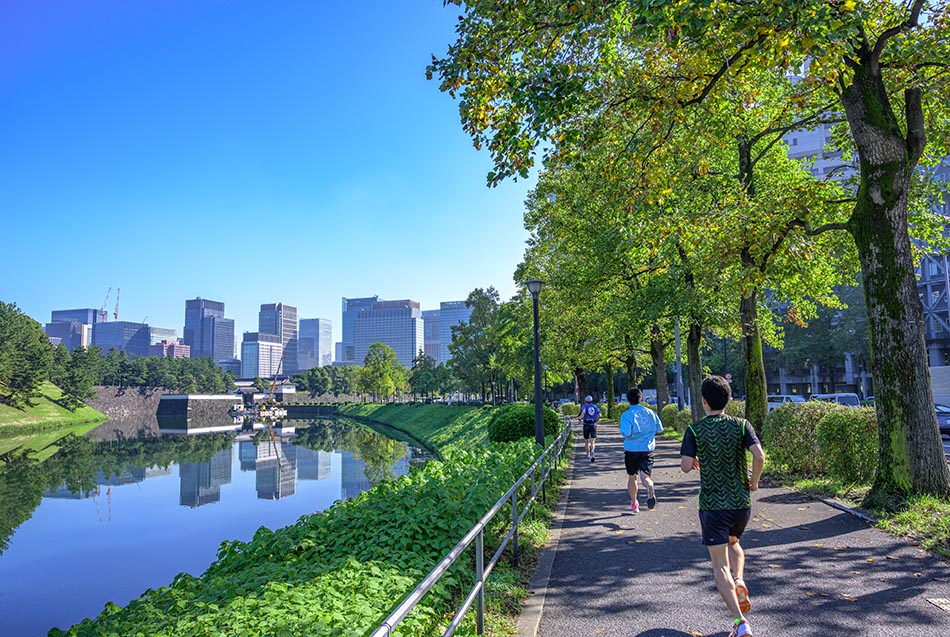
Imperial Palace Walking Tour
Some part of the inner palace grounds can only be viewed on a tour, which is held in English and Japanese, twice daily, Tuesday thru Saturday. While same-day tickets are available, you can easily skip the queues by making an advance reservation for a ticket through contacting the Imperial Household Agency. The tour is open and distributed from 9:00 for the morning tour starting at 10:00, and 12:30 for the afternoon tour starting at 13:30. The 75-minute tour meets at Kikyomon Gate. Although it won’t take you inside the palace, you will get the chance to see historical and beautiful sites such as the Mt. Fuji-view Keep and the Lotus Moat, and, of course, you will cross over the famous Nijyu Bridge, considered a symbol of the palace and even Tokyo itself.
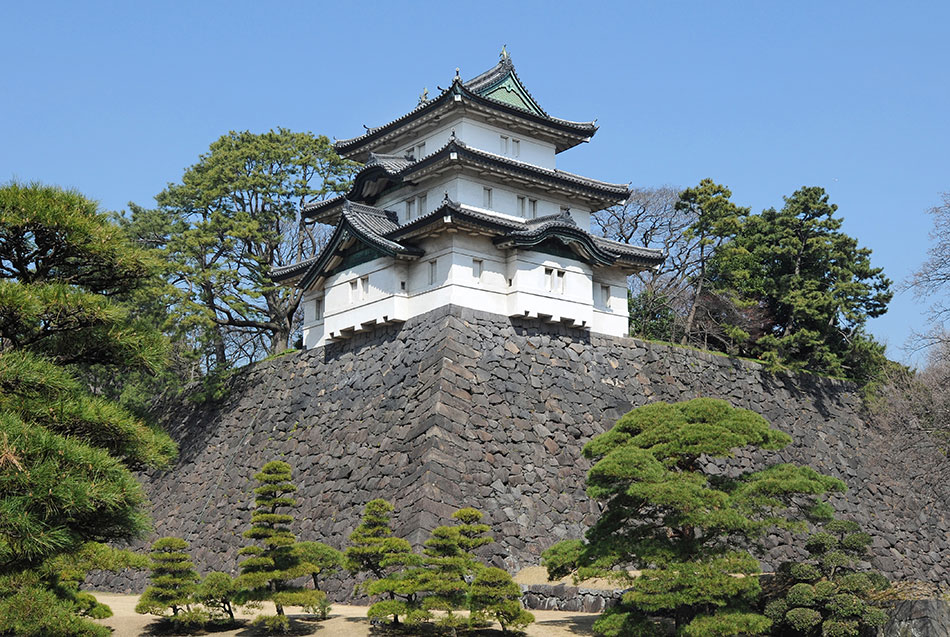
East gardens
Open daily except Mondays, Fridays and designated holidays, these beautiful Japanese gardens are free to the public and especially popular for their dazzling cherry blossoms during the spring and their vibrant autumn foliage later in the year. Take a stroll for a glimpse into the area’s history as the former site of Edo Castle-you can view and climb the foundation of a castle tower that burned down over 350 years ago. Also stop by the Museum of the Imperial Collections.
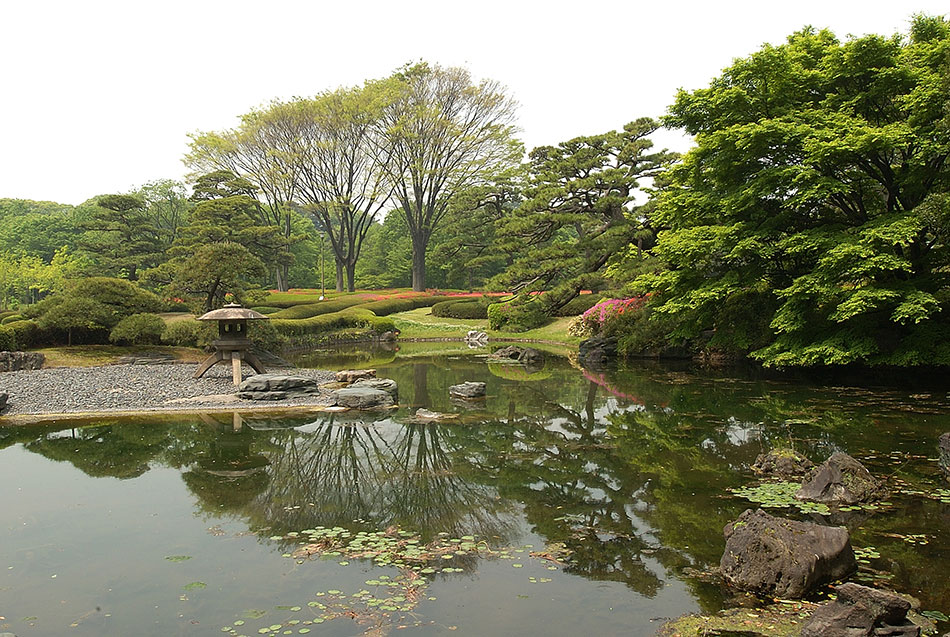
"Ippan Sanga"- Seeing the Imperial Family
Since the Imperial Palace is the main residence of the Imperial Family, it is fairly understandable that they can’t welcome visitors all year round. But there are two days a year when you catch a glimpse of them up close. As part of a New Year celebration , on January 2nd, the grounds of the Imperial Palace are open to the general public. Large crowds gather in the square in front of the Chowaden Reception Hall where the Imperial Family make five scheduled public appearances from morning to early afternoon. Due to the large crowds, leave your bags behind and wear comfortable shoes. It may take more than two hours to get to the Main Gate from the Front Plaza of the Imperial Palace due to a large turnout so make sure to arrive well in advance.
The other opportunity to get up close to the Imperial Palace is on the date of the current Emperor’s birthday-February 23rd. The Imperial Family will make three appearances and you can also sign the Greeting Book.
Hotels near the Imperial Palace
Sitting truly in the heart of Tokyo and with great access to the city, there are plenty of hotels around the Imperial Palace. Imperial Hotel Tokyo is a luxurious hotel that has won 5 stars on the hotel information website "five Star Alliance". It opened in 1890 in order to accommodate an influx of distinguished international visitors.
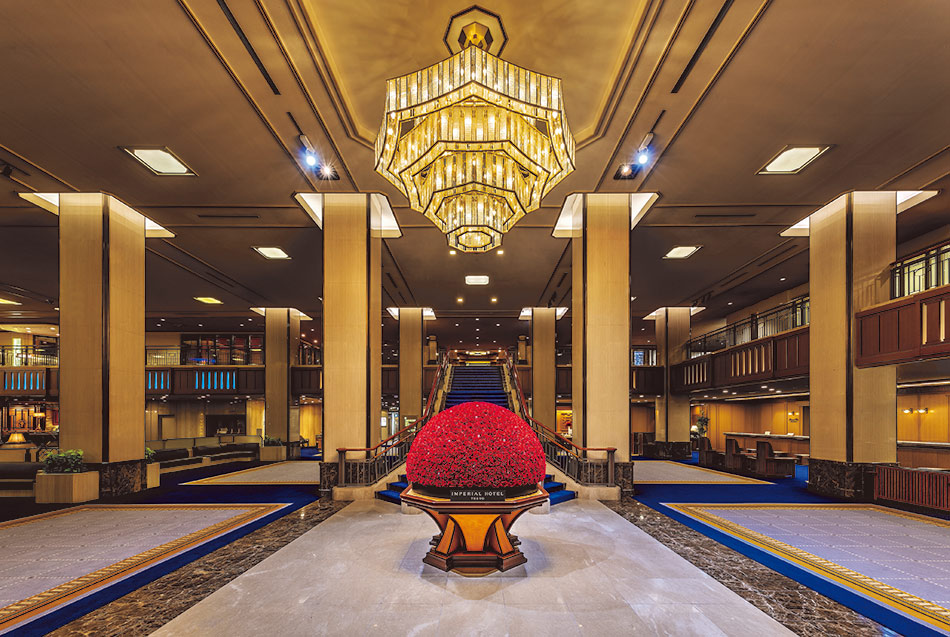
The Forbes Travel Guide five-star Palace Hotel Tokyo is also known for its perspective on the city and a singular, moat-side setting just opposite the Imperial Palace gardens.
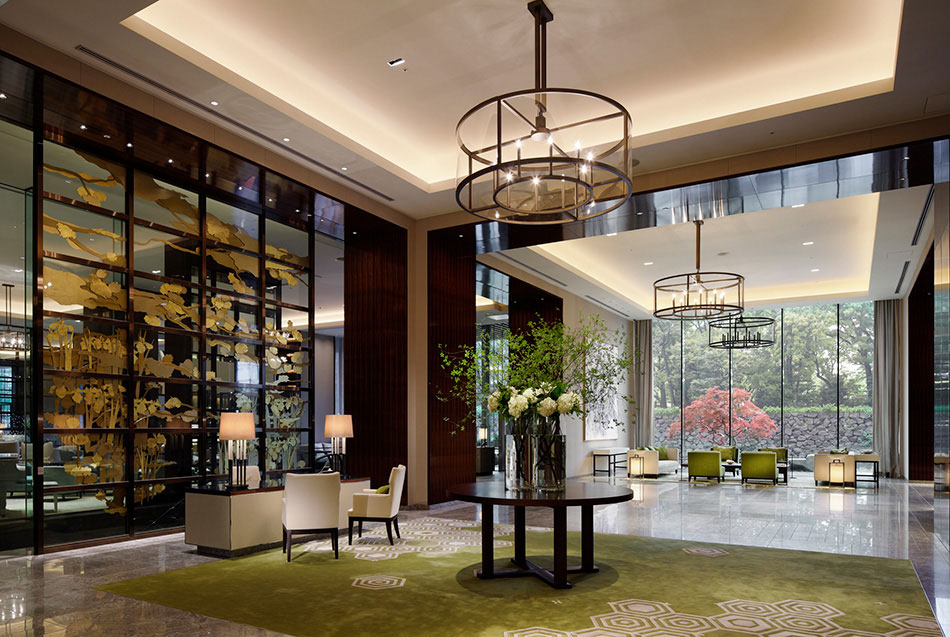
For more mid-range and budget accommodation, take a look in the Hanzomon area on the western edge of the palace grounds or around Kudanshita to the north.
Find Out More
- Experiences & Activities
- Historical Sites
- Parks & Gardens
- Visit Tokyo >
- Tokyo Area Guide >
- Central Tokyo >
- Tokyo Station & Marunouchi area travel guide >
- About This Site
- Font Size and Color
Copyright © Tokyo Convention & Visitors Bureau. All rights reserved.

- 2 Weeks for Couple
- 2 Weeks for Family
- Thailand Lantern Festival
- Indonesia(Bali)
- South Korea
- China (HK, Taiwan)
- Itinerary Ideas
- Asia Highlights Travel Reviews
- Thailand Travel Reviews
- Vietnam Travel Reviews
- Cambodia Travel Reviews
- Japan Travel Reviews
- Myanmar Travel Reviews
- China Travel Reviews

Tokyo Imperial Palace Guide
The imperial palace, areas of the imperial palace, the history of the imperial palace, when to visit tokyo imperial palace, guided tour to the imperial palace.
Like an island of respite in the heart of Tokyo, the Imperial Palace is surrounded by parks and gardens, offering a getaway from the busy city streets. The grounds surrounding the home of the Emperor are carefully maintained and are one of the top destinations for visitors to the capital.
Covering 1.3 square miles (3.36 square km), the grounds include hanami (cherry blossom) spots, art galleries, ancient ruins and beautiful gardens — and a private section reserved for royalty. The land is now the most highly valued in Japan, and is just a short walk from Tokyo Station.
- The Imperial Palace is one of the must-visit places in Tokyo.
- The Imperial Palace stands on the site of the former Edo Castle that was the residence of the Tokugawa Shogunate who ruled Tokyo during the Edo era.
- The palace was destroyed during World War Two and rebuilt in the same style afterwards.
- The Nijubashi Bridge used to be a wooden bridge, constructed during the Meiji period in 1888.
- The Imperial Palace is the residence of the Emperor of Japan.
The Imperial Palace, residence of the Japanese Emperor, was once the site of the Edo Castle from the 17th - 19th century. Located in the heart of the city, it is a vast expanse of green and is surrounded by moats.
The inner grounds are open only for two days of the year – January 2nd and December 23rd. There are guided tours in Japanese throughout the year. As with any imperial site, though, tours must be registered in advance at the Imperial Household Agency (Kunaicho). You may book up to a day before your intended visit.
Although the inner grounds are off limits for the majority of the year, visitors are still able to explore the parks and gardens free of charge and without registration. Keep reading below and find some useful information you need to keep in mind if you are planning to visit this palace.
Discover real reviews of Highlights Travel Family 's best-rated service across trusted platforms.
The area is divided into three main sections: the East Gardens, the Kitanomaru Koen Park and the Kokyogaien National Gardens — all surrounded by a great jogging route for those who would like more than a stroll.
East Gardens
The East Gardens of the Tokyo Imperial Palace are a beautiful green space in the midst of the bustling city. The public can enter the gardens through any of the three historic gates: the Otemon, the Hirakawamon or the Kitahanebashimon.
The East Gardens were laid out during the Meiji era when the Emperor seized control of the city from the Tokagawa Shogunate. They were opened to the public in 1968, and cover an area of nearly 52 acres, featuring a traditional Japanese garden, a tea ceremony room, a guard house, a concert hall and a small forest.
During spring, the garden is adorned with blooming sakura or cherry blossom trees. The garden has nearly 30 species of cherry trees. Other notable plants are bamboo, peonies, a grove of plum trees and willow trees.
The garden has over one thousand species of native Japanese plants. There is also a large green lawn, called the Oshibahu, which was once used for imperial ceremonies. Structures within the garden include two guardhouses that once guarded the gates and the remains of a stone tower, called the Tenshu Dai. It is open to the public daily, except on Mondays and Fridays, and a map of the garden is available at the guardhouse near the Otemon Gate.
Kitanomaru Koen Park
This is another park of the palace, surrounded by moats. Located at the north of the palace, this place used to be a military base before it was converted to a park. You can find sakura trees too, and the plus point of Kitanomaru Park is that it has many spots for picnics. This park is also quite well known for its autumn leaves!
The park was opened to the public in 1969, to commemorate the 60th birthday of the Emperor Showa.
Kokyogaien National Gardens
The Kokyogaien National Gardens comprise the areas around the Imperial Palace that are permanently open to the public: the south-eastern Garden Plaza, the northern Kitanomaru Garden, a bridge, a fountain park and twelve moats throughout the grounds.
The Garden Plaza of Kokyogaien National Gardens occupies the moat-surrounded "island" at the south-east corner of the Imperial Palace grounds, closest to Hibiya Park and the Marunouchi District. The Garden Plaza is dotted by approximately 2,000 carefully tended black pines, and also has the imposing Sakurada-mon Gate that, although reconstructed, dates from 1620.
The Nijubashi Bridge is the most famous bridge of the many that span the moats of the Imperial Palace. This graceful, stone-arched bridge is named after the double-storied wooden bridge that it replaces.
Wadakura Fountain Park, just north of the Garden Plaza, is particularly beautiful at night when its dancing jets of water are lit up. Wadakura Fountain Park was created to celebrate the 1961 wedding of Emperor Akihito and Empress Michiko.
The twelve moats of the Imperial Palace occupy 37 hectares of the total 115 hectares of Kokyogaien National Gardens and form the only part of the gardens that is not accessible to the general public.
The moats are there to be enjoyed from the edges for their scenic beauty and the wildlife, including swans. The Chidori-ga-fuchi Moat, on the western edge of Kitanomaru Park, is one of the most well-known moats for the beautiful cherry blossom that adorns its banks for a couple of weeks every spring.
The Imperial Palace of Tokyo was built on the site of the former Edo Castle, which dates back to the fifteenth century and was used as the residence of the ruling Tokugawa Shogun during the end of the Kamakura Shogunate.
The Imperial Palace history started when the original Edo Castle was destroyed by fire in 1873. During the Meiji Restoration, the inhabitants and Shogun Tokugawa Yashinobu were required to leave Edo Castle. Later, the Japanese Emperor left Kyoto Imperial Palace and came to the new Edo Castle. At that very time this castle was renamed as Tokei (the alternative name of old Tokyo) Castle or Tokyo Imperial Palace.
The present Imperial Palace was reconstructed in 1968, after it had been damaged by fire during World War II. The palace was built with steel-framed concrete, designed in a modern way but still prepped with classic architectural accents that are unique to Japan, like the large hipped roofs and beams.
The palace grounds are off limits for tourists on Saturdays and Sundays and on national holidays. Visiting on Friday might also be a bad idea, since the East Gardens are closed then.
A very auspicious day to visit the Imperial Palace would be January the 2nd. The whole Imperial Family makes a public appearance on this auspicious date directly after New Year, on the porch of the Chowaden Reception Hall. This is the only day in the year when the Imperial Palace is open to the public. Expect the palace to be very crowded, though, and expect to wait a long time in the cold.
You could also visit the Imperial Palace on the Emperor's birthday on December 23rd. The inner grounds will be open to the public on that day as well and there will be a little ritual performed for the crowds in the morning and the early afternoon.
Pick the day that suits your travel plans best.
If you like to get a little closer to the Imperial Palace, you can attend one of the guided tours for special access to the inner areas.
This tour will take you to special places, including the Fujimi-yagura (Mt. Fuji-View Keep), the Hasuikebori (Lotus Moat) as well as offering views of treasured spots like the Seimon Testubashi Bridge and the Fujimitamon Defence Gate. You will also get pretty close to the Imperial Palace itself.
These tours are free but require registration, either in advance online or on the day. The entry numbers were increased in 2016, so now 500 guests are accepted each day, with 300 spaces available for on-the-day registration.
Tours take place at 10am and 1:30pm and are conducted in Japanese, although headsets are available in a few other languages, including English. The tours take around 75 minutes and visit 11 different spots — starting from the Kikyomon Gate which is also where you register.
You might like to read
- Top 15 Landmarks of Japan
- Eating and Drinking in Japan
Explore the Imperial Palace with Asia Highlights
Although the Imperial Palace offers a free guided tour to get you closer to the palace itself, please bear in mind that you need to register in order to join. Asia Highlights will help you to explore the Imperial Palace like no other! Skip the hassle and enjoy your day with our professional English-speaking tour guide. Please contact us if you have any questions!
Why Asia Highlights (10,000+ reviews & 98.8% 5-star rating)
- Save Your Time:
- Less research, more enjoyment!
- Real-time 1V1 expert planning
- Maximize Your Flexibility:
- Personal local guide and ride
- Explore at your own pace
- Celebrate Your Journeys:
- Specially-crafted family adventures
- Celebrate milestones with style!
Get Inspired with Some Popular Itineraries
At Asia Highlights, we create your kind of journey — your dates, your destinations, at your pace. You can have any trip tailor made for your travel.
More Travel Ideas and Inspiration
Sign up to our newsletter.
Be the first to receive exciting updates, exclusive promotions, and valuable travel tips from our team of experts.
Why Asia Highlights
Where can we take you today.
- Middle East
- African Safari
- Travel Agents
- Loyalty Program
- Our Differences
- Privacy Policy
Address: Building 6, Chuangyi Business Park, 70 Qilidian Road, Guilin, Guangxi, 541004, China
- Tokyo Cheapo (繁體中文)
Tokyo Imperial Palace Mega Guide
Just ten minutes from Tokyo Station lies Tokyo Imperial Palace: a wealth of gardens and galleries, with guided tours and castle ruins.
Pro tip: Make the most of your visit to the area by joining this walking tour . Not only will you visit the Imperial Palace, but you’ll also get to taste some sake, try your hand at knife sharpening, and learn about traditional Japanese food like dashi (soup stock) and seaweed.
Like an island of respite, the Tokyo Imperial Palace is surrounded by parks and gardens offering a getaway from the busy city streets. Surrounding the home of the Emperor, the grounds are painstakingly maintained and are one of the top destinations for visitors to the capital.
Covering 1.3 square miles, the grounds include hanami (cherry blossom viewing) spots, art galleries, historical ruins and beautiful gardens—plus a private section reserved for royalty, of course. Once the site of Edo Castle, the land is now among the most highly valued in Japan, and is a short walk from Tokyo Station .
If you’re planning to visit, there are organized tours of inner areas available for free, as well as special days when you can see the Emperor himself—so read on and learn all you need to know about Tokyo Imperial Palace and the treasures it holds!
Pro tip: Book a private guided tour to get the most out of your visit to the Imperial Palace in Tokyo.
The History of Tokyo’s Imperial Palace

The current palace grounds were the site of Edo Castle, and before that, the residence of warrior Edo Shigetsugu. The land was close to Hibiya , which was then a beach, and was a strong flatlands location, strengthened by moats. Built in 1457 by Ota Dokan, Edo Castle (also known as Chiyoda Castle) was an important location in the development of Japan. During the Siege of Edo, it was taken over by the Hojo clan, and was later abandoned during the Siege of Odawara in 1590. The castle later became the base of Tokugawa Ieyasu and the Tokugawa Shogunate was formed there, with the castle becoming the military capital. Read more about the history of Tokyo . If you want some more of Edo-era Tokyo then heck out these old-school corners of Tokyo or these unusual theme parks in Japan .
Following the Meiji Restoration it became the Imperial Palace, with Emperor Meiji residing there until the new palace was built. Unfortunately, like many old Japanese structures, almost nothing remains of the original castle or ancient buildings today following fires, earthquakes and war damage—but a few small areas have survived. The Tenshudai (pictured above) is the foundation of the once-tallest tower in Japan, and can be found in the East Gardens.
Tokyo Imperial Palace grounds and gardens
Although the inner grounds are off-limits for the majority of the year, visitors are still able to explore the parks and gardens free of charge and without registration. The area is divided into three main sections: the East Gardens, Kitanomaru Koen Park and the Kokyo Gaien National Garden—all surrounded by a great jogging route for those who would like more than a stroll.
The East Gardens

Opened to the public in 1968, the East Gardens are located in the innermost circles of Edo Castle: the Honmaru and Ninomaru . The former was the principal complex where the rulers spent their daily lives, the latter was where meetings would take place with visiting feudal lords. The two areas combined form one of the last Edo Gardens to be preserved in Japan, and are filled with carefully-maintained seasonal flowers and trees. The Honmaru is a large lawn area and the Ninomaru a manicured garden, creating a great space for escaping the city and relaxing in much-needed nature.
The gardens also contain some of the few remnants of Edo Castle, including the moat walls, the entrance gate and some guardhouses. On the lawn of the Honmaru area you can see the imposing foundations (tenshudai) of the former castle tower, which was once the tallest castle tower in Japan. Unfortunately, it only stood for 19 years, as it was destroyed in a fire in 1657 and never rebuilt.
Pro tip: If you’re keen to know which flowers will be in season when you visit the Tokyo Imperial Palace gardens, check this handy (and very extensive) flower guide .
Opening hours
The East Gardens are closed on Mondays and Fridays, as well as from Dec 28th – Jan 3rd and on some special occasions. Otherwise, they are open from 9am to 4pm, with hours extended until 4:30pm between March 1st and April 14th, and until 5pm from April 15th – August 31st. Last entry is half an hour before closing. Entry is free, but you may be given a small entry token to return when you leave, so they can keep track of guests before closing.
Access: The East Gardens are easily accessible from Otemachi Station. Look for the Otemon Gate.
Kokyo Gaien National Garden

First opened to the public in 1949, Kokyo Gaien was previously part of the palace grounds and features the Nijubashi Bridge. The bridge was originally made with wood, and then an extra level was added, causing it to be nicknamed the “double bridge.” The area was once known as Nishinomarushita and was the location of the servants’ houses.
As well as the famous Nijubashi, you can see the Sakuradamon Gate, which is a cultural asset, and a bronze statue of samurai Masashige Kusunoki .
Slightly confusingly, the title of Kokyo National Garden is usually reserved for the section of gardens in front of the palace, but is also occasionally used to refer to the entire gardens complex, including the parks, so keep that in mind if you get confused (we’ve stuck to the specific garden use here).
Access: This area is best accessed by the Sakuradamon Gate (near Sakuradamon Station). Since it is a public park, access is free and unrestricted.
- Kitanomaru Park

A real green oasis, Kitanomaru Park was once a medicinal garden and is almost entirely surrounded by a moat, giving it a real escapist feel (aside from all the other people). There are two original Edo gates at the entrances: the Shimizumon Gate, which leads you to the Chiyoda ward office, and the Tayasumon Gate, which takes you to Kudanshita Station, and was built in 1685. The park was opened to the public in 1969 to commemorate the 60th birthday of Emperor Showa and is a mix of flowers and woodland—perfect for getting some shade in summer .
You can follow the Chidorigafuchi walking path, which includes a moat-side stretch with cherry-blossom in spring, without the risk of being run down by joggers. From April to November, you can rent paddle-boats on the moat, which is especially lovely when surrounded by pink blossom, and creates a pretty picturesque scene for onlookers too. The park is also home to the Science Museum, Nippon Budokan and the National Museum of Modern Art, but more on those below!
Access: This area is best accessed from the East Gardens or Takebashi, Kudanshita or Hanzomon stations. Since it is a public park, access is free and unrestricted.
Guided tours of Tokyo Imperial Palace

If you would like to get closer to the Tokyo Imperial Palace, you can join one of the official guided tours for access to some of the inner areas. They will take you to special spots including the Fujimi-yagura (Mt. Fuji-view Keep) and the Hasuikebori (Lotus Moat), as well as offer views of treasured spots like the Seimon Testubashi Bridge and the Fujimitamon Defence Gate. You will also get pretty close to the Imperial Palace itself, and can see the more modern additions to the royal grounds.
Tokyo Imperial Palace tours are free but require registration, either in advance online or on the day. Currently, only 120 guests are accepted each day (previously 500), with 70 spaces available for on-the-day registration (previously 300), with reccommendations to arrive early if you can.
The tours take place at 10am and 1:30pm and are conducted in Japanese and English, although headsets may be available in a few other languages. The tours take around 75 minutes and visit 11 different spots—starting from the Kikyomon Gate , which is also where you register.
If you’re a sporty-type, you might also enjoy this cycling tour of Tokyo . It takes you not only to the Imperial Palace, but also Meiji Jingū Shrine , Roppongi , and even as far as Ginza .
There are also private guided tours of the Tokyo Imperial Palace available.
Alternatives
Instead of a tour, you can download the free Imperial Palace audio guide app , if you’re the type who prefers to wander around. You can also find free guided tours that take in the palace and other Tokyo sights. Renting a bicycle and cycling around the special 3km palace course that’s open on Sundays is also a fun idea.
Bonus attractions at the Imperial Palace
As well as the gardens and guided tours, the green escape is home to a number of additional attractions that are well worth a side-visit during your stroll. These three are positioned up in the northern area of the gardens in Kitanomaru Park.
National Museum of Modern Art, Tokyo
Home to countless examples of Japanese and international modern art, this museum is a treasure trove for modern art lovers. There are excellent works in the permanent collection including photography by Walker Evans, abstract pieces by Willem de Kooning and works by Wassily Kandinsky. There is a focus on the effect of Western art on the Japanese scene and vice versa, and artists such as Yayoi Kusama and Ai Mitsu have pieces on display. The museum is also home to Japan’s National Film Center, which has a great collection, as well as regular screenings.
Hours: 10am – 5pm, 9pm on weekends | Closed Mondays | Free access on the first Sunday each month, otherwise entry is ¥ 500 for adults and ¥ 250 for students.
Nippon Budokan
Built to host the judo tournaments of the 1964 Olympics, the Budokan is a large sports arena that still hosts martial arts events as well as other sporting events. The national championships of judo, kendo, aikido and karate are still held here annually and can be a great opportunity to see traditional sports in action. If you like Japanese sports, then be sure to check out our guide to seeing sumo while you’re in town!
It has also become a popular music venue; the first music performance was the Beatles in 1966 and since then hundreds of performers have take to the stage, including Diana Ross, Prince, AKB48 and Morning Musume. The venue is still popular and is a great place to check out events while you’re in the area! Take into consideration though that if there is an event on the day you visit, you may want to avoid Kudanshita Station.
Science Museum
This museum is mainly for the kids and their adults, as it is a family-friendly educational mainstay that has been entertaining the Tokyo youth since 1964. It is a bit of an “all-in-one” museum and includes displays on computer technology, transport, space, the future, life sciences and more.
Hours: 9:30am – 4:50pm (last entry 4pm) | Closed Wednesdays (check their website for exceptions) | Entry is ¥ 950 for adults and ¥ 500 – ¥ 600 for children, free for those under 3.
Special dates at Tokyo’s Imperial Palace: Seeing the Emperor
They may be few, but they are not far between: the three special entry days for the Imperial Palace all take place in winter, from the 1st of December to the 23rd of February. Offering glimpses of the palace and even of the Emperor himself, these days are incredibly busy due to their rarity, so be prepared for crowds and queues!
Note: Currently, you have to pre-register for these events.

January 2nd – New Year Greeting
This is a rare chance to see the Imperial Family as the Emperor, Empress, and family appear on the balcony of the Chowaden Hall to greet well-wishers. The event is hugely popular, and crowds are immense, so be prepared. There are five appearances , with the first two including the adult family members and the remaining three including the younger members too. The times are: 10:10am, 11am, 11:50am, 1:30pm and 2:20pm. You can enter the grounds at the main gate from 9:30am until 2:10pm but it is advisable to arrive early. More information .
February 23rd – The (new) Emperor’s Birthday
To celebrate his birthday, the Emperor and his family are expected to continue tradition and make three appearances from the balcony of the Chowaden Hall. The day is also a national holiday, so it is a whole new level of busy. In the afternoon, a guestbook is opened to all visitors, and tents are set up allowing everyone to write a message to the Emperor. From 12:30pm to 3:30pm, the book is in front of the Imperial Household. The appearance times are 10:20am, 11am, 11:40am, and you can enter the grounds from 9:30am until 11:20am at the main gate. Note that the East Gardens are closed on this day, but visitors can exit through them. More information .
December 1st-9th – Visit of the General Public to Inui Street
Between 9am and 3pm on these days, you can walk straight through the palace grounds from the Sakashitamon Gate to the Inuimon Gate. This route will mean you have the Fukiage Gardens and Imperial Residence on your left, and the East Gardens to your right, with a good portion of the walk following the Hasuikebori moat. More information .
Rules and considerations
The process for seeing the Emperor and Imperial Family is relatively straightforward. Nearby stations are flooded with well-wishers being directed by police, so just follow the crowds to the main palace gate (Nijubashi), which opens at 9:30am and is only entrance open that day. Once you reach the gate, there is a brief security check before you are handed a small Japanese flag made of paper and sent off on a brief walk to Chowaden Reception Hall. The Emperor and his family appear in a glass-enclosed viewing gallery above the crowd as everyone cheers and waves their flags wildly. The Emperor gives a brief speech, and then the crowd is shuffled in the direction of well-marked exits.

Getting to the Tokyo Imperial Palace
If you’re heading straight over from Tokyo Station , it’s a simple 10-minute walk from the Marunouchi Central Exit (not Yaesu), heading out onto Gyoko-dori and heading straight down to the Wadakura-mon Gate.
If you’re wanting to register for a palace tour, you need to head to the Kikyomon gate, which is a 10-minute walk from Nijubashimae Station or Otemachi Station via the Otemon Gate, or 15 minutes from Tokyo Station.
For the northern area, you can head to Kudanshita Station for the Nippon Budokan and Science Museum or Takebashi Station for the National Museum of Modern Art.
Imperial FAQ: All Your Questions Answered
There’s a lot of information about the palace, so if you’re looking to have your simple questions simply answered, then look no further.
How old is the Tokyo Imperial Palace?
Technically the Imperial Palace buildings are all modern, but the use of the site as a castle is over 550 years old.
When was the Tokyo Imperial Palace Built?
While the current buildings are a modern creation, the site was home to the Edo Castle, built in 1457. The castle changed hands and was destroyed and rebuilt over the centuries, becoming the Imperial Palace after the Meiji Restoration in 1868.
What is inside Tokyo Imperial Palace?
There are outer grounds which are open to exploration with museums and gardens, inner gardens which are only open on specific days, and the palace itself, which is never open to the public.
Who Lives in Tokyo Imperial Palace?
Emperor Naruhito lives in the Imperial Palace with his wife Empress Masako and his only child, Princess Aiko. He is the 126th monarch of Japan and took over when his father Emperor Akihito abdicated in 2019.
Can you go Inside Tokyo Imperial Palace?
While some of the grounds and gardens are open daily, the inner section is only open on certain days (see above) and the actual building is never open to the public.
Keen on Exploring Other Historical Sites? See our guide to the best castles in and around Tokyo . Also read about the Kyoto Imperial Palace .
While we do our best to ensure it’s correct, information is subject to change. Post first published in January, 2018. Last updated May, 2022.
- Imperial Palace
- Nippon Budōkan
- Imperial Palace Gardens
- Tokyo Station
- National Museum of Modern Art
- Cherry blossoms
- Family friendly
- Imperial palace
- Sightseeing
- Walking Tour
Get our Tokyo Cheapo Hacks direct to your inbox

Tokyo Sumo Guide: When and Where to Experience Sumo Wrestling

How and Where to Buy Shinkansen Tickets

Top Japanese Phrases You Need Before Traveling to Japan

Renting a Pocket Wifi Router in Japan: The Best Options

The Best eSIMs for Visiting Japan

The Suica Card in 2024: How and Where to Buy Tokyo's IC Card

Asakusa: A Guide to Tokyo's Traditional Center

May 2024: 5 Events Not to Miss in Tokyo
May is the official start of festival season in Tokyo. With mega-fests like Sanja Matsuri and the Golden Week holiday, you're spoiled for choice!

New Video! Tokyo Disneyland: Everything to Know Before Visiting
Easy to reach and a guaranteed great day out if you’re a Disney fan.

7 Best Places To Dine in Tokyo for 5000 Yen
Get a little taste of luxury.

New Video: Hidden Gems — Tokyo's Most Underrated Shrines and Gardens
Tokyo is often described as busy, crowded and futuristic, but there are also traditional shrines and gardens where you can swap the hustle and bustle of the city for peace and quiet.

3 Hidden Sound, Art and Poetry Experiences in Tokyo
A different way to tune into the city.

Where To See Yaezakura: Late-Blooming Cherry Trees in Tokyo
8 perfect picks, from parks to shopping streets.

New Video: Top 20 Things to Do in Shinjuku
You'll need more than a day — there are LOTS of things to try!

6 Spectacular Spring Flower Festivals Around Tokyo
Move over, cherry blossoms! These other blooms will take your breath away well into late spring.

English-Speaking Hospitals in Tokyo — And How To Visit Them
Absolutely everything you need to know about seeing a doctor in Japan.

Yozakura: 8 Best Nighttime Cherry Blossom Illuminations in Tokyo
Light-ups have been extended, since the blossoms were so late this year.

Updated Forecast: 2024 Tokyo Cherry Blossom Dates
They've been teasing us — but looks like they're about to bloom, at last.

April 2024: 5 Events Not To Miss in Tokyo
A chance to see the infamous "penis festival", puppies, processions, and more!

Recommended hotels located nearby

Close without accepting

Tokyo Imperial Palace
The emperor’s residence and gardens.
Tokyo Imperial Palace is in Chiyoda ward, right at the center of the Japanese capital. The compound is surrounded by its original moats and is known to shelter Kokyo, the Emperor’s current residence, as well as several parks, some of which opened to the public.
It is quite a rare treat for visitors of Japan to be able to visit Tokyo ’s Imperial Palace as it can only be explored thoroughly under certain conditions.
Tour of the grounds available throughout the year
For the man on the street, the standard tour around the Imperial Palace includes the two adjoining parks:
- The East Gardens (東御苑 Higashi-gyoen) which cover a surface area of 21 hectares and can be accessed from the Kitanomaru Park ;
- The Outer Grounds (皇居外苑 Kokyo-gaien) a bit lower down, whose entrance gate is located just outside the Marunouchi district, only a few dozen meters from Tokyo station.
The Imperial Palace grounds are located in the heart of the city and therefore surrounded by skyscrapers. They are protected by moats and more or less well-preserved walls. This is indeed all that remains of the famous Edo Castle 🏯 , which was the residence of the shoguns (lords) in the Tokugawa period. By the way, the moats that had not been cleaned since 1965 have been benefiting from a new sewage system since the end of 2015.
At the beginning of the eponymous era, Emperor Meiji ordered that the capital be transferred from Kyoto to Tokyo where the Imperial Family set up their quarters from then on. The estate subsequently suffered the vicissitudes of History: it was destroyed by fire 🔥 a few years later in 1873, rebuilt in 1888, razed to the ground during WW2 and finally rebuilt in 1968.
Nowadays, runners circle (counterclockwise) around the Palace’s grounds that provide a 5-kilometers course between buildings and nature.
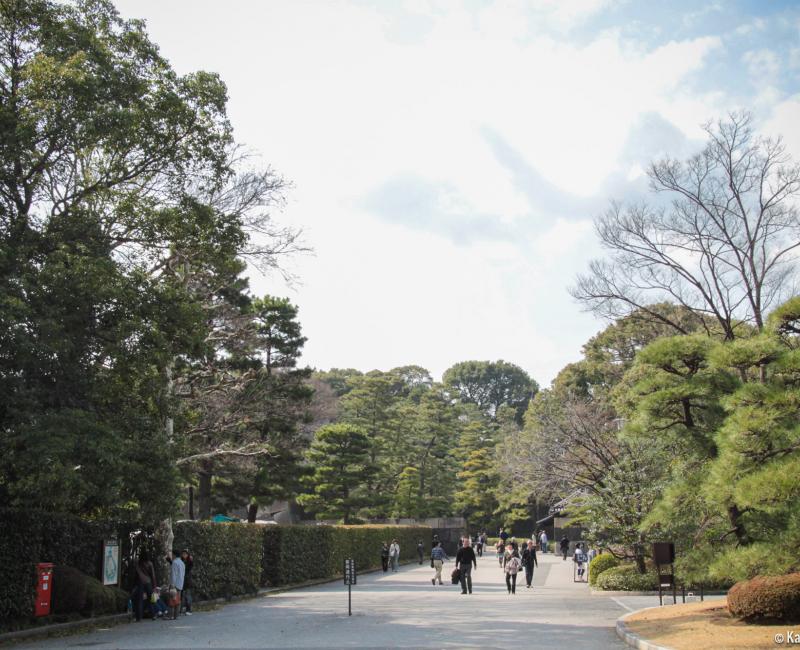
Guided tour of the inner grounds
Visitors are not allowed independent access beyond the Palace gateway, marked by the Nijubashi bridge, but it is possible to book a guided tour, exclusively organized by the staff of the Imperial Household Agency .
To do so, visit the official website and fill in the online form: you will be asked to select one of two daily time slots (10 a.m. or 1.30 p.m.). You may book your tour from 30 to 4 days prior to the desired date.
-- Update : Since 2016, June 25, the number of participants per group for the guided tour was raised from 300 to 500, with 300 reservation slots available on the same day.
The visit lasts about 1h15 minutes and is entirely conducted in Japanese (audio-guides in English are nevertheless available) and sticks to the outdoor parts of the estate: you will not be allowed to enter any of the buildings.
Since 2014, Inui-dori, an alley in the south-east is opened to the public during about one week each spring , usually around late March , to contemplate the 75 sakura 🌸 cherry trees blooming on the 600-meters long path. Inui-dori is also opened in autumn 🍁 to watch its maple trees redden at the beginning of December .

Attend the Imperial Family’s greetings
Visiting the inner grounds may moreover hold a major surprise, a treat scheduled only twice a year:
- On January 2nd, the day when the Emperor offers his New Year ’s greetings .
- On February 23rd, the day of Emperor Naruhito’s birthday .
The New Year Greetings tradition is to resume on 2023 , January 2, after 2 years of interruption since 2020 due to the Covid 🦠 pandemic. Advance online registration (before November 18) is required and only 9,000 visitors will be allowed, compared to nearly 70,000 normally.
On both occasions, you had better muster all your patience as people (mainly Japanese) come in great numbers. They form a compact waiting line that stretches out endlessly and inches slowly forward throughout the day until they catch a glimpse of the Imperial Family offering greetings from the vantage point of a balcony protected by bullet-proof glass.
This is actually the closest you will ever get to the private residence of the Emperor and his family.
- Flights and Airports
- Accommodation
- Transportation
- Internet & Phones
- Budget and money
- Japanese Food
- Visit with Kids
- Seasons: spring / summer / autumn / winter
- Weather forecast
- Time in Japan
- Holidays & Festivals
- Natural Disasters
- Customs and Duties
- Works and Closures
- From April 29 to 5 May -- Japanese Golden Week
- May 12 -- Mother's Day in Japan
- June 6 -- Beginning of the rainy season (Tsuyu) in Japan
- June 21 -- Summer starts in Japan
- July 1 -- Season start for climbing Mount Fuji
- From July 1 to 31 -- Gion Matsuri Festival in Kyoto with float processions on July 17 and 24
- Tokyo : Shinjuku , Shibuya , Harajuku , Asakusa , Akihabara , Odaiba , Ikebukuro , Ueno , Roppongi , Chiyoda , Ryogoku ...
- Around Tokyo: Kamakura , Nikko , Hakone , Mount Fuji , Mount Takao , Yokohama ...
- Kansai: Kyoto , Nara , Osaka , Mount Koya , Himeji , Kobe , Kinosaki , Kumano Kodo , Ise ...
- Japanese Alps: Kanazawa , Matsumoto , Takayama , Shirakawa-go , Nakasendo ...
- West: Hiroshima , Miyajima , Shikoku , Onomichi , Naoshima , Izumo , Kurashiki , Matsue ...
- South: Kyushu , Okinawa , Yakushima ...
- North: Hokkaido , Tohoku ...

- Temples and Shrines
- Gardens and Parks
- Hiking and Trekking
- Observation Decks
- Public Baths (Onsen and Sento)
- Festivals (Matsuri)
- Amusement Parks
- Visit on a Budget / Luxury

Keikaku is a travel agency specialist of Japan and providing different kind of services:
- Japan Rail Pass
- English speaking Guides
- Pocket Wi-fi
- Japan Nightlife
- Working in Japan
- Religion and Spirituality
- Arts and History
- Movies / Animated Movies
- Japanese Music
- Studio Ghibli
- Photos / Videos
- Weird Japan
- Translations
- Kana & Kanji
- Japanese Swear Words
- Honorific Suffixes (san, kun, chan...)
- Introducing yourself
- Thank you / Apologize
- Count / Say Your Age
- Say the Date / Tell the Time
- Happy birthday
- Enjoy Your Meal
- Writing your name

Kanas are the much-needed basic characters of written Japanese language. Memorize them at a fast pace with our method.

Ask any kind of question and share your knowledge about Japan in Kanpai’s community space, our Q&A section Kotaete.

Isshoni means "together" in Japanese: share your trip details (dates, places you would like to visit) and find companions to travel in Japan.

Create your Kanpai account to manage your profile and view your participation history (questions, answers).

Complete Guide to the Tokyo Imperial Palace: Tour Reservations and the Best Ways to Enjoy Your Visit
The Emperor of Japan, one of the most revered symbols of Japan, resides in the Tokyo Imperial Palace. This is one of the tourist attractions with the largest number of visitors in the world. Built over 400 years ago, the Tokyo Imperial Palace is adorned with flowers all year round, with many natural and green spaces, and there are numerous sights to see within. All these are free for the public to view at their own pleasure, making it a great place to just drop by if you’re ever in the mood for a visit. We’ll walk you through some of these sights in the Tokyo Imperial Palace with photos!
Tokyo Imperial Palace is an oasis in the city
The statue of kusunoki masashige, with his undying loyalty for the emperor, the nijūbashi bridge, which leads to the inner palace, sakurada-mon: the largest existing gate to the tokyo imperial palace, ninomaru gardens, where you can enjoy nature to the fullest, the ruins of the donjon of edo castle, where you can see japan’s largest donjon, the inner palace, which you can visit if you make a reservation prior to visiting, book an unforgettable experience in tokyo.
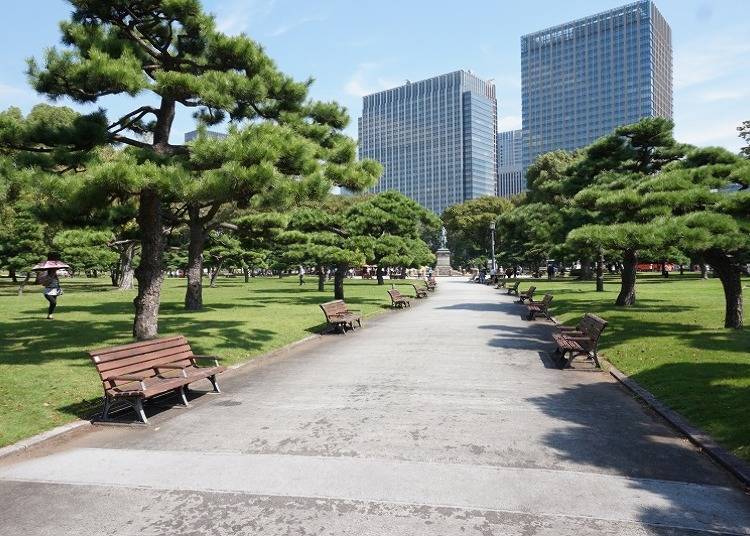
In the Tokyo Imperial Palace, there are three main areas that you can visit, the East Gardens and Outer Gardens , which you can visit for a stroll without any prior reservations, and the Inner Palace, which requires reservations. The palace grounds span approximately 230 hectares (568 acres). Just a 15-minute walk away from Tokyo Station , the vast expanse of greenery and natural landscapes makes it an oasis amidst the towering skyscrapers of the big city. Adorned with a forest of black pine trees and benches along the walking route, the Outer Gardens are an excellent place where you can take breaks while taking for a leisurely stroll. First, we’ll introduce the Outer Gardens , which you can visit for free.
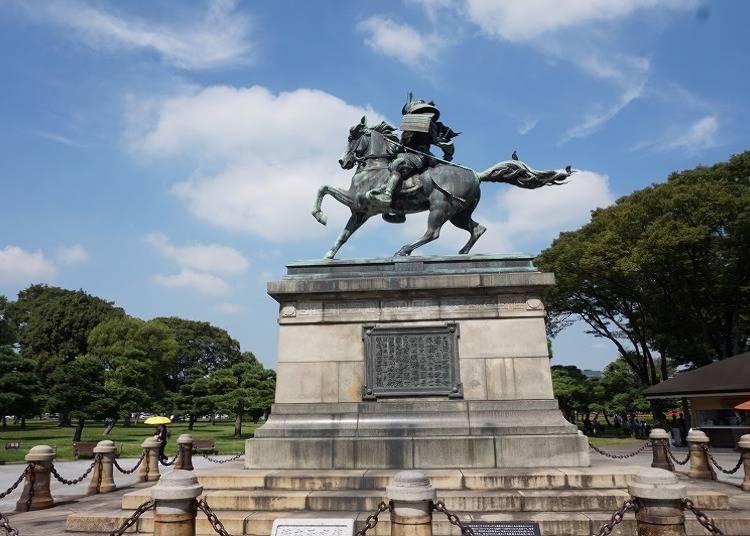
In 1900, the statue of Kusunoki Masashige was erected in the southeastern side of the Outer Palace, and is a popular photo spot, as one of the Three Great Copper Statues of Tokyo. The subject of the statue, Kusunoki Masashige, was a loyal samurai who served the 96th Emperor, Emperor Go-Daigo. He contributed immensely to overthrowing the Kamakura Shogunate, and is a beloved figure of the Japanese. As it is considered impolite for the face of the statue to face the imperial palace directly, one curious trait of the statue is that it faces the opposite direction of the Tokyo Imperial Palace. The lively horse that the figure sits upon is another draw of the statue, and regardless of which angle you look at it, the balance of the sculpture looks equally beautiful.
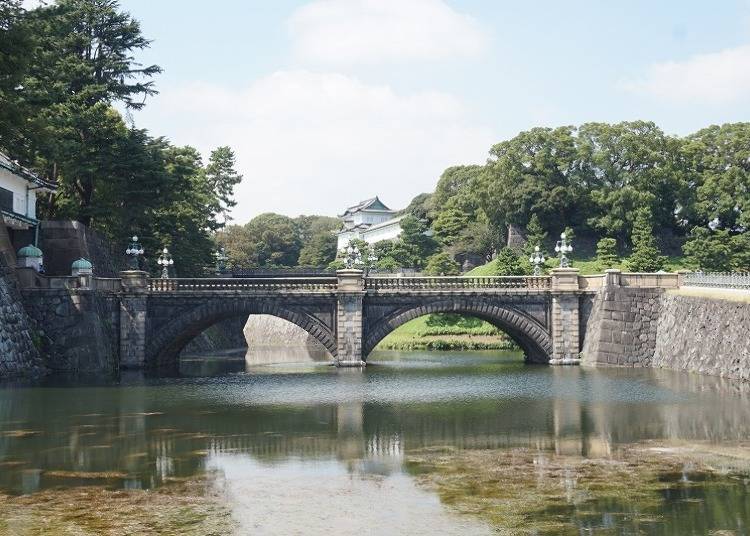
One of the bridges constructed to reach the Inner Palace from the square in front of the Tokyo Imperial Palace is Nijūbashi Bridge, which was constructed in 1614. Renovated in 1888, and once more in 1964, its shape changed to become what it is now. The beautiful castle which you see behind the bridge is Fushimi -yagura, which was moved over from Kyoto in 1628, and the sight of it paired with Nijūbashi Bridge makes for a lovely view. The bridge is usually closed to the public, and only open twice a year, on the Emperor’s birthday and on New Year’s Day, when the public is permitted to enter the Inner Palace, where the Emperor greets the masses.
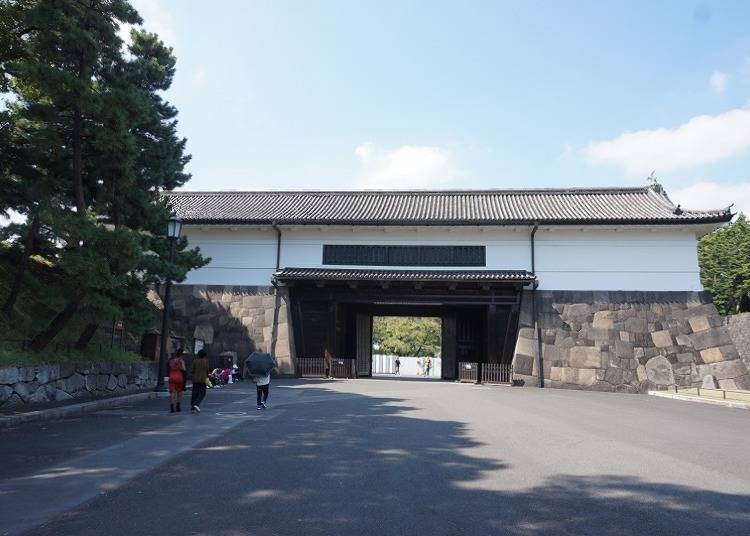
Built in 1612, the Sakurada-mon is the largest surviving gate to the Tokyo Imperial Palace. Destroyed in a fire during the Great Kanto Earthquake of 1923, it was reconstructed into the steel storehouse structure that stands today. The contrast of the finely shaped stone bottom with the white storehouse above is a beautiful sight, and is a popular photo spot for tourists. The double structure of the inner and outer gates allows for a gap in between the two, and it is a great place to see the streets of Tokyo from afar. From the Outer Gardens , we introduced the Kusunoki Masashige statue, the Nijūbashi Bridge, and the Sakurada-mon gate. Next, let’s check out the East Gardens .
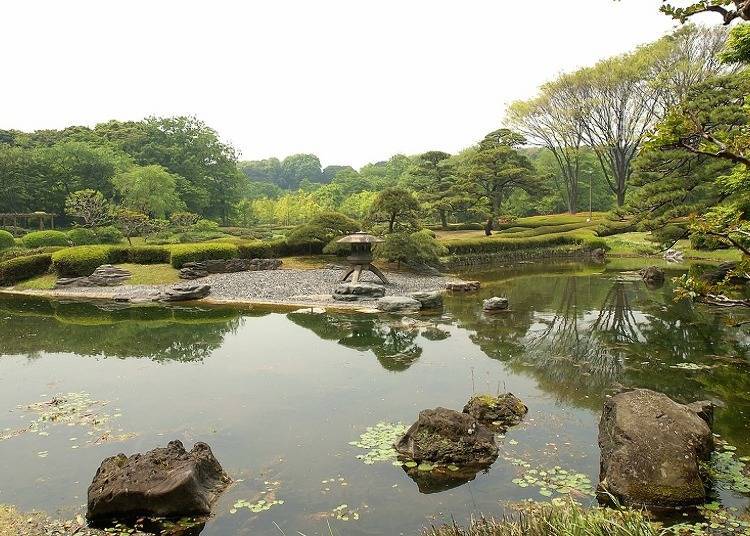
A garden with varied landscapes intended for walks and strolls, it was once the villa of shoguns. At approximately 20 hectares (49 acres), this large garden has plum blossoms in February, azaleas in April and May, irises in June, and maple in Autumn , and you can enjoy the changing scenery all throughout the year. The ponds in the garden are home to fish, turtles, and other small animals, and you can even see the Hirenaganishiki-goi, a breed of koi fish that is highly prized in Japan. Affectionately referred to as the Ninomaru Thicket for its forest -like atmosphere in the middle of the city, it’s a place where you can relax amidst nature .
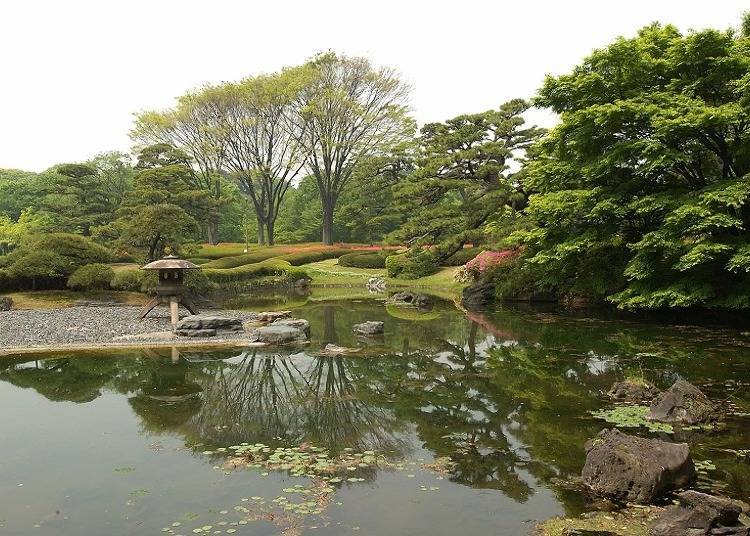
Previously where Edo Castle stood, all that’s left at the Ruins of the Donjon of Edo Castle is its stone foundation. Standing at 11 meters high and 40 meters across on each side, it is a breathtaking sight up close, as the largest donjon in Japan. Destroyed in the Great Fire of Meireki in 1657, all that’s left of the Edo Castle is the stone foundation, which still bears blackened areas and marks from the fire to this day. The area where the castle stood has become an observation deck instead, and a slope was constructed for easier access. From the top of the observation deck, you can catch a 360 degree panoramic view of the nature in the Imperial Palace surrounded by the towering skyscrapers of Tokyo.
If you make a reservation beforehand, it’s possible to tour the Inner Palace. Besides making reservations on the day itself, reservations can be made over the internet as well, and can be done in a variety of languages including English, French, Spanish, Chinese, and Korean, amongst others.
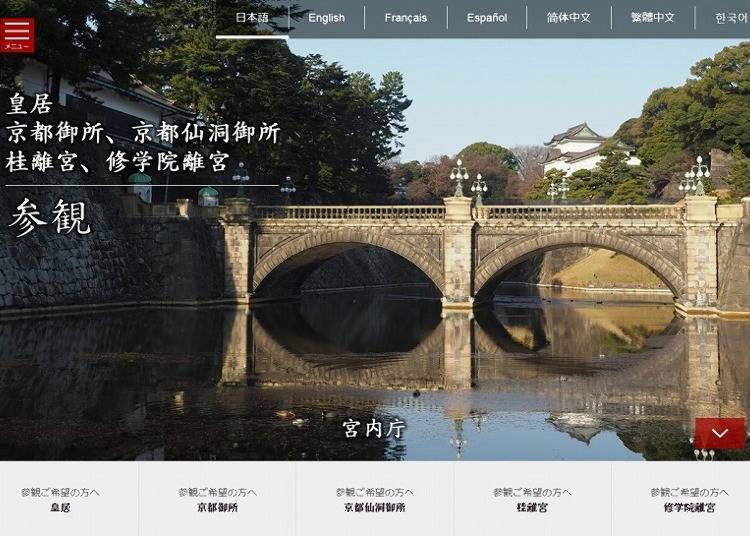
Tours of the Inner Palace happen twice a day, once in the morning at 10:00 a.m., and once in the afternoon at 1:30 p.m. Reservations for the following month can be made starting from the 1st of the previous month, but due to the immense popularity of the tour, it can be quite difficult to get a reservation several days before your visit. Instead, it’s recommended to make your booking as soon as reservations open, on the 1st of the previous month.
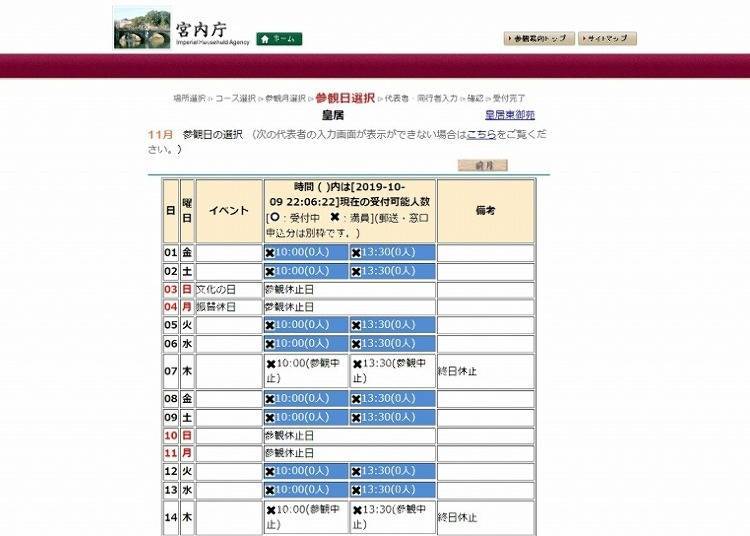
On top of this, personal identification documents such as your passport are needed for entry, so do remember to bring them on the day of your visit. There is a smartphone application, “Imperial Palaces Guide”, available for download. The application provides audio tours, and like the home page, is available in multiple languages, including English, French, Spanish, Chinese, and Korean. It’s recommended that you download the application before the tour itself, and on the day of the tour, you can request for an English speaking guide to bring you around too.
Within the Inner Palace, there are shops too, where you can buy rare souvenirs. From Japanese sake and sweets , to dishware and Japanese wrapping cloths, these souvenirs bear the motif of the chrysanthemum flower, which is the symbol of the Japanese Imperial family. With so many items that are only available for sale here, be sure to check out the souvenir shop . Do be aware that you’ll only have a chance to buy souvenirs before the tour starts, so take note! During the tour, you’ll get to see the Imperial Household Agency up close, which is a government agency responsible for handling matters related to the Imperial Family, as well as the Emperor’s residence within the Tokyo Imperial Palace. Do grab this chance to solemnly experience Japanese culture in this historic building. One of the draws of the Tokyo Imperial Palace is the different ways you can experience it, from a leisurely stroll through the East Gardens and Outer Gardens , to the tour of the Inner Palace where you can view the chambers of the Emperor himself. We introduced numerous places of interest within the Imperial Palace, and if you have opportunity, be sure to check them out!
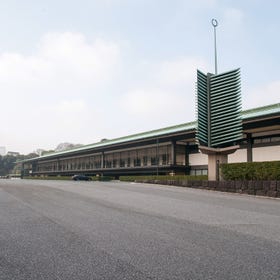
- Address 1-1, Chiyoda, Chiyoda-ku, Tokyo, 100-8111 View Map
- Nearest Station Nijubashimae "Marunouchi" Station (Tokyo Metro Chiyoda Line) 10 minutes on foot
- Phone Number 03-3213-1111
Make your trip extra memorable by booking one of these recommended tours.
- Area Tokyo Station
Share this article.
Limited time offer: 10% discount coupons available now!
Recommended places for you.
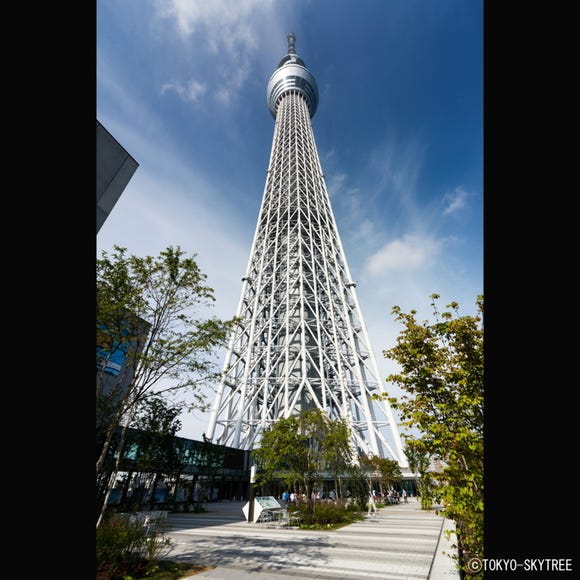
TOKYO SKYTREE®
Ryogoku / TOKYO SKYTREE(R)
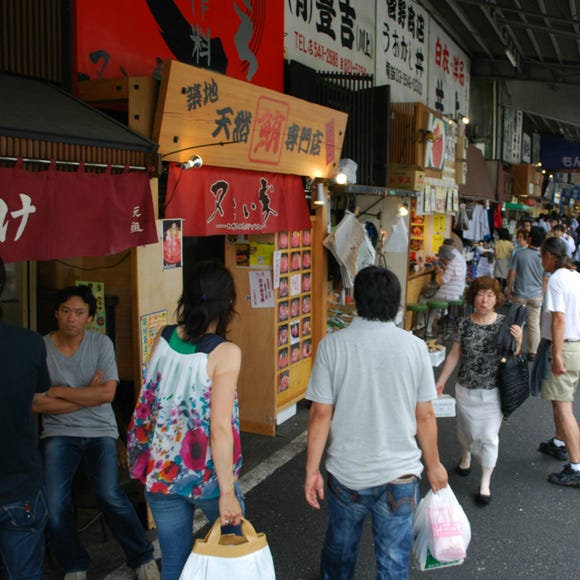
Tsukiji Outer Market
Old Towns (Shitamachi)
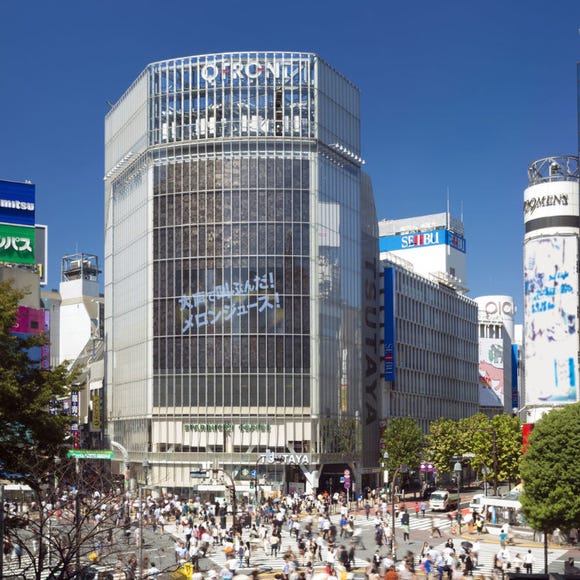
Shibuya Crossing
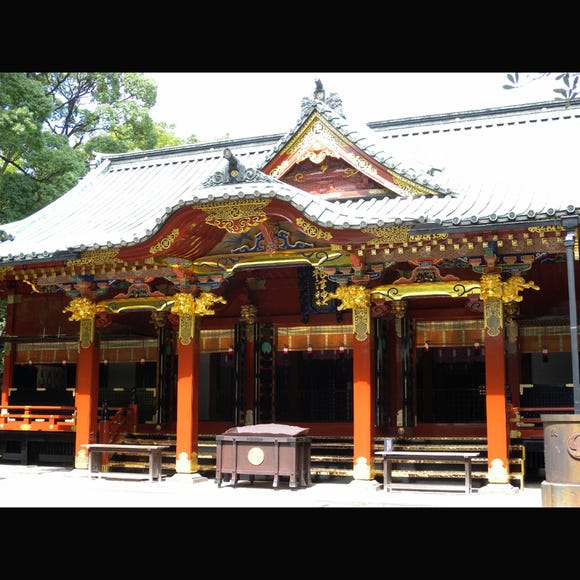
Nezu Shrine
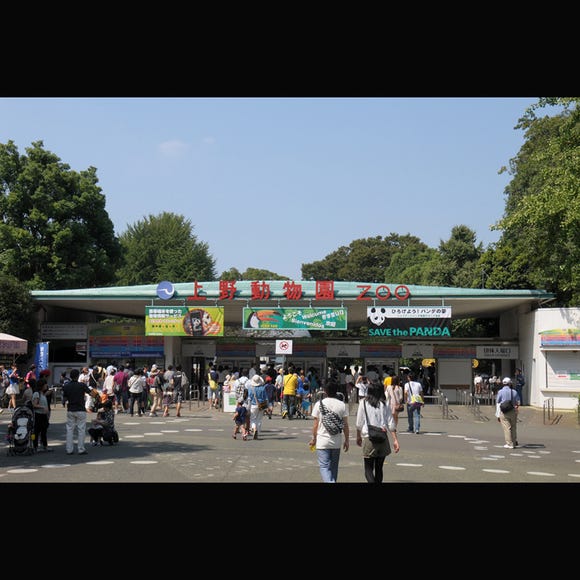
Ueno Zoo (Ueno Zoological Gardens)
Zoos, Aquariums & Botanical Gardens

The Tokyo Station Marunouchi Building
Tokyo Station

The Complete Guide to the Kintetsu Rail Pass

12 Unique & Fun Tokyo Food Tours to Enjoy in 2024

Step Into the Story: Inside Immersive Fort Tokyo

Opened in Spring 2024! What to do at Tokyu Plaza Harajuku Harakado

A Complete Guide to the JR West Kansai Area Pass

15 Must-Try Sushi Restaurants in Tokyo (+5 Trending Areas to Explore for Foodies)
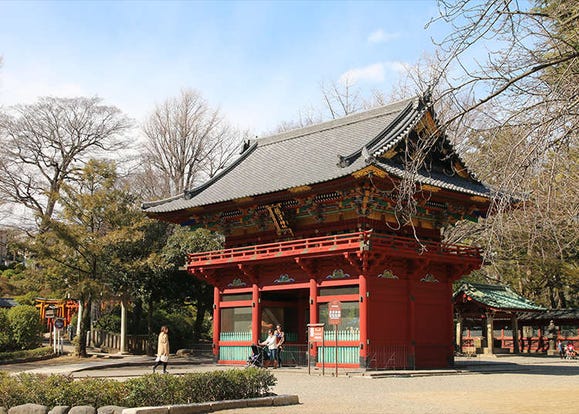
Guide to Tokyo's Old Quarter: 7 Quaint Spots in Yanesen!
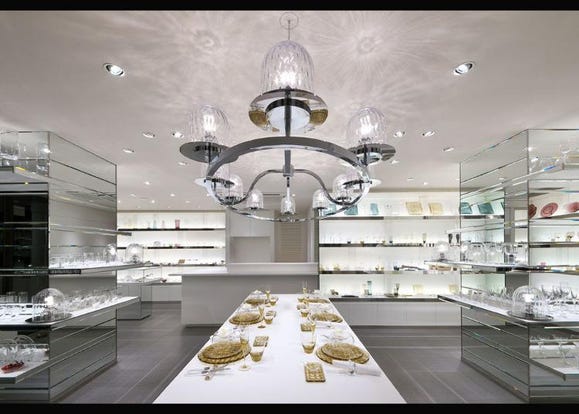
Awesome Things to Do In Japan: 6 Most Popular Gift Shops in Harajuku! (February 2020 Ranking)
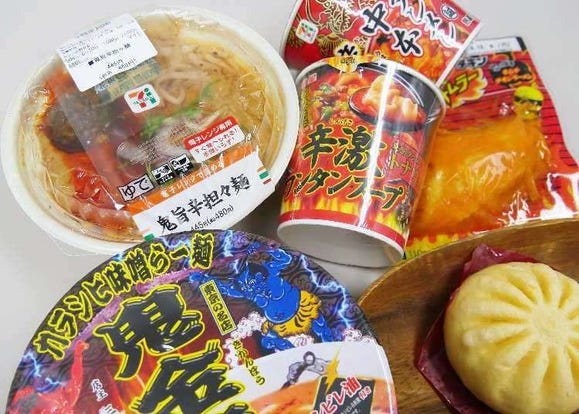
Top 5 Convenience Store Spicy Snacks: Is Japanese Food Actually Spicy? (Taste Test)
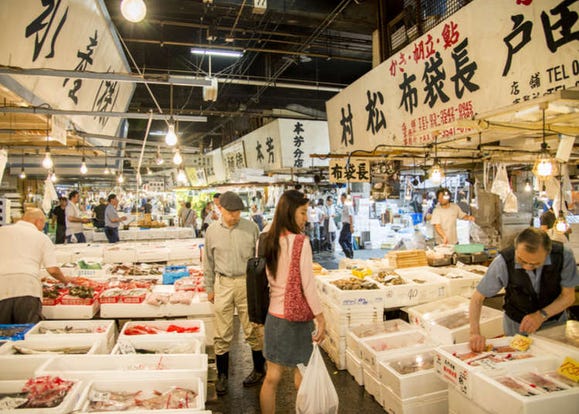
6 Fun Things to Do at Tokyo's World-Famous Tsukiji Outer Market!
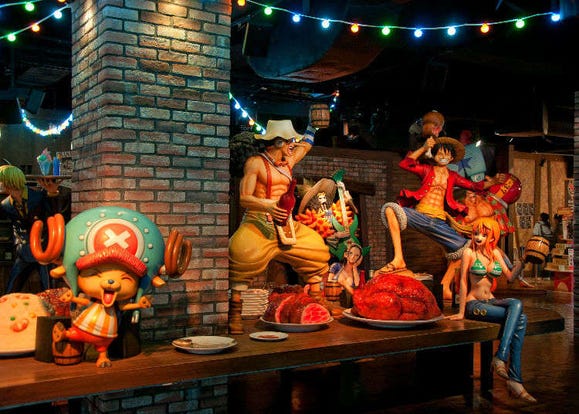
An In-depth Look at the Tokyo Tower One Piece Theme Park!
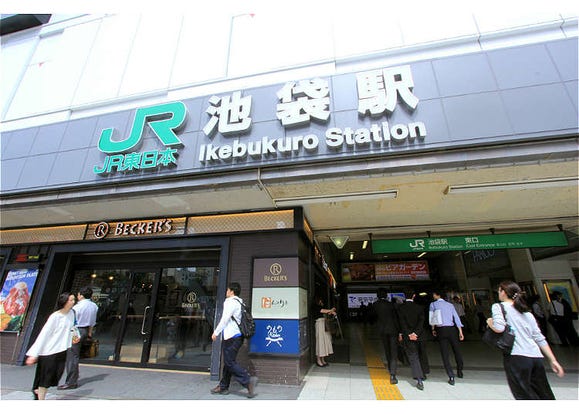
Essential Tokyo: The Complete Guide to Ikebukuro Station
- #best ramen tokyo
- #what to buy in ameyoko
- #what to bring to japan
- #new years in tokyo
- #best izakaya shinjuku
- #things to do tokyo
- #japanese nail trends
- #what to do in odaiba
- #onsen tattoo friendly tokyo
- #best sushi ginza
- #japanese convenience store snacks
- #best yakiniku shibuya
- #japanese fashion culture
- #best japanese soft drinks
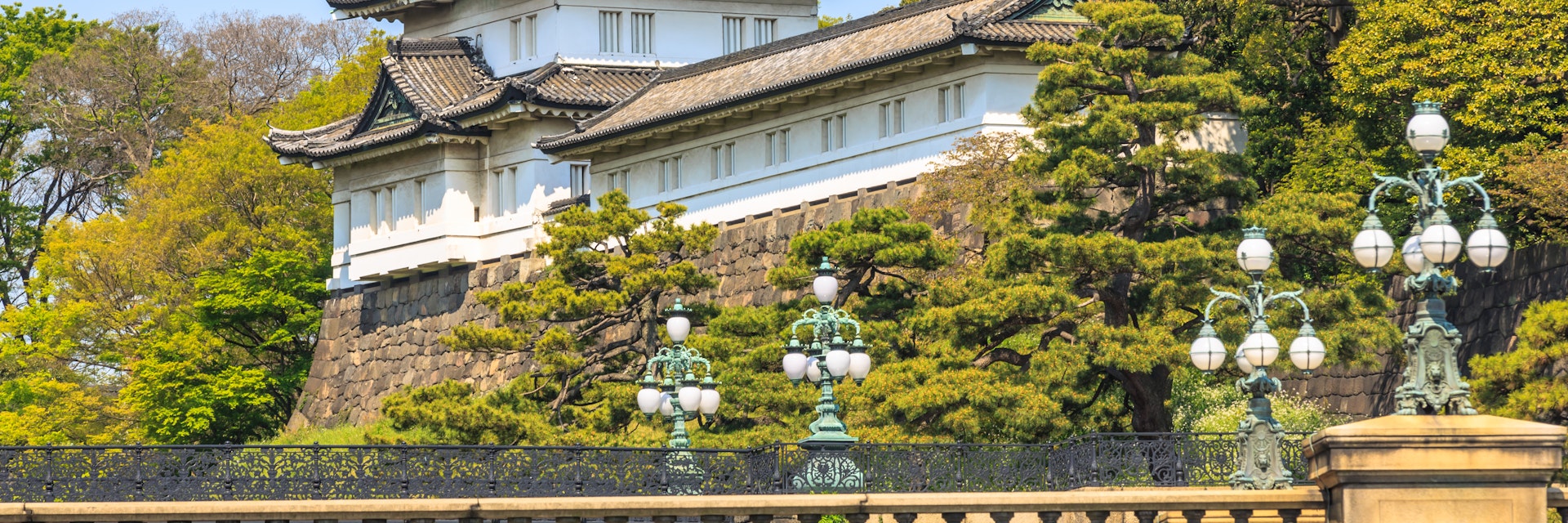
©Tooykrub/Shutterstock
Imperial Palace
Top choice in Tokyo
The Imperial Palace occupies the site of the original Edo-jō, the Tokugawa shogunate's castle. In its heyday this was the largest fortress in the world, though little remains today apart from the moat and stone walls. Most of the 3.4-sq-km complex is off limits, as this is the emperor's home, but join one of the free tours organised by the Imperial Household Agency to see a small part of the inner compound. Surrounding the palace is Kōkyo-gaien, a 115-hectare national garden, which includes public green spaces, moats and museums. The pretty East Gardens are open to the public all year round, and can be entered without a guide.
In its heyday, Edo-jō was the largest fortress in the world. When the shogunate fell and the emperor moved to Tokyo, the castle became the imperial residence – Kōkyo. Much of it was destroyed by fires in 1873 and construction on a new palace was finished in 1888.
WWII air raids levelled most of the palace and the current ferro-concrete buildings, done in Japanese modernist style, were completed in the 1960s. The central building, which contains the throne room, Matsu-no-Ma (Pine Chamber), is called the Kyūden . The low-slung structure is surprisingly modest – at least from what can be seen on public tours.
The moats and imposing stone walls visible around the perimeter of the palace grounds belonged to the original castle.
Touring the palace
Tours (lasting around 1¼ hours) run at 10am and 1.30pm usually on Tuesday to Saturday, but not on public holidays or mornings from late July through to the end of August. They're also not held at all from 28 December to 4 January or when Imperial Court functions are scheduled. Arrive no later than 10 minutes before the scheduled departure time at Kikyō-mon , the starting and ending point.
Reservations are taken – via the website , phone or by post – up to a month in advance (and no later than four days in advance via the website). Alternatively, go to the office at Kikyō-mon (open 8.45am until noon and 1pm to 5pm) where you can book for a tour up to seven days in advance; if there is space available on that day's tours, you'll be able to register. Bring photo ID.
The tour will take you past the present palace (Kyūden), a modest low-rise building completed in 1968 that replaced the one built in 1888, which was largely destroyed during WWII. Explanations are given only in Japanese; download the free app (www.kunaicho.go.jp/e-event/app.html) for explanations in English, Chinese, Korean, French or Spanish.
If you're not on the tour, head to the southwest corner of Kōkyo-gaien Plaza to view two bridges – the iron Nijū-bashi and the stone Megane-bashi . Behind the bridges rises the Edo-era Fushimi-yagura watchtower.
The main park of the verdant palace grounds is the Imperial Palace East Garden , which is open to the public for free without reservations, though entry numbers are limited. You must take a token upon arrival and return it at the end of your visit.
1 Chiyoda. Chiyoda-ku
Get In Touch
03-5223-8071
http://sankan.kunaicho.go.jp
Lonely Planet's must-see attractions
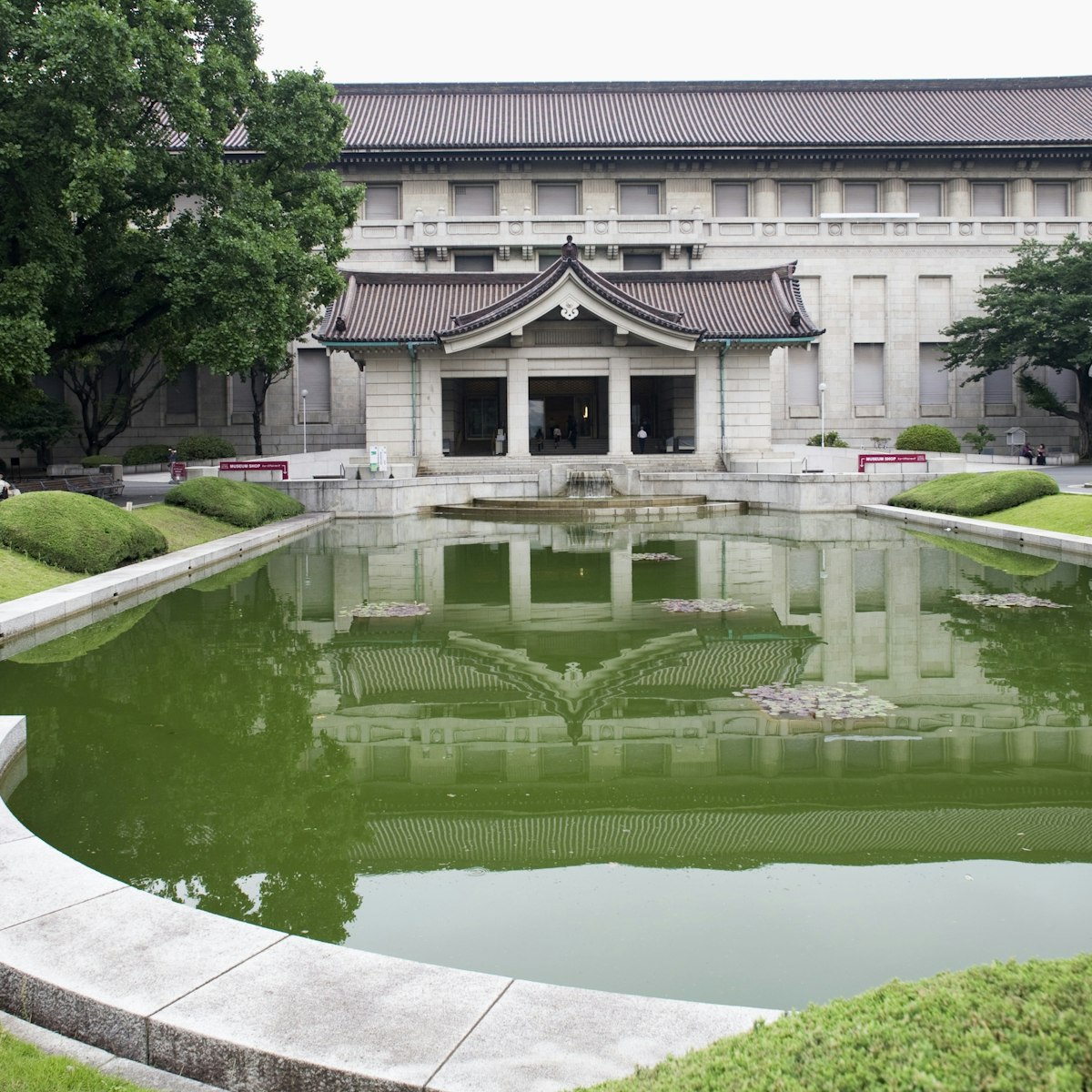
Tokyo National Museum
If you visit only one museum in Tokyo, make it the Tokyo National Museum. Here you'll find the world's largest collection of Japanese art, including…
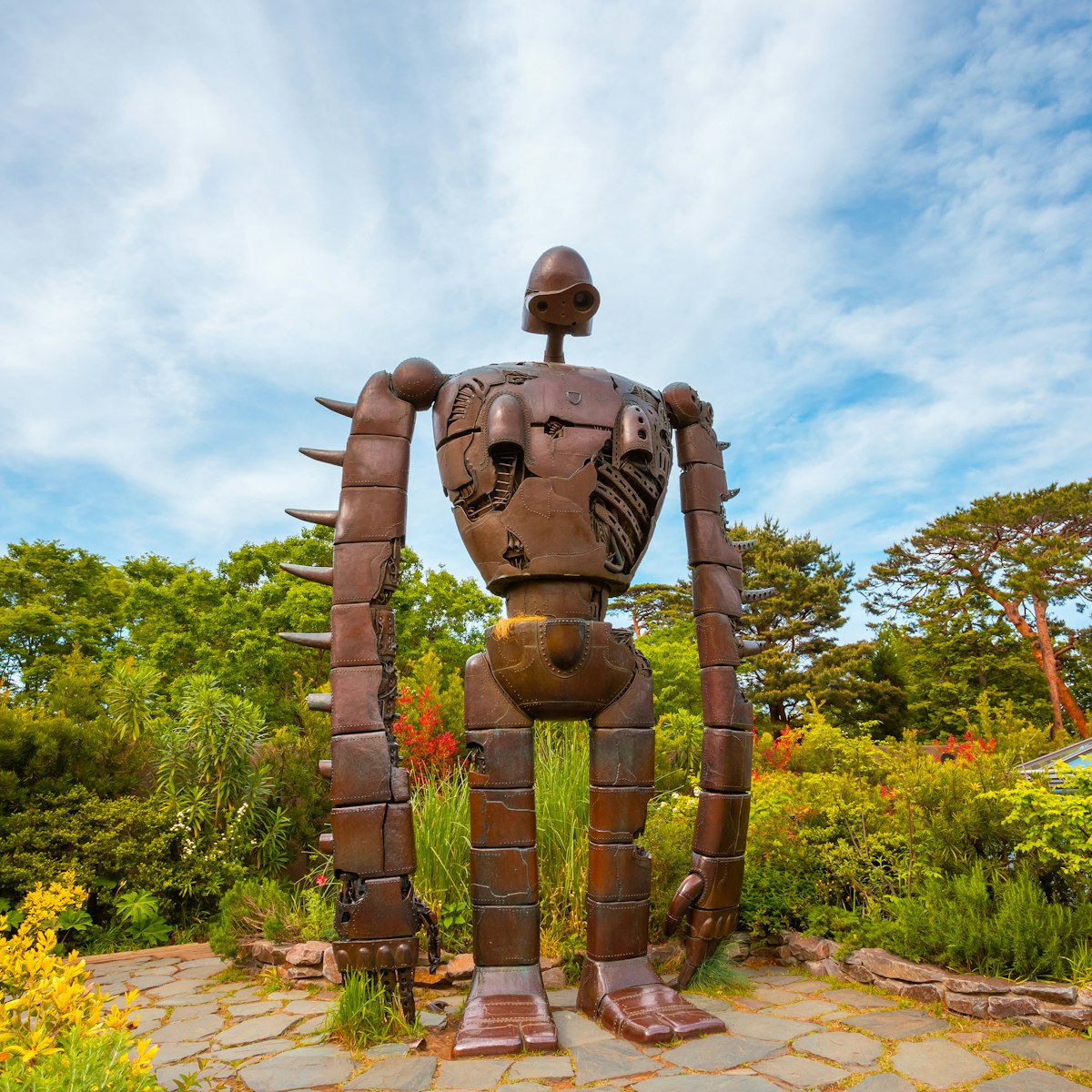
Ghibli Museum
10.32 MILES
This museum is the heart of the Studio Ghibli world, a beloved (even 'adored') film studio responsible for classic, critically-acclaimed animated titles…
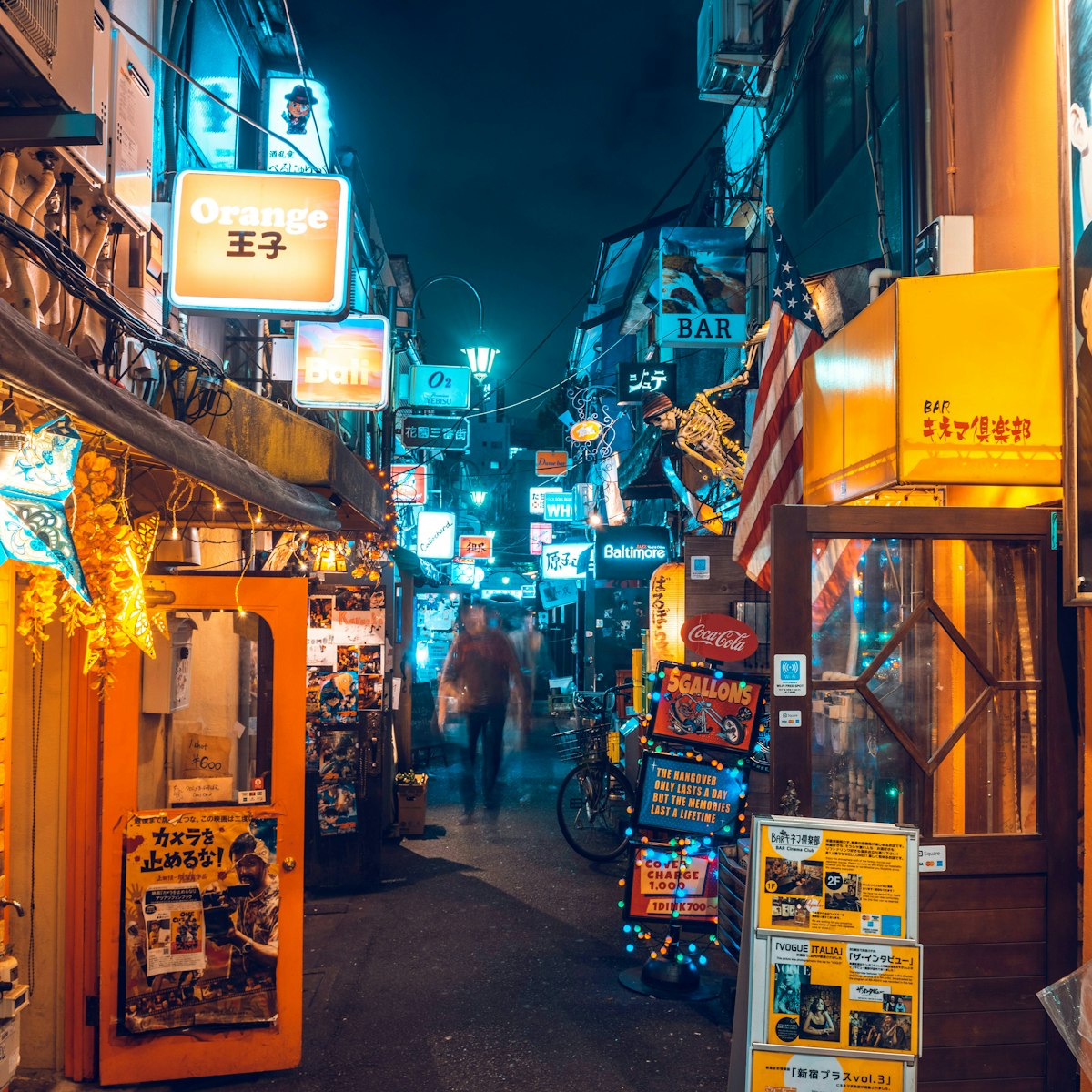
Golden Gai – a Shinjuku institution for over half a century – is a collection of tiny bars, often literally no bigger than a closet and seating maybe a…
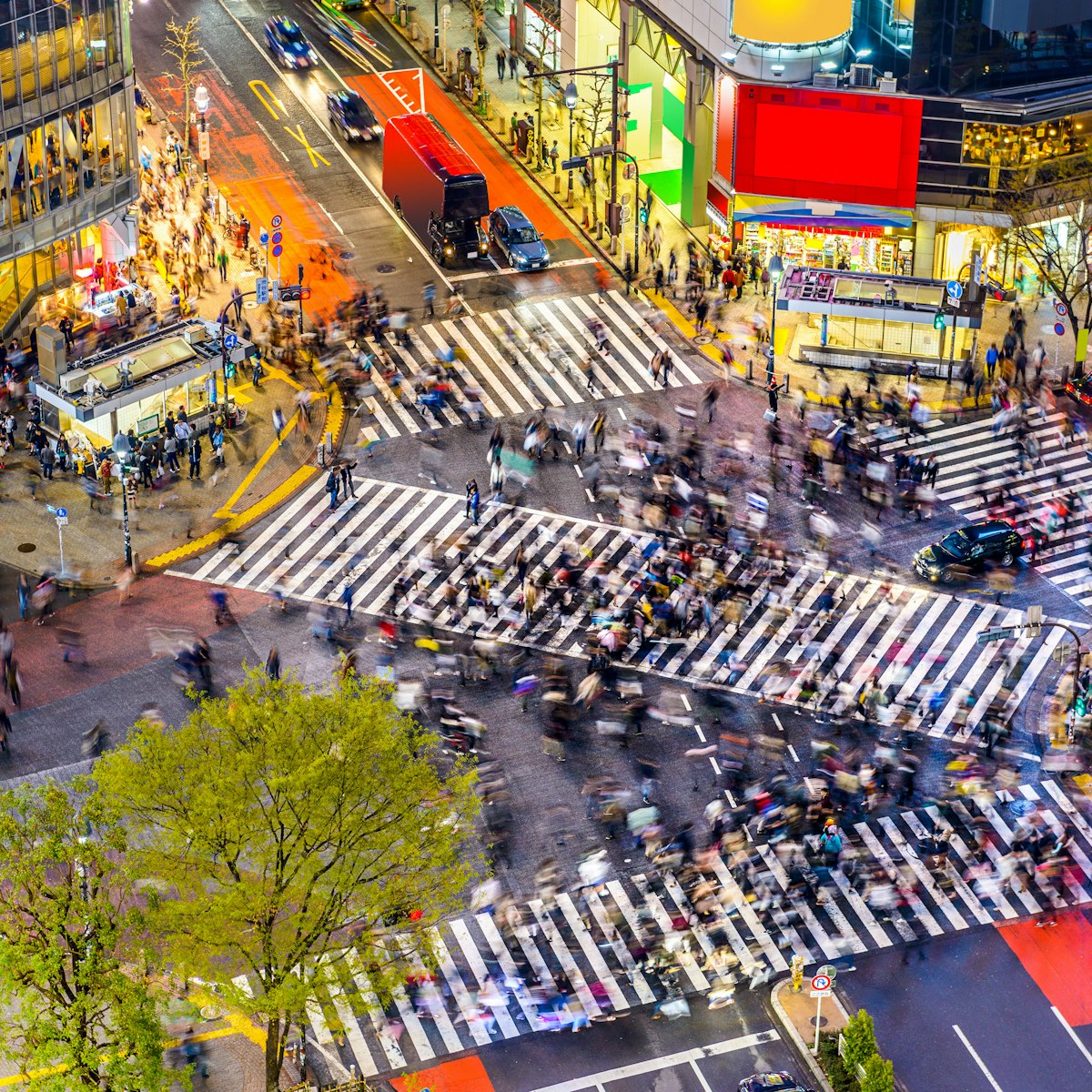
Shibuya Crossing
Rumoured to be the busiest intersection in the world (and definitely in Japan), Shibuya Crossing is like a giant beating heart, sending people in all…
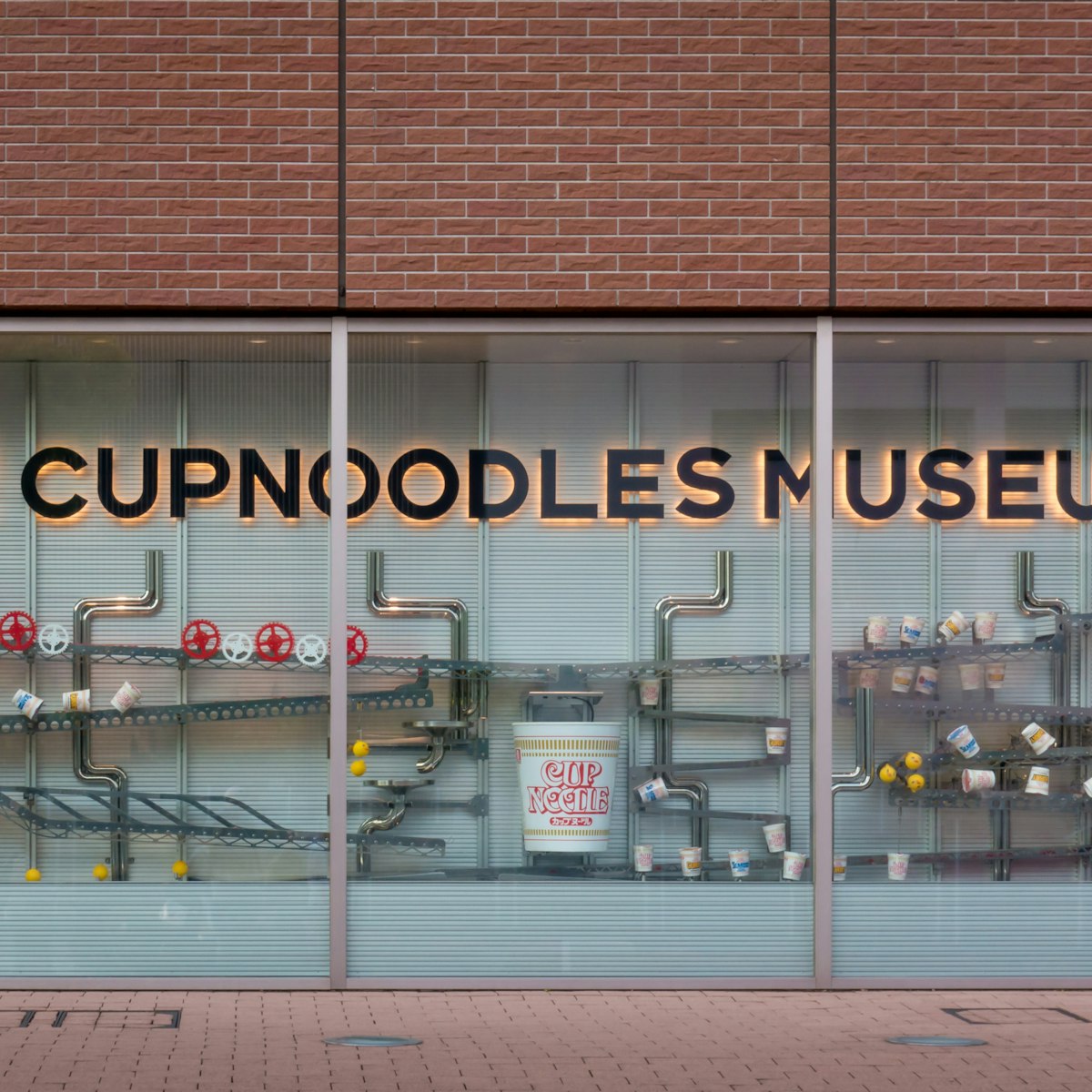
Cup Noodles Museum
16.93 MILES
This impressively slick attraction is dedicated to, you guessed it, cup noodles. But in reality, its focus is more broad, with numerous exhibitions…
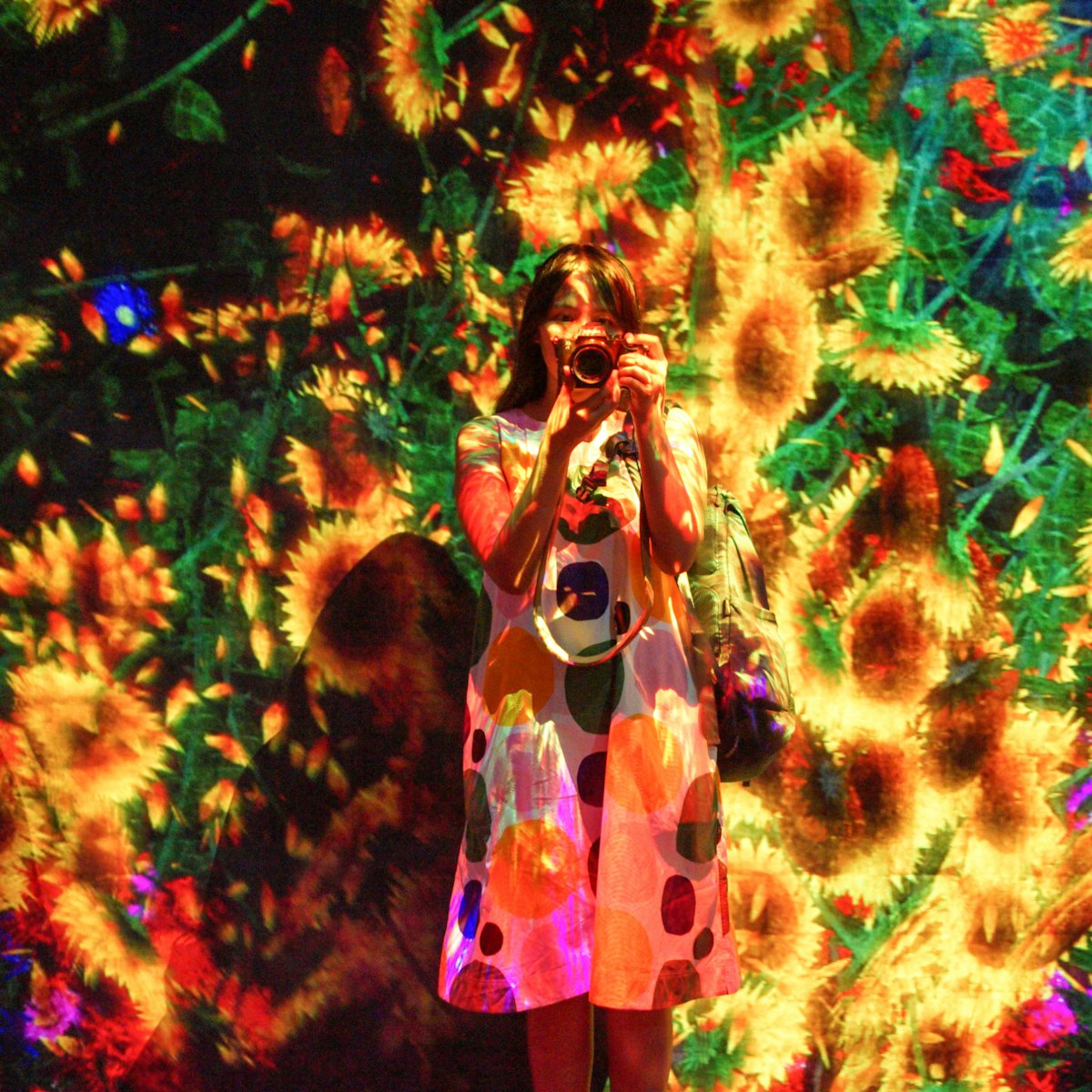
teamLab Borderless
Digital-art collective teamLab has created 60 artworks for this museum, open in 2018, that tests the border between art and the viewer: many are…
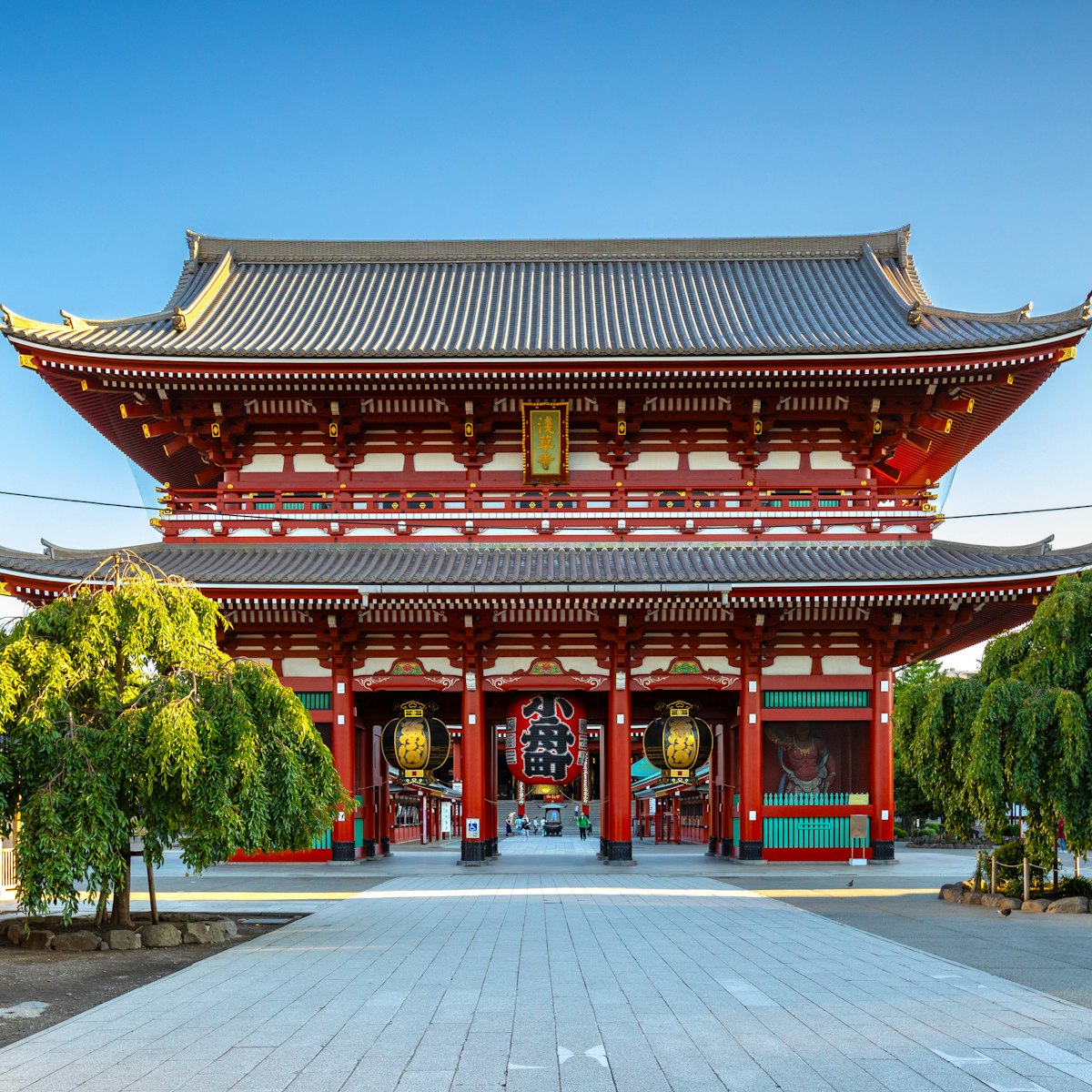
Tokyo’s most visited temple enshrines a golden image of Kannon (the Buddhist goddess of mercy), which, according to legend, was miraculously pulled out of…
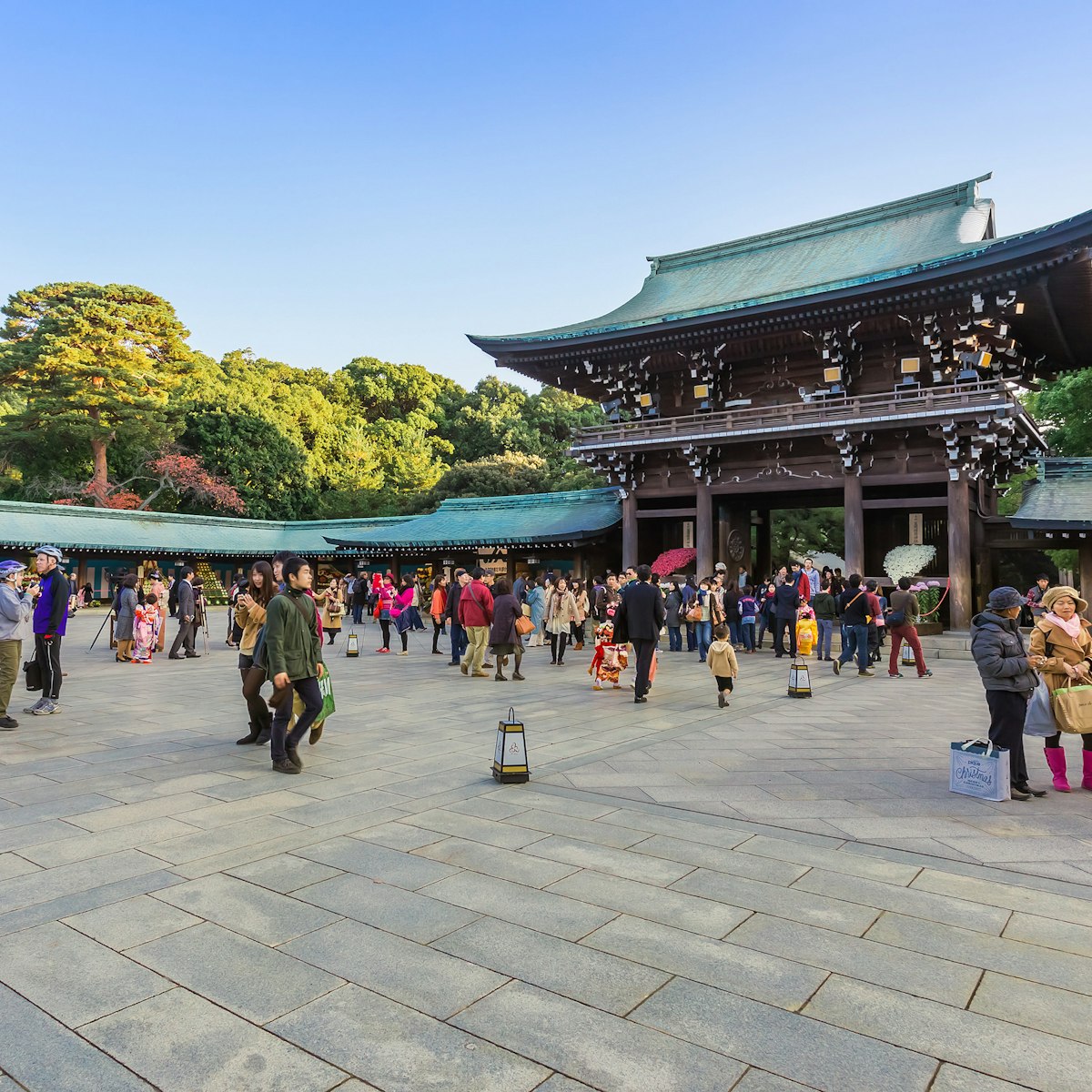
Meiji-jingū
Tokyo’s grandest Shintō shrine is dedicated to the Emperor Meiji and Empress Shōken, whose reign (1868–1912) coincided with Japan's transformation from…
Nearby Tokyo attractions
These 1960s ferro-concrete buildings, done in Japanese modernist style, are home to Japan's emperor and family. The central building contains the throne…
2 . Fushimi-yagura
This keep, constructed in 1559, once stood on the grounds of Kyoto's since-destroyed Fushimi Castle. It was dismantled and reassembled at Edo-jō by…
3 . Nijū-bashi
This metal bridge, built in 1888 and within the grounds of the Imperial Palace, was formerly a wooden bridge with two levels, from which its name (meaning…
4 . Megane-bashi
Meaning 'Eyeglass Bridge', this stone bridge from 1888, which can be viewed from the Kōkyo-gaien Plaza, is so nicknamed because its support arches…
5 . Sakurada-mon
Built in 1636 (and partially restored after the Great Kantō Earthquake in 1923), this is one of the Imperial Palace gates that was part of the original…
6 . Kikyō-mon
Kikyō-mon is one of the main original gates to Edo-jō. This is the departure point for official tours of parts of the Imperial Palace grounds.
7 . Imperial Palace East Garden
Crafted from part of the original castle compound, these lovely free gardens allow you to get close-up views of the massive stones used to build the…
8 . Kōkyo-gaien Plaza
This wide grassy expanse, in the southeast corner of Kōkyo-gaien, has roughly 2000 immaculately maintained Japanese black pine trees that were planted in…
Tokyo Imperial Palace: Everything You Need to Know

The Tokyo Imperial Palace, an iconic symbol of Japanese history and culture , stands as a serene oasis amidst the bustling cityscape of Japan's capital. Home to the Emperor of Japan, this vast complex is not only a place of residence but also an important site for state occasions and royal ceremonies. With its stunning gardens, ancient ruins, and sumptuous architectural designs, the Palace offers visitors a glimpse into the country's rich and fascinating past.
Although the present-day palace was built in 1968, the history of the site dates back to the 15th century when it was the location of Edo Castle, the seat of power for the Tokugawa shogunate . Today, the Tokyo Imperial Palace encompasses a large park area surrounded by moats and massive stone walls in the center of Tokyo, close to Tokyo Station. It is a remarkable fusion of traditional Japanese architecture and contemporary design , embodying the spirit of harmony that is so integral to Japanese culture.
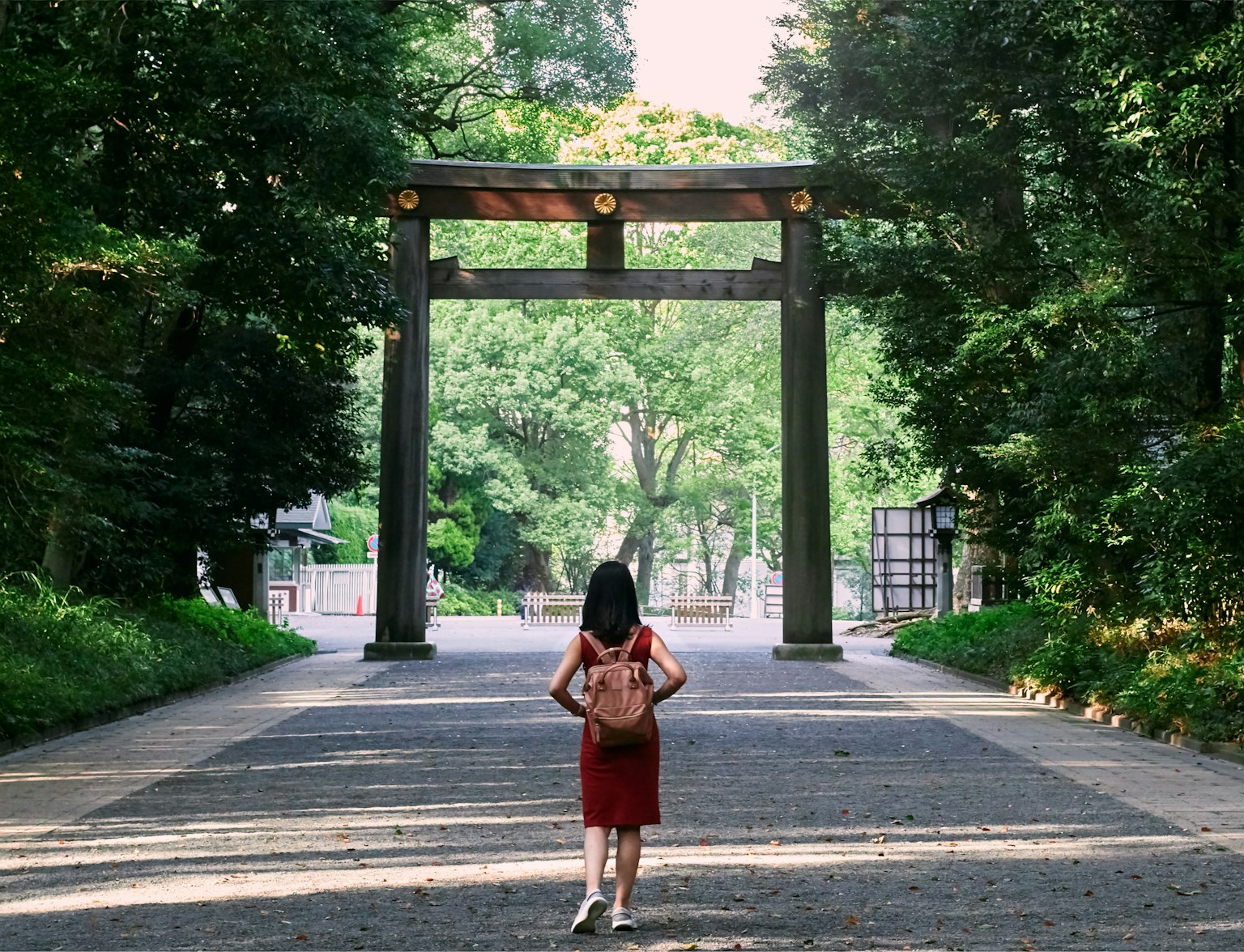
Discover the vibrant city of Tokyo in all its glory with our private tour. Marvel at the breathtaking view of the city from the Tocho observatory, explore the tranquil Meiji Shrine, indulge in luxury shopping at Omotesando, explore the East Garden of the Imperial Palace, and immerse yourself in the bustling atmosphere of Akihabara.
The Rich History of Tokyo Imperial Palace
The Tokyo Imperial Palace, the official residence of Japan's Imperial family since 1868, stands on historic grounds that once housed the Edo Castle, built in 1457. The castle, which was the largest fortress in the world during its prime, changed hands numerous times and underwent several transformations before being converted into the Imperial Palace.
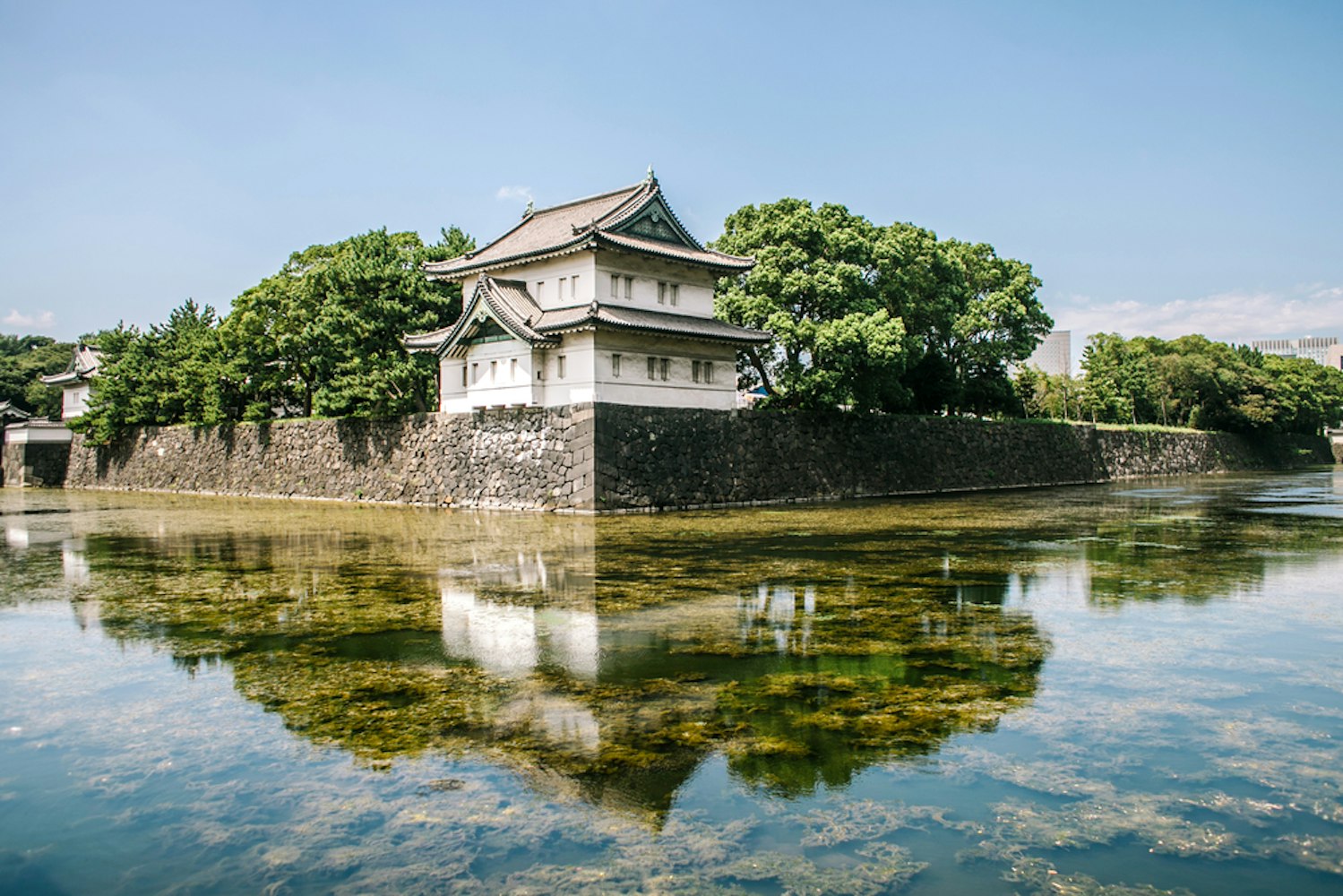
In 1888, a new palace was constructed, only to be destroyed during World War Two and later rebuilt in the same style. The modern residence, designed by the renowned Japanese architect Shōzō Uchii, was completed in 1993. Despite the changes over centuries, the Imperial Palace remains a symbol of Japan's imperial lineage and cultural heritage.
The Stunning Architecture of Tokyo Imperial Palace
The architecture of the Tokyo Imperial Palace is a captivating blend of traditional Japanese style and modern design elements. The current palace, completed in 1968 and coming into use in 1969, features a large roof, pillars, and beams, reflecting the grandeur and elegance of Japanese architectural aesthetics.
A notable feature of the palace is Matsu-no-tou, a lightning tower built on donations from the Japanese people at the time the Imperial Palace was constructed. This tower not only serves a practical purpose but also adds a unique touch to the palace's overall architectural design. The palace is located on the former site of Edo Castle, surrounded by moats and massive stone walls, further enhancing its majestic presence.
Inside the Tokyo Imperial Palace
The Tokyo Imperial Palace serves as the main residence of the Emperor of Japan and houses several key areas within its complex. Among these are the Imperial Residence, where the Emperor and Empress reside, and the main palace used for various ceremonies such as the New Year's greeting and the Ceremony of the Presentation of Credentials. The palace is surrounded by wide moats and thick stone walls, a testament to its history as the site of the Edo Castle before 1868.
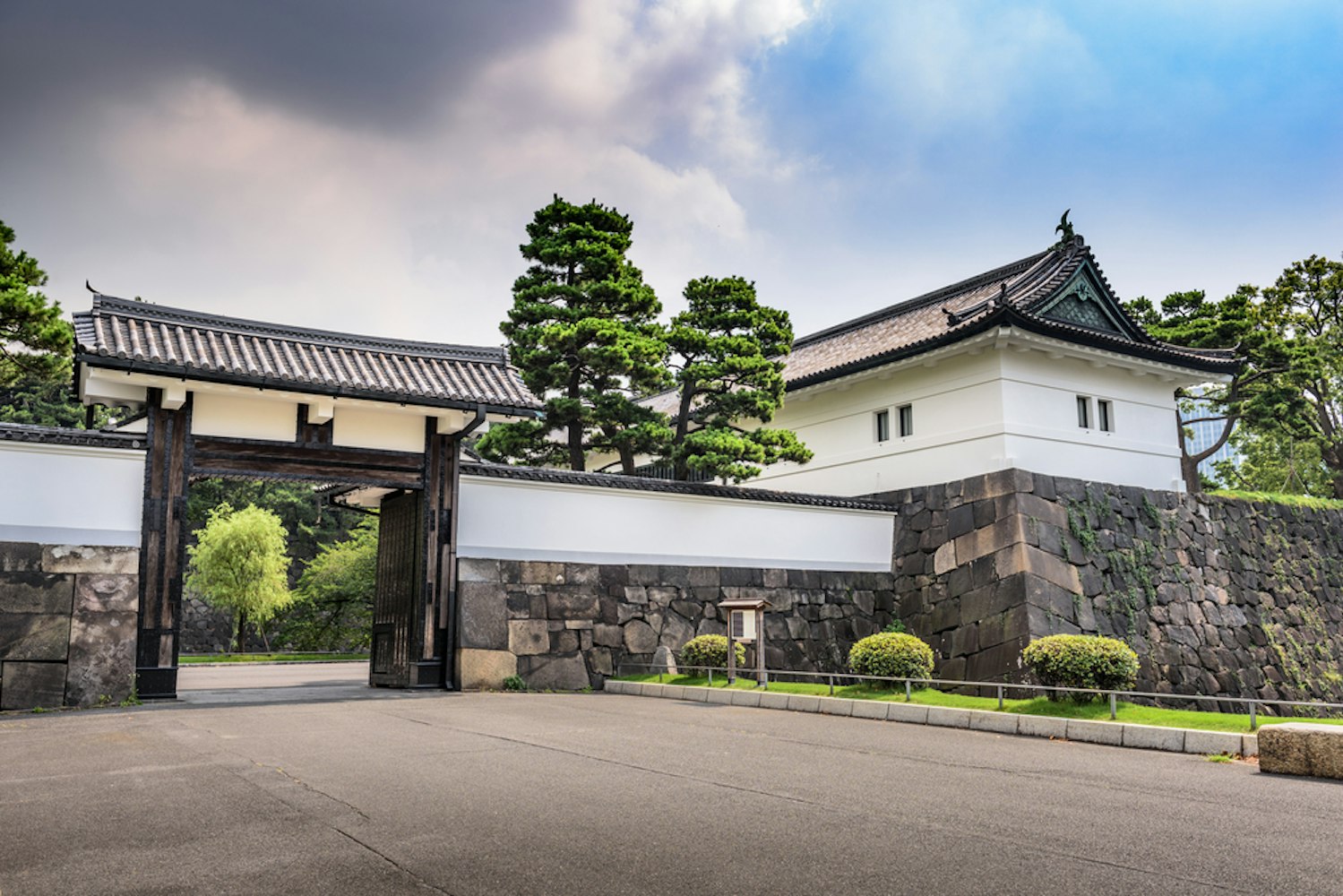
Another significant area is the Kikyomon Gate, where the guided tours meet for their 75-minute exploration of the palace grounds. While these tours don't take visitors inside the palace buildings, they provide an opportunity to appreciate the architectural grandeur and historical significance of the palace.
Artifacts and Treasures of the Palace
While public access to the inner palace grounds is limited, the treasures and artifacts of the imperial family can be admired at the nearby museums. The National Museum and the Science Museum , both a short walk from the palace, and house collections that offer insights into Japan's rich cultural heritage.
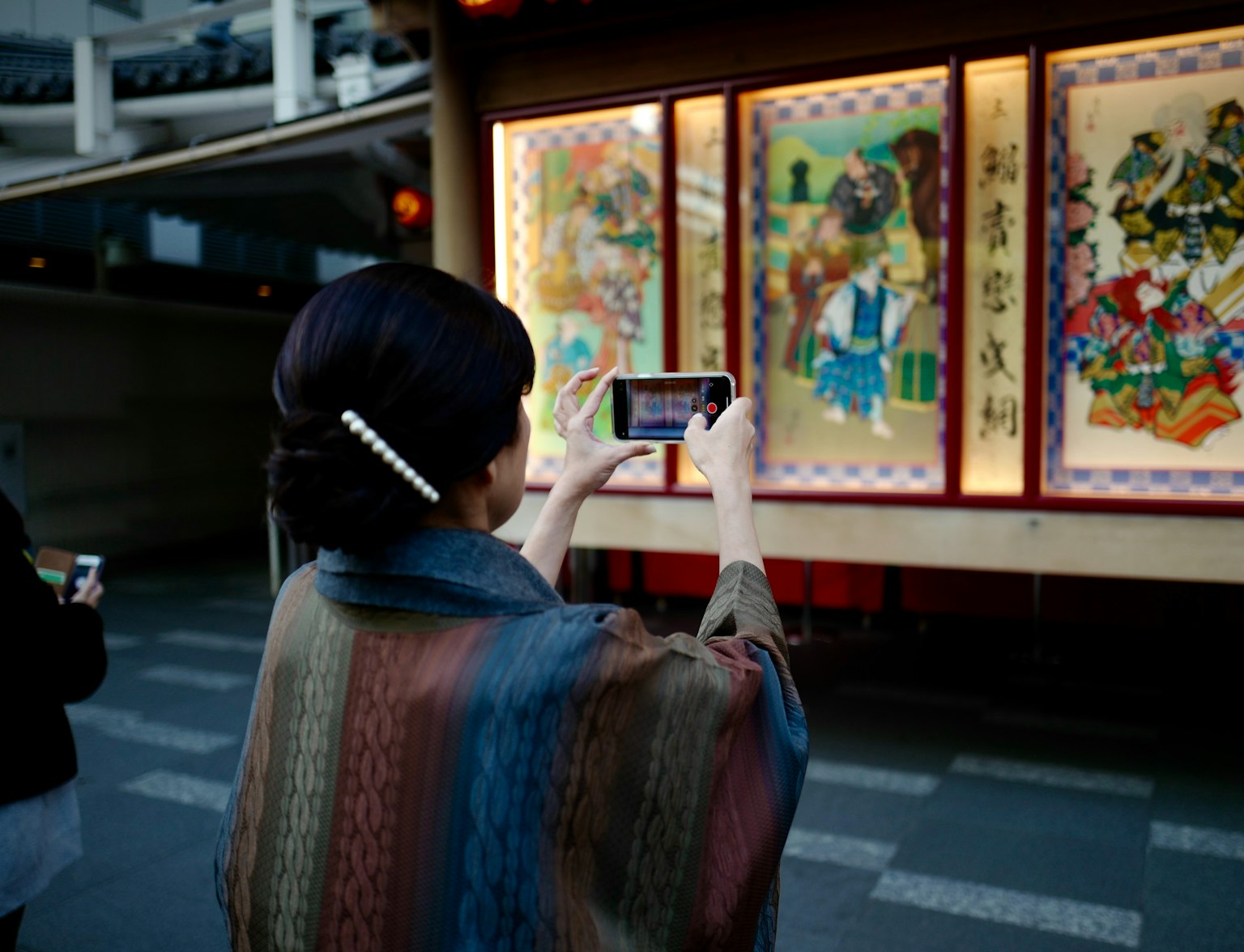
Soak up the serene atmosphere, punctuated by the ageless grandeur of the palace buildings.
The Imperial Household Agency also preserves many important cultural properties, including ancient documents and works of art. These items, although not on public display at the palace, contribute to understanding the imperial family's history and role in Japanese society.
The Famous Gardens of the Palace Complex
The Tokyo Imperial Palace is renowned for its beautiful gardens, which are open to the public and offer a serene escape in the heart of the city. The East Gardens, located on the eastern part of the palace grounds, are the former site of Edo Castle's innermost circles of defense. They now feature a traditional Japanese landscape garden , a tea pavilion, and the remains of the castle tower.
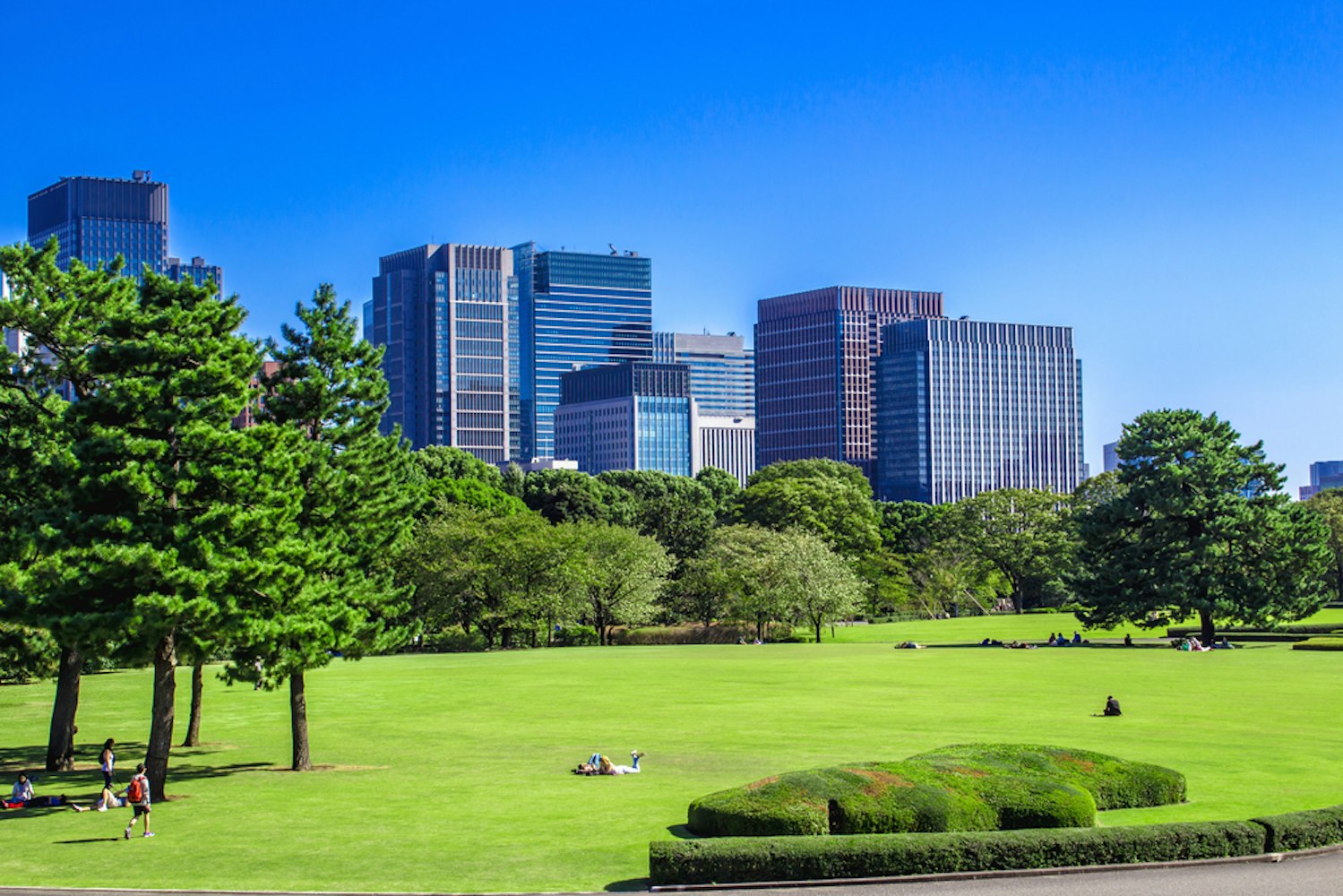
The Outer Gardens, or Kokyo Gaien National Garden, is a large open space in front of the palace where visitors can enjoy the view of the Nijubashi Bridge and the main gate. Kitanomaru Park , another part of the palace grounds, is a public park that was once the location of the shogun's private residence. It now houses several attractions, including the Science Museum and the Nippon Budokan Indoor Arena .
Visiting the Tokyo Imperial Palace
The Tokyo Imperial Palace is conveniently located in central Tokyo, making it easily accessible from various parts of the city. The nearest subway stations are Otemachi Station and Takebashi Station.
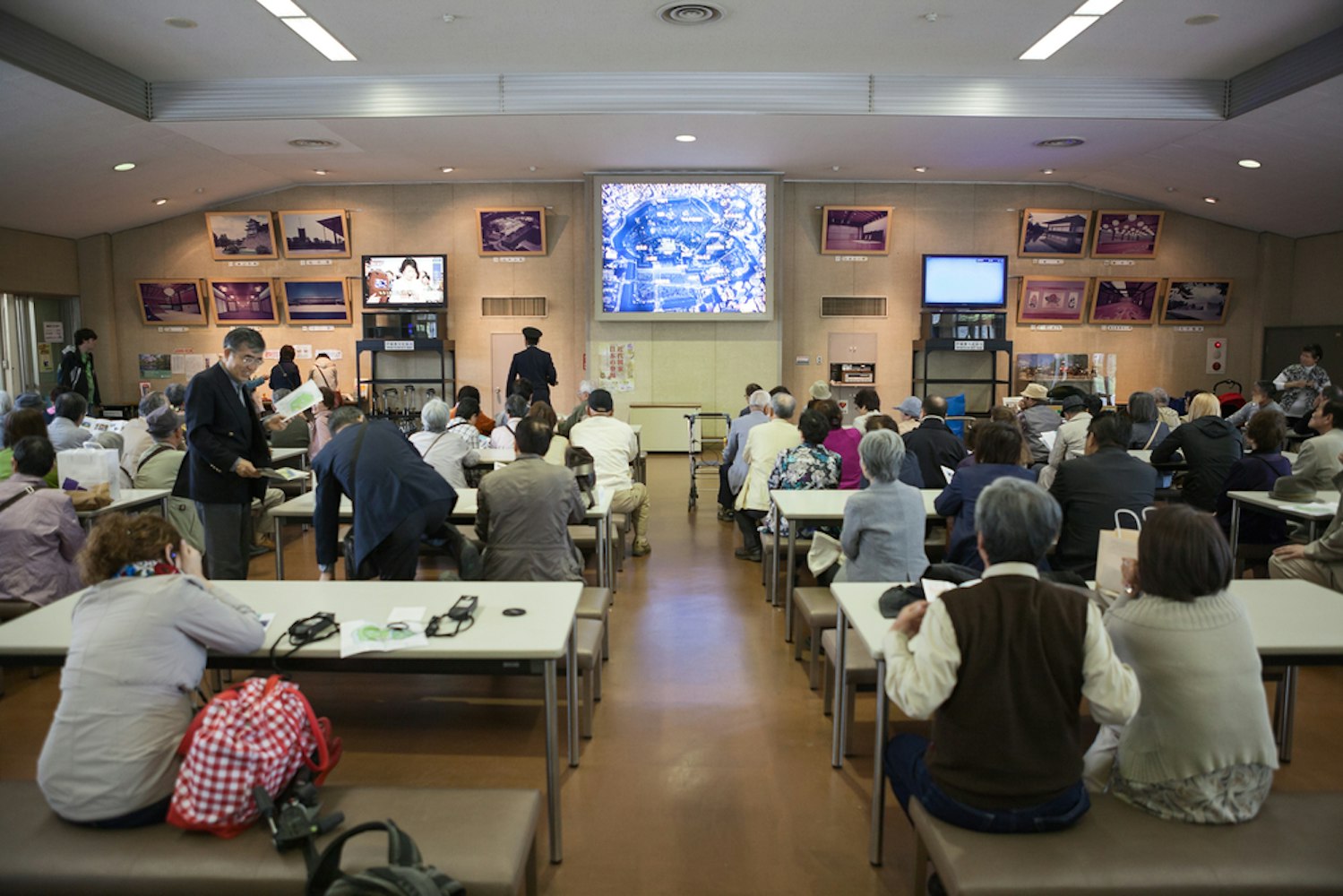
From Otemachi Station, it's a short walk to the Ote-mon Gate, one of the main entrances to the palace grounds. If you're coming from Nijubashimae Station or Takebashi Station, you can enjoy a scenic walk through the Outer Gardens en route to the palace.
Tip: It's worth noting that the palace is tucked away behind moats and thick stone walls, adding an air of seclusion and tranquility despite its central location. If you're using a car, parking may be limited in the area, so using public transportation is recommended.
Best Time to Visit Imperial Palace
The best time to visit Tokyo Imperial Palace is arguably in January, when the general public is allowed entry to the inner grounds on January 2 for the New Year's greeting and on December 23 for the Emperor's Birthday. During these times, visitors can see the Imperial Family, who make several appearances on the balcony of the Chowaden Hall.

The palace grounds and East Garden are open throughout the year, and each season offers unique views. The cherry blossoms in spring and the colorful leaves in autumn make these periods particularly popular among visitors.
Visitor Information – Tickets, Opening Hours, Tours
Entrance to the East Garden is free, and it's open to the public from Tuesday to Saturday. The garden is closed on Mondays and Fridays, except for national holidays. Guided tours of the palace grounds are available in English and Japanese and take about 75 minutes. These tours are held daily at 10:00 and 13:30, except on Sundays and Mondays.
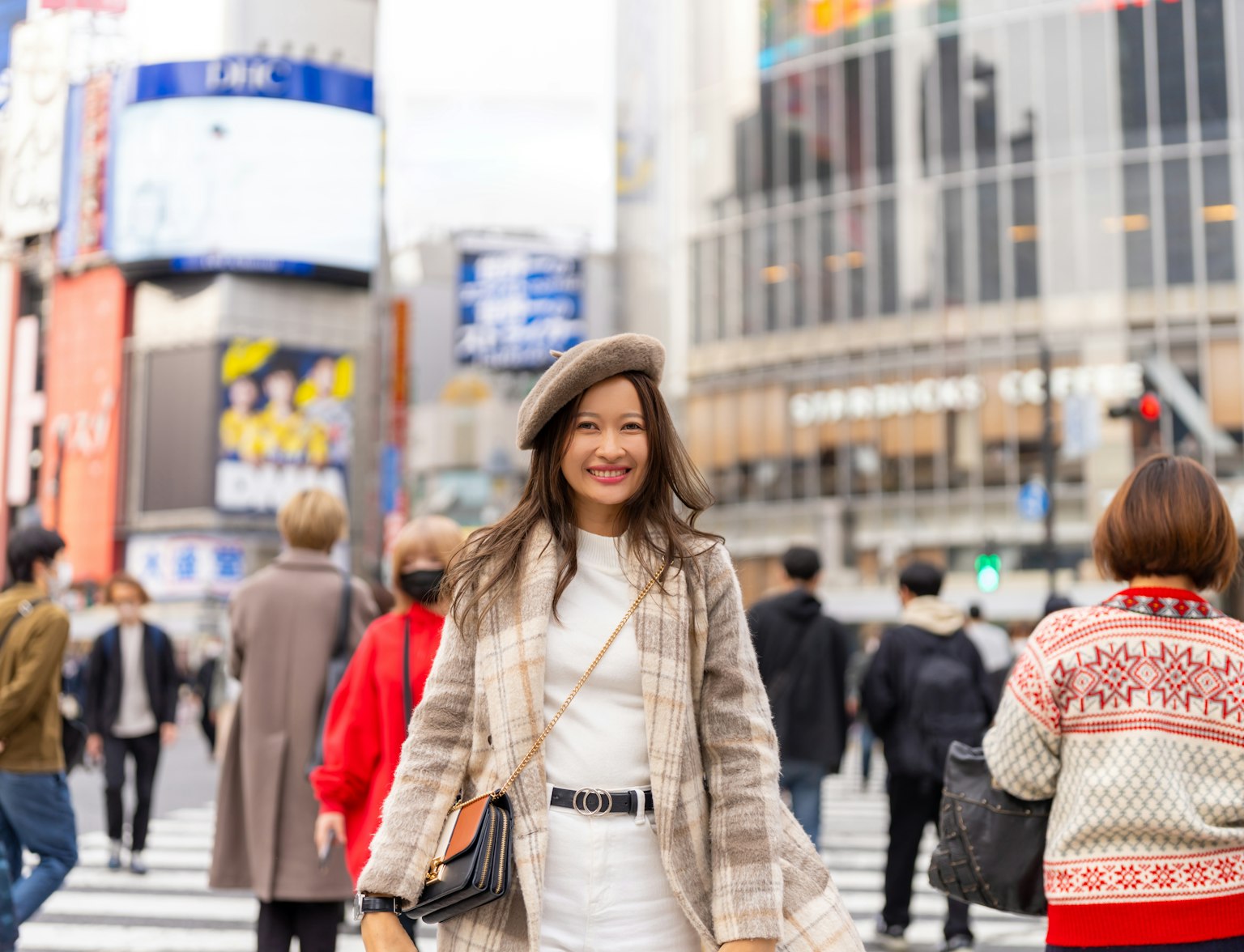
Include the Tokyo Imperial Palace on your custom walking itinerary.
While the tours won't take you inside the palace buildings, they offer a chance to see the beautiful gardens, castle ruins, and historical landmarks like the Double Bridge. The tours meet at the Kikyomon Gate, and visitors are required to go through a security check before starting the tour.
Popular Events at the Tokyo Imperial Palace
The Tokyo Imperial Palace is not just a historic site but also a vibrant cultural hub that hosts numerous popular events throughout the year. One of these is the Sanja Matsuri , a traditional Shinto festival that attracts millions of visitors each year. Another notable event is the Asakusa Samba Carnival, one of Tokyo's most lively and popular summer events, where you can experience a blend of Japanese and Brazilian cultures.

Moreover, the palace grounds are home to a wealth of gardens and galleries that often serve as venues for various cultural exhibitions and public events. For instance, the East Garden, open to the general public, often hosts art exhibitions featuring works from different periods, including the Edo period and modern art.
The Emperor's New Year Greeting and Birthday Celebrations
The Emperor's New Year Greeting is one of the most significant events at the Imperial Palace. On January 2nd, the palace's inner grounds were opened to the general public. The Emperor, along with the rest of the Imperial Family, makes several appearances on the balcony of the Chowaden Hall to wish the people a happy new year.
Similarly, on the Emperor's birthday, December 23rd, the palace grounds are once again opened to the public for celebrations. These events are usually crowded with fans of the Imperial Family. Visitors get an opportunity to see the Emperor and listen to his brief birthday message. It's a unique experience that offers a glimpse into Japan's imperial traditions.
Signing Off from the Imperial Palace
As our exploration of Tokyo's Imperial Palace comes to an end, it's clear that this place is more than just a historical monument or tourist attraction. It's a living, breathing symbol of Japan's rich cultural heritage, encapsulating centuries of history, and the legacy of emperors past.
The Palace isn't just about the stunning architecture or the beautifully manicured gardens, it's about the stories that echo through its halls, the traditions that have been preserved, and the sense of tranquility that pervades every nook and corner.
Frequently Asked Questions
Is tokyo imperial palace free.
Yes, visiting the Tokyo Imperial Palace is free. However, tours require registration, either in advance online or on the day. The East Garden of the palace is also free to enter.
Is the Imperial Palace in Tokyo worth seeing?
Absolutely. The Tokyo Imperial Palace is a symbol of Japan's imperial lineage and rich cultural heritage. It offers a unique blend of history and scenic beauty, with its Japanese-style gardens that can be enjoyed all year round.
Can you go inside the Tokyo Imperial Palace?
Visitors can see the inner palace grounds by registering in advance for a free tour. However, the palace's inner grounds are not generally open to the public.
Why is the Tokyo Imperial Palace famous?
The Tokyo Imperial Palace is famous as it has been the official residence of Japan's Imperial family since 1868. It stands on historic grounds that once housed the Edo Castle, the largest fortress in the world during its prime. Despite several transformations over the centuries, it remains a symbol of Japan's imperial lineage and cultural heritage.
Continue reading
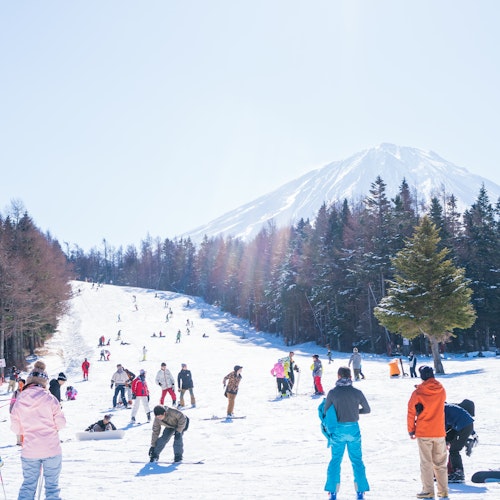
Tokyo Imperial Palace: All You Need to Know
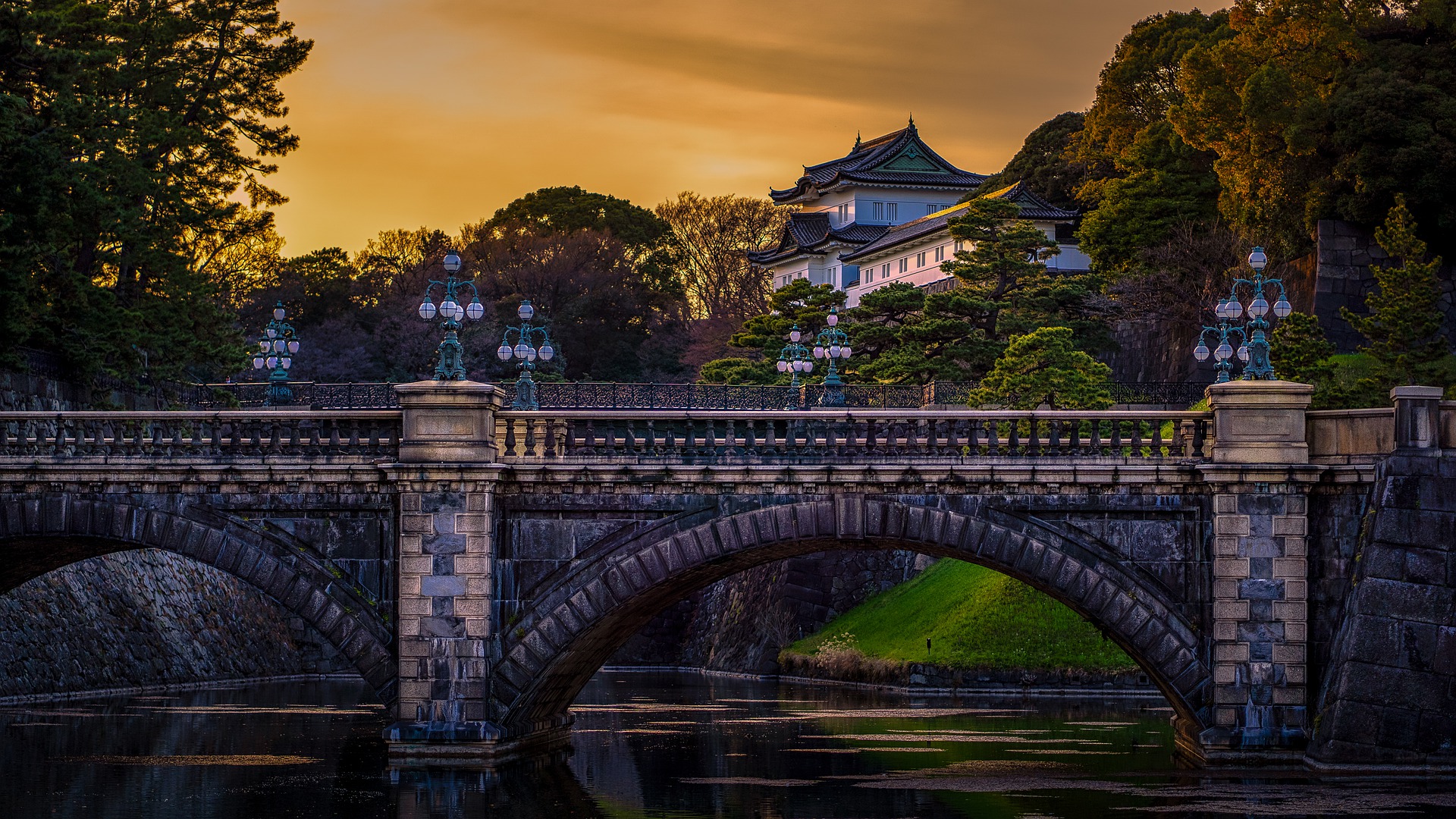
Miho Shimizu is a Japanese freelance writer settled in Shizuoka with her husband and two rabbits. Fascinated with traveling at the age of 18, she has spent most of her long holidays exploring incredible spots around Japan. She also loves to listen to music, draw, and read novels over a cup of green tea.
This post may contain some affiliate links. When you click through and make a purchase we may receive some commission, at no extra cost to you.
As a popular and historic tourist attraction in Tokyo, Imperial Palace is visited by numerous visitors all year round. The current Imperial Palace is built on the former Edo Castle grounds and is surrounded by a moat and large stone walls. It contains several buildings, including some residences for the Imperial Family. It will be impossible to visit these parts of the park-like area, but there are many ways to enjoy the palace buildings and parts of the grounds.
For locals the loop around the Imperial Palace is a popular running spot, where they can enjoy a 5km running course around the scenic palace and its natural surroundings. Despite its prominent location, a short walk from Tokyo Station, information about the palace is often limited compared to other famous tourist spots. What is the Tokyo Imperial Palace? How old is it, and is it really worth a visit? Here is all that you need to know about Tokyo Imperial Palace before your visit!
▼ Want to learn all about the Imperial Palace and more of Tokyo with an expert guide? Be sure to book our private tour!
1. Where is the Tokyo Imperial Palace?
2. brief history of tokyo imperial palace, how to make the most of your time at tokyo imperial palace, 1. the imperial east gardens, 2. kitanomaru park, 3. nijubashi bridge, 4. chidorigafuchi park, japan wonder travel tours in tokyo, other articles you might enjoy.
Tokyo Imperial Palace is located in the very center of Chiyoda-ku, Tokyo. Since 1869, the historical site in Tokyo has been officially used as a residence of Japan’s Imperial family. About a 10min walk from JR Tokyo Station takes you to this historic spot located right at the heart of the metropolitan city. The palace grounds boast beautiful natural spots as well as historic structures which can be found around the massive area including beautiful parks and gardens.
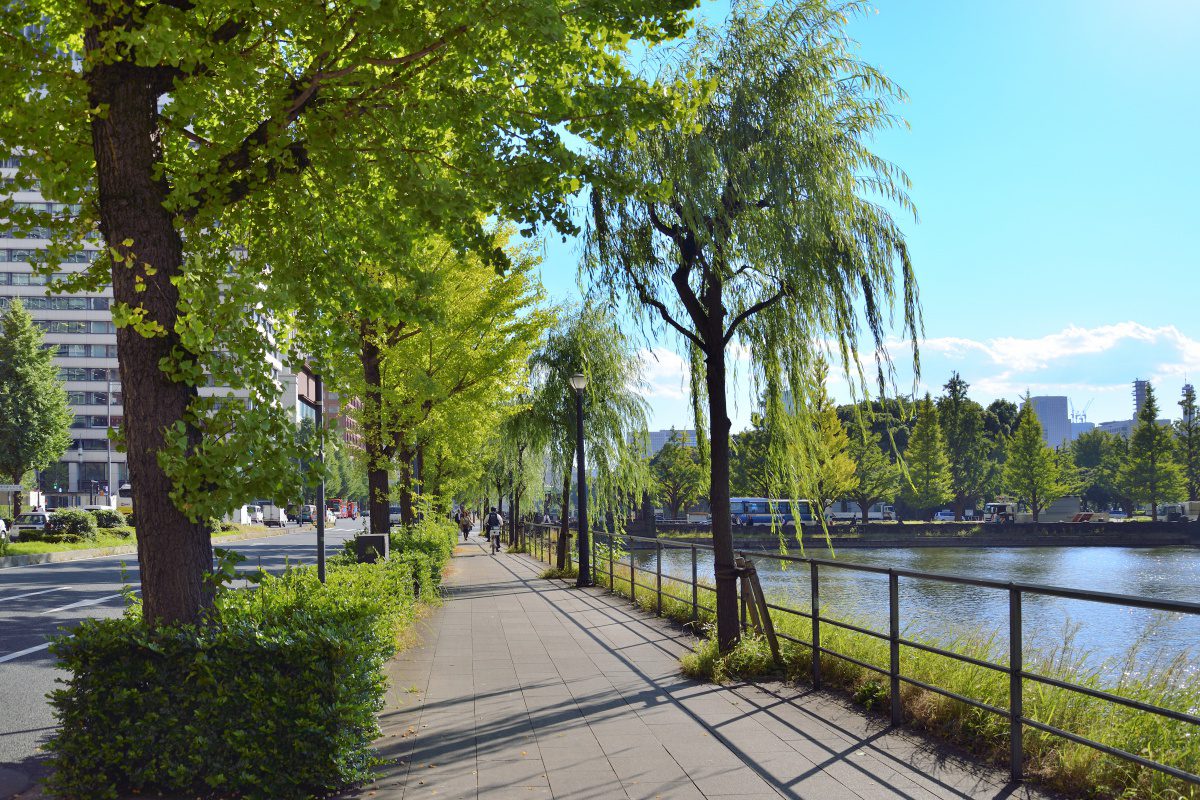
To understand the history of the Tokyo Imperial Palace, we need to travel back to the Edo period which was started by Tokugawa Ieyasu in 1603. Until the end of the Edo period, Japan’s Imperial family resided in Kyoto, the ancient capital of Japan. The Tokugawa family however took up residence in Edo and Edo became a new political and economic center of Japan. The Tokugawa started to lose its influence and power at the second of the 18th century and in 1868, after the Tokugawa Shogunate ruled the entire country for over 260 years, the Tokugawa Shogunate was finally overthrown. This is known as the Meiji Revolution. After the Meiji Revolution, Japan’s Imperial family officially moved into the Imperial Palace in 1869.
The current site of the Imperial Palace was formerly known as the site of the Edo castle, the main castle of Tokugawa Shogunate. The original building of the Imperial palace was unfortunately destroyed during World War II, but completely restored to the similar style close to the original one afterwards.
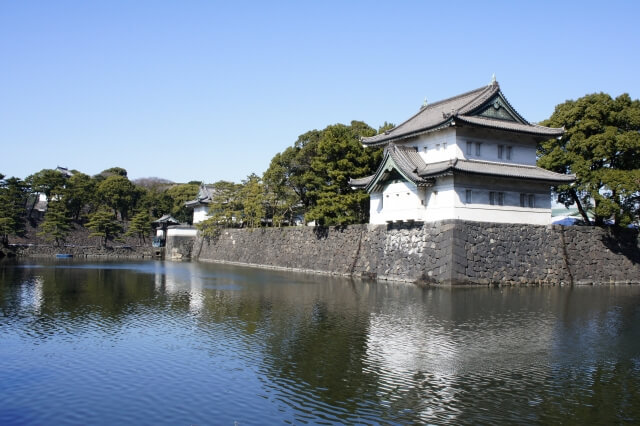
3. Can you visit the Imperial Palace?
Although inside the palace is not open to the public, parts of the Tokyo Imperial Palace are accessible, something that not many people know. A visit to the Imperial Palace is one of the best things to do in Tokyo ! There are free guided tours available that will enable you to explore the inner grounds, but no buildings are visited.
Guided Tours Imperial Palace Daily tours at 10am and 1.30pm (in English & Japanese) Free of charge, but registration required from here

Furthermore, you can visit the adjacent Imperial Palace East Gardens , which have been open to the public since 1968. In the gardens you can see next to a beautiful selection of seasonal flowers, also some of the remnants of Edo castle, some guard houses and other historical buildings. The Imperial East Gardens are closed on Monday and Friday.
As mentioned above, the inner grounds of the palace are generally not open to the public. Only twice a year, on January 2 ( New Year’s Greeting ) and February 23 ( Emperor’s Birthday ), you can enter the inner palace grounds and, when you’re lucky, see some members of the Imperial Family, who make several public appearances on a balcony.
- Explore the lovely gardens featuring lush greenery and scenic spots
- Be an early bird and enjoy the peaceful atmosphere while taking a morning walk around the palace with less crowds
4. What to see at Tokyo Imperial Palace
This beautiful Japanese style garden, which can be enjoyed all year round for free, is among the best Japanese gardens in Tokyo . The gardens are home to a variety of historic structures including giant stone walls, remains of the castle tower and turrets dating back to the Edo period. It is also a perfect spot for admiring seasonal flowers and plants including Japanese iris in June and autumn colors in fall!
Lovely public park which covers the northern part of the spacious ground of Tokyo Imperial Palace. Since its opening in 1969, many people visit the park for bird watching and taking a relaxing stroll in nature. It is also home to a number of popular tourist attractions such as The National Museum of Modern Art, Tokyo !

Nijubashi Bridge is an iconic stone bridge built over the inner moat of the Imperial palace. It is used as a main entrance of the inner palace grounds which is exclusively opened to the public twice a year on January 2 nd and February 23 rd .
On the north west side of Imperial Palace, the Chidorigafuchi Park is a long, narrow park following a palace moat. The park is one of the best places for cherry blossom viewing in Tokyo , with a footpath and vibrant spring cherry blossom views that are illuminated at night! At this part of the moat, boat rental is available to watch the cherry trees in full bloom from the water!
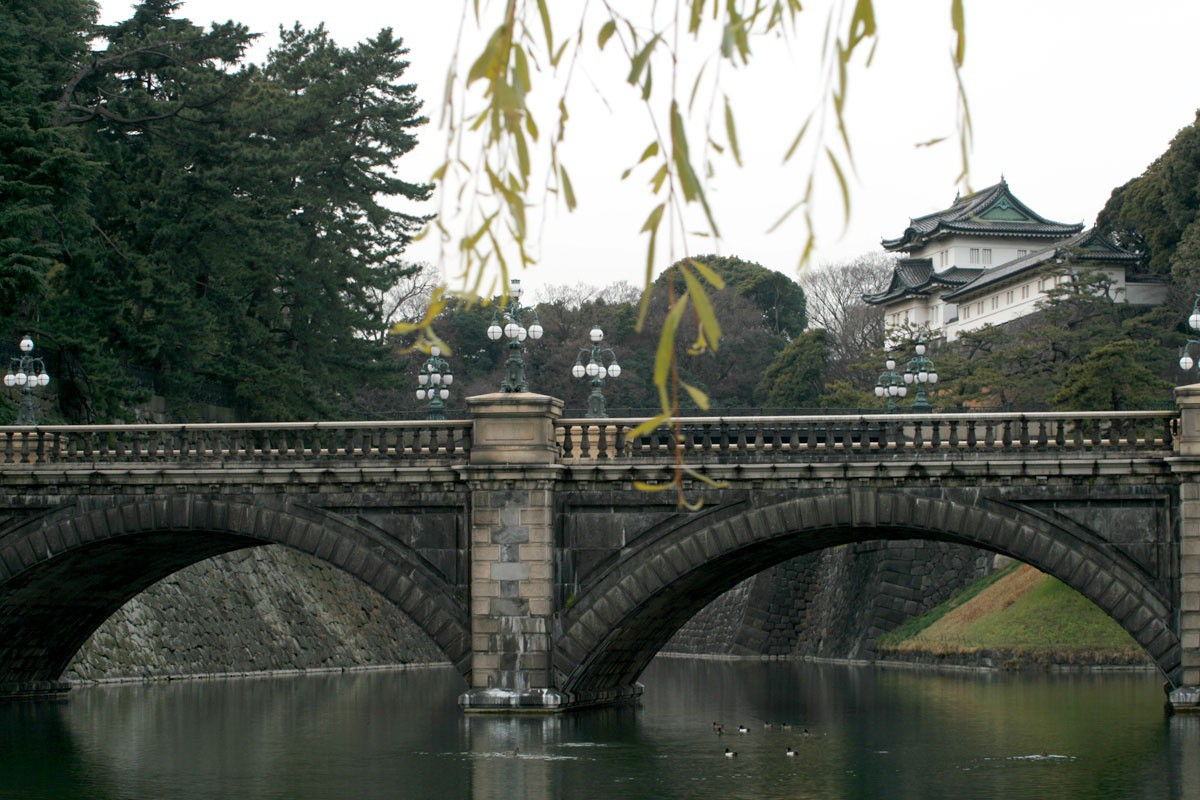
Japan Wonder Travel is a travel agency that offers guided tours throughout Japan. From private walking tours to delicious Food and Drink tours, we can help organize the best tours just for you! If you want to explore Japan and learn more about the history and backstories of each area you are traveling in, our knowledgeable and friendly guides will happily take you to the best spots! In addition, we can provide you with any assistance you may need for your upcoming trip to Japan, so please feel free to contact us if you have any questions or need some help!
▶ Tokyo Tsukiji Fish Market Food and Drink Tour Explore the most lively and popular fish market in Tokyo, where you will have the chance to try some of the local’s favorite street foods and sake along with your friendly English-speaking guide!

▶ Tokyo 1–Day Highlights Private Walking Tour (8 Hours) There’s no better way to explore an area than taking a tour with a knowledgeable local guide. You will have the chance to learn about the history and interesting background stories of Tokyo, as well as discover some hidden gems which can be hard to do without a guide.

▶ Shinjuku Bar Hopping Tour: Experience Tokyo’s Nightlife in Izakaya Check out the best spots in Shinjuku while bar hopping through the lively and vibrant area. Try some delicious local food and drink as you explore the narrow yet photogenic alleys that the town has to offer. Experience Japanese izakaya culture and drink in Shinjuku like the locals!
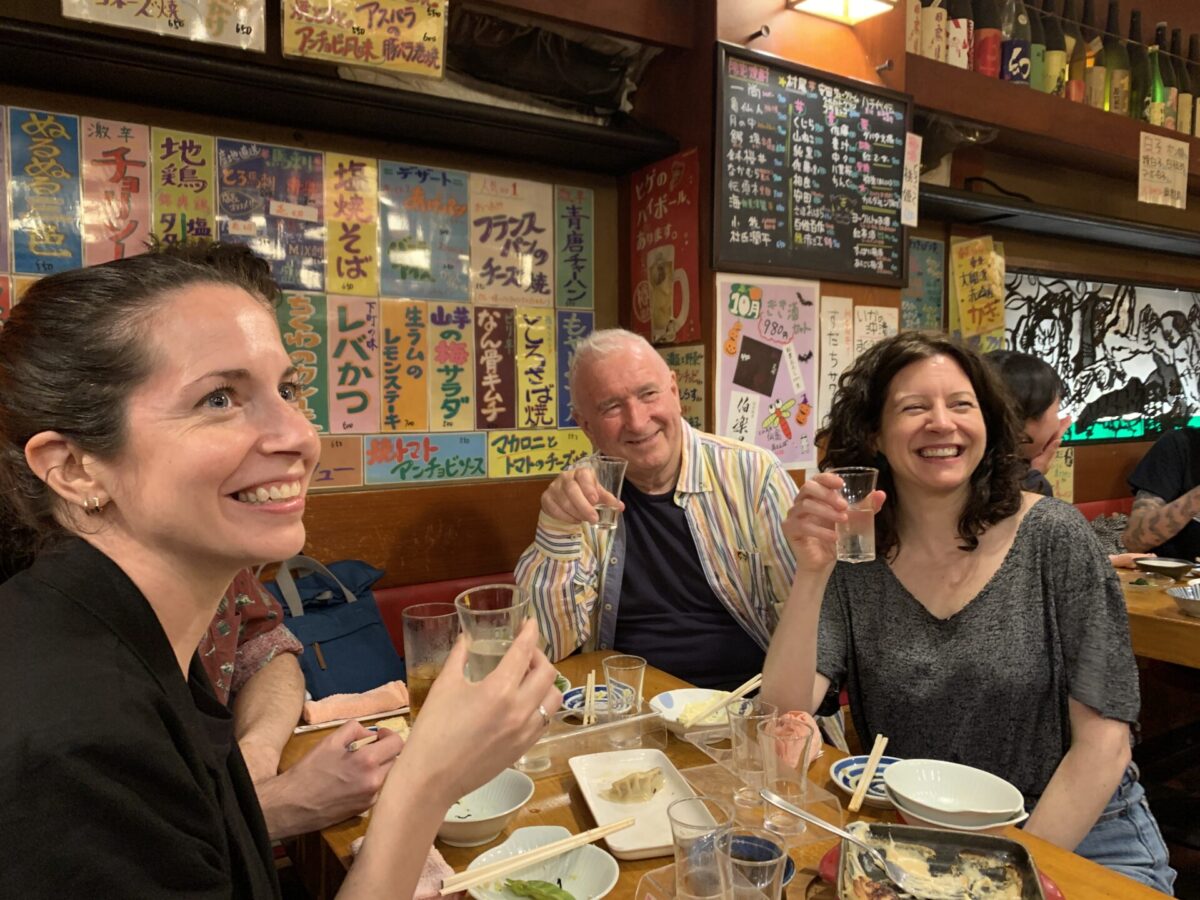
Tokyo is a great city full of exciting spots and bustling experiences. While it attracts numerous tourists from around the world with the busy streets, flashing neon lights and other busy hotspots, there are some ‘hidden spots’ that will make you forget that you are in the middle of the metropole. Many people who visit Tokyo Imperial Palace, don’t know about the free guided tours nor the peaceful Imperial East Gardens. Whether you are interested in Japanese history or not, it is definitely worth a visit to explore scenic gardens or enjoy a refreshing walk around the historic building!
Follow us on Instagram , Facebook , Twitter , and TikTok for more travel inspiration. Or tag us to get featured!
Happy traveling!
Stay informed of the best travel tips to Japan, the most exciting things to do and see, and the top experiences to have with the Japan Wonder Travel Newsletter. Once every two weeks we will introduce you to our latest content.
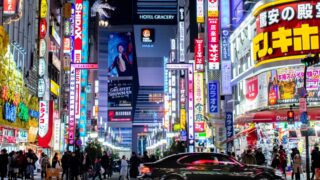
- Popular destinations
- Hidden places in Japan
- Tours and workshop
- Food and drink in Japan
- Itinerary in Japan
- Places to visit in Tokyo
- Food and drink in Tokyo
- Seasonal events
- Tours & workshops
- Tokyo This Week
- Day trip from Tokyo
- Itinerary in Tokyo
- Places to visit in Kyoto
- Food and drink in Kyoto
- Itinerary in Kyoto
- Day trip from Kyoto
- Travel tips
- Accommodation
- Cultural tips
- Transportation
- Tokyo Tours
- Kyoto Tours
- Kimono Rental
- Fukushima Tours
- Mount Fuji Tours
- Tour Package
- Media Kit(English/日本語)
Imperial Palace: How To Visit The Main Residence Of Japan's Emperor
It is possible for visitors to visit the home of Japan's Emperor at the Imperial Palace, but there are some things to know beforehand.
The Tokyo Imperial Palace is the main residence of the Emperor of Japan. It is large and park-like and is located in the Chiyoda district of Tokyo. It is a complex made up of administrative offices, museums, an archive, some Imperial residences, and the main palace. While in Japan make sure to visit the nearby ancient imperial Japanese city of Kyoto .
If one is thinking of visiting Japan then the Tokyo Imperial Palace is certainly a good place to start . Japan is famous for its architecture and offers many attractions to people visiting the country.
Background Of The Imperial Palace
The Imperial Palace is built where old Edo Castle once stood. The massive ancient Edo Castle was once the seat of the Tokogawa shogan. During the heyday of the Edo Castle it was the largest fortress in the world - although little remains of that castle today apart from the moat and the stone walls.
The shogun ruled Japan from 1603 to 1867 (the shogunate was overthrown in 1868). After the shogun was overthrown the capital moved from Kyoto to Tokyo.
In 1888 construction of the new Imperial Palace was completed only to be destroyed in World War Two. It was destroyed by the Allied firebombing of Tokyo on the night of 25 May 1945 and was hit with 2000 pound bombs. The palace was reportedly the target of special Allied mission later on July 29, 1945. It was rebuilt after the war.
- Size: Total Area (Including Gardens) Is 1.15 Sq KM or 0.44 Sq Miles
- Fun Fact: During The Height Of The 1980s Japanese Property Bubble The Grounds Were Valued At More Than The Entire Real Estate of California
Surrounding the palace is Kōkyo-gaien - this is a 115-hectare national garden that includes public spaces, moats, and museums. While visiting the grounds of the palace, feel the peace and tranquility of the manicured gardens.
Related: Beautiful Tourist Pics Showcasing The Best Things Japan Is Known For
The Parts Of the Palace Open To The Public
The main ground of the palace is generally closed to the public - except for the Imperial Household Agency and the East Gardens. Although there are reserved guided tours from Tuesdays to Saturdays accessing the Kyūden Totei Plaza.
- Open: Only A Small Park Of The Complex is Open to The Public
Twice a year on New Year and the Emperor's Birthday the public is also permitted to enter through the Nakamon (or inner gate) to the Kyūden Totei Plaza. On these occasions, the Emperor normally gives a short speech to the assembled visitors.
If one would like to visit, one can join one of the free tours by the Imperial Household Agency and see a small part of the inner compound.
The stunning East Gardens are open to the public all year round and one can enter without a guide. This is also where most of the administrative buildings for the palace are situated.
According to the Imperial Household Agency , "[at the Imperial Palace] the successive Empresses have raised silkworms following the precedent set in 1871 by Empress Dowager Shoken, Empress and consort of Emperor Meiji ."
Related: Est. 705 AD! This Japanese Inn Is Officially The Oldest Hotel In The world
Visiting The Imperial Palace
There are limits on capacity and some openings can be reserved online with more than 50% being first come first served. There are two tours - the morning tour and the afternoon tour. One should plan ahead and arrive early as spaces are likely to fill out quickly.
- Walk-In: 300 People Per Tour On A First Come Basis (Reduced To 70 Due To The Pandemic)
- Prior Registration: 200 People Per Tour (Reduced To 50 Due To The Pandemic)
- Morning Tour: Starts At 10 am (Numbered Tickets Distributed At 9 am)
- Afternoon tour: Starts At 1:30 pm (Numbered Tickets Distributed At 9 am)
- Duration: 1 Hour 15 Minutes
To go on the tour, one must bring a valid form of ID - like a driver's license, passport, or residence card. Numbered tickets are given out one hour before the tour and one will need to fill out an application form. If one applies online, one can fill it out online too.
If one would like to apply online, then applications are accepted from 5.00 am on the first day of the month preceding the tour date. If one can't apply online as there is no vacancy, call (+81-(0)3-5223-8071) and make a telephone application.
- Distance: The Tour Route Is About 2.2 KM or 1.3 Miles
On this route, one will enter at the Kikyo-mon gate and visit a number of attractions including the East courtyard of the Imperial Palace, the Seimon-tetsubashi bridge, and Fujimi Yagura.
- Turning Back: Visitors Are Generally Forbidden To Turn Back Midway Through the Tour
- Pets: Pets are Prohibited
- Closed: There Are No Tours On Sundays, Monday, National Holidays, Between December 28 and January 4, and Afternoons from July 21 to August 31
Next: This Is What It's Like to Stay In Japan's Tiny Capsule Hotels, And Why They're So Significant
- Imperial Household Agency
- Visit Guide
- The Imperial Palace
- Kyoto Imperial Palace
- Kyoto Sento Imperial Palace
- Katsura Imperial Villa
- Shugakuin Imperial Villa
- Application for Visit
- Information of the Facilities
- Flow of Online Application
- Information ; The Imperial Palace
- Information ; Kyoto/Kyoto Sento Imperial Palace,Katsura/Shugakuin Imperial Villa
- About Privacy Policy
- About A Copyright
- Media & Industry
- Meetings & Events
- Select Language 简体中文 繁體中文(香港) 繁體中文(臺灣) India (English) Bahasa Indonesia 한국어 ภาษาไทย Tiếng Việt Singapore (English) Philippines (English) Malaysia (English) Australia/New Zealand (English) Français Deutsch Italiano Español United Kingdom (English) Nordic countries(English) Canada (English) Canada (Français) United States (English) Mexico (español) Português العربية Japan(日本語) Global (English)
- India (English)
- Bahasa Indonesia
- Singapore (English)
- Philippines (English)
- Malaysia (English)
- Australia/New Zealand (English)
- United Kingdom (English)
- Nordic countries(English)
- Canada (English)
- Canada (Français)
- United States (English)
- Mexico (español)
- Global (English)
- Fujiyoshida
- Shimonoseki
- Ishigaki Island
- Miyako Island
- Kerama Island
- Tokyo Island
- Koka & Shigaraki
- Hida Takayama
- Ginza, Nihonbashi
- Beppu & Yufuin (Onsen)
- Ginzan Onsen
- Nagasaki Islands

- Kumano Kodo
- Shikoku Karst
- Amami Oshima
- Hachimantai
- Omihachiman
- Aizuwakamatsu

- Diving in Japan
- Skiing in Japan
- Seasonal Flowers in Japan
- Sustainable Outdoors
- Off the Beaten Track in Japan
- Scenic Spots
- World Heritage
- Home Stays & Farm Stays

- Japanese Gardens
- Japanese Crafts
- Temple Stays
- Heritage Stays
- Festivals and Events
- Theater in Japan
- Japanese Tea Ceremony
- Cultural Experiences in Japan
- Culture in Japan

- Local Cuisine Eastern Japan
- Local Cuisine Western Japan
- Local Street Food
- Japan's Local Ekiben
- Japanese Whisky
- Vegetarian and Vegan Guide
- Sushi in Japan Guide
- Japanese Sake Breweries

- Art Museums
- Architecture
- Performing Arts
- Art Festivals
- Japanese Anime and Comics
- Japanese Ceramics
- Local Crafts

- Scenic Night Views
- Natural Wonders
- Theme Parks
- Samurai & Ninja
- Iconic Architecture

- Wellness Travel in Japan
- Japanese Ryokan Guide
- A Guide to Stargazing in Japan
- Relaxation in Japan
- Forest Bathing (Shinrin-yoku)

- Experiences in Japan
- Enjoy my Japan
- National Parks
- Japan's Local Treasures
- Japan Heritage
- Snow Like No Other
- Wonder Around Japan

- Visa Information
- Getting to Japan
- Airport Access
- COVID-19: Practical Information for Traveling to Japan
- Anime Tourism
- Countryside Stays
- Accessible Tourism
- Hokkaido Great Outdoors
- Scenic World Heritage in Tohoku
- Shikoku’s Nature and Traditions
- Southern Kyushu by Rail

- Traveling by Rail
- How to Travel by Train and Bus
- JR Rail Passes
- Scenic Railways
- Renting a Car
- Sustainable Travel in Japan
- Travel Brochures
- Useful Apps
- Online Reservation Sites
- Eco-friendly Accommodation
- Luxury Accommodations
- Traveling With a Disability
- Hands-free Travel
- How to Book a Certified Tour Guide
- Volunteer Guides
- Tourist Information Center

- Japanese Manners
- Spring in Japan
- Summer in Japan
- Autumn in Japan
- Winter in Japan
- Cherry Blossom Forecast
- Autumn Leaves Forecast

- Japan Visitor Hotline
- Travel Insurance in Japan
- Japan Safe Travel Information
- Accessibility in Japan
- Vegetarian Guide
- Muslim Travelers
- Safety Tips

- JAPAN Monthly Web Magazine
- Arts & Cultures
- Nature & Outdoor
- Festivals & Events
- Insider Blog
- Things to do
- Local Guides
- Food & drink
- Traditional
- Hokuriku Shinetsu

My Favorites
${v.desc | trunc(25)}
Planning a Trip to Japan?
Share your travel photos with us by hashtagging your images with #visitjapanjp
- Imperial Palace & Tokyo Station
- The East Gardens of the Imperial Palace
The East Gardens of the Imperial Palace 皇居東御苑
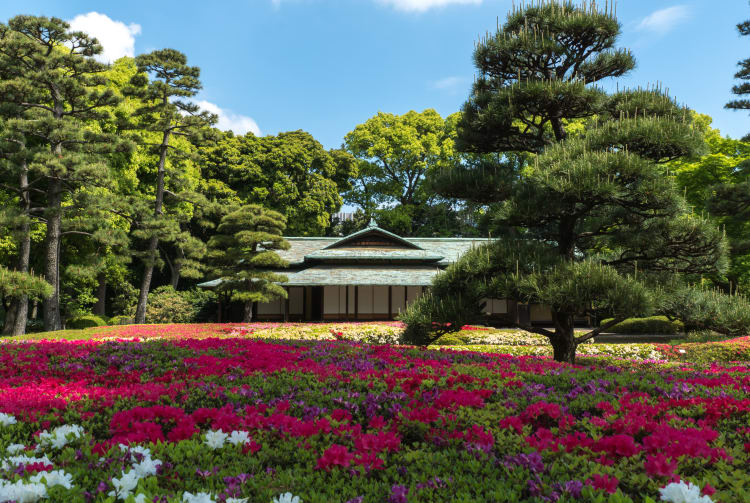
1-1 Chiyoda, Chiyoda-ku, Tokyo-to
- View on Google Maps
- Get Transit Info
Flowers and woodlands in the gardens built on Edo Castle's ruins
Part of the inner palace area, the Imperial Palace East Gardens offer seasonal flowers and original moats, walls, entrance gates and guardhouses built by the Tokugawa shoguns. These wonders are free to enter, making a visit here one of the best bargains around.
Quick Facts
Emperor Meiji lived in the Nishinomaru Palace near the East Gardens from 1869 to 1873 before moving to the new palace
The Museum of Imperial Collections exhibits artworks owned by the imperial family
How to Get There
This venue is accessible by subway and taxi.
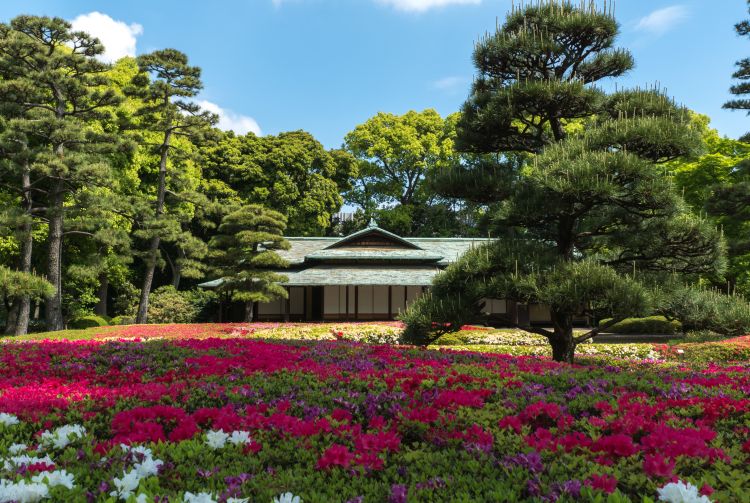
The Emperor's secret garden
Kokyo Higashi Gyoen extends over 210,000 square meters, located on the ground where Edo Castle's two innermost defensive walls (the Honmaru and Ninomaru) and part of the third wall (the Sanomaru) once stood. The Honmaru section contains a vast lawn, which outlines where the main keep used to be, while the Ninomaru section houses a garden dating back to its origin to the Edo period and restored in 1968, which is particularly pretty in fall.
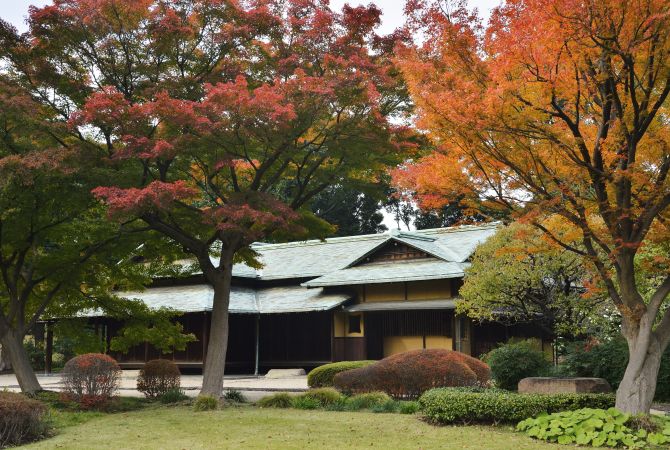
Climbing to the top of the former castle tower ruins
While you're exploring, you'll likely come across the foundations of the former castle tower, which was completed in 1638 but sadly was destroyed in a citywide fire not long after. These days you can climb to the top of the ruins to get a panoramic view of the Shinjuku Gyoen National Garden.
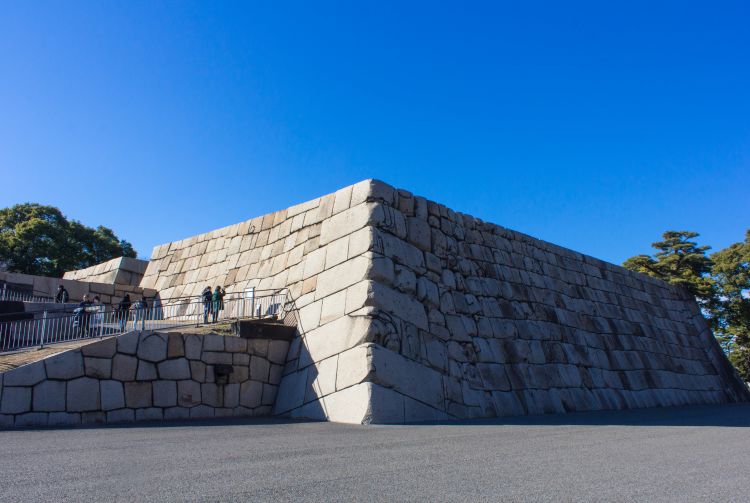
Colorful flowers throughout the year
Dozens of different flowers and orchards line the walkways, so there are plants blooming all year round. In winter, the plum tree slope brings a pop of color to the stone walls, while in fall the Ninomaru Grove glows in gold and scarlet. Gaze up at the "symbolic prefectural trees," strolling through the iris garden and taking photos of the cherry blossoms. Check the Imperial Household Agency's website to see their flower calendar when planning your visit.
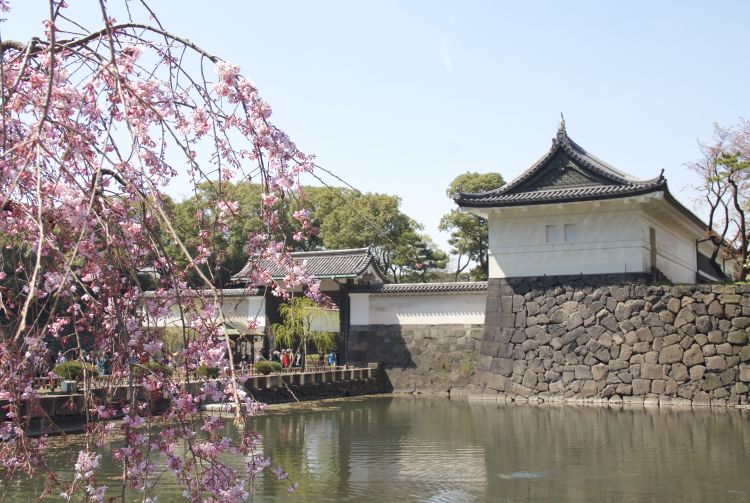
* The information on this page may be subject to change due to COVID-19.
- Historical Site
Recommended for You
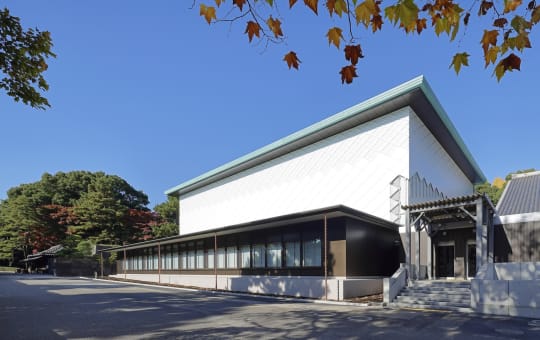
Please Choose Your Language
Browse the JNTO site in one of multiple languages
- Subscribe Digital Print

- Tourism in Japan
- Latest News
- Deep Dive Podcast
Today's print edition
Home Delivery
- Crime & Legal
- Science & Health
- More sports
- CLIMATE CHANGE
- SUSTAINABILITY
- EARTH SCIENCE
- Food & Drink
- Style & Design
- TV & Streaming
- Entertainment news
Imperial couple to visit Britain in June in first trip to country since '22

Emperor Naruhito and Empress Masako are making preparations to visit Britain as state guests in late June, the Imperial Household Agency said Saturday.
The upcoming visit will be the second full overseas visit by the couple since the Emperor's accession to the throne in 2019, after their trip to Indonesia last year.
The emperor and the empress were slated to visit Britain in 2020 at the invitation of Queen Elizabeth II, but that was postponed amid the COVID-19 pandemic.
Earlier this year, King Charles III invited the couple again to Britain, according to the agency.
During the one-week visit, the emperor and the empress are scheduled to attend a welcoming event and banquet at Buckingham Palace, people familiar with the matter said. They are also expected to visit the University of Oxford, where they studied, and inspect River Thames transportation, which the emperor has researched.
The imperial family and the British royal family have a close relationship. When Emperor Emeritus Akihito, father of the current emperor, was crown prince, he attended the coronation of Queen Elizabeth II on behalf of then-Emperor Hirohito, father of the emperor emeritus and posthumously known as Emperor Showa.
Emperor Showa and his wife, Empress Kojun, visited Britain as state guests in 1971, while Akihito and Empress Michiko were invited were invited to Britain as state guests in 1998.
When King Charles III was the prince of Wales, he attended the accession ceremonies for Akihito and also for Emperor Naruhito.
The upcoming trip by Emperor Naruhito and Empress Masako will be the third state visit to Britain since the coronation of the king, after state guests from South Africa and South Korea.
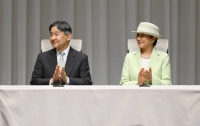
In a time of both misinformation and too much information, quality journalism is more crucial than ever. By subscribing, you can help us get the story right.
King Charles and Queen Camilla to Host Japan State Visit in June
Emperor Naruhito and Empress Masako's planned state visit to the UK in spring 2020 was postponed due to the pandemic.
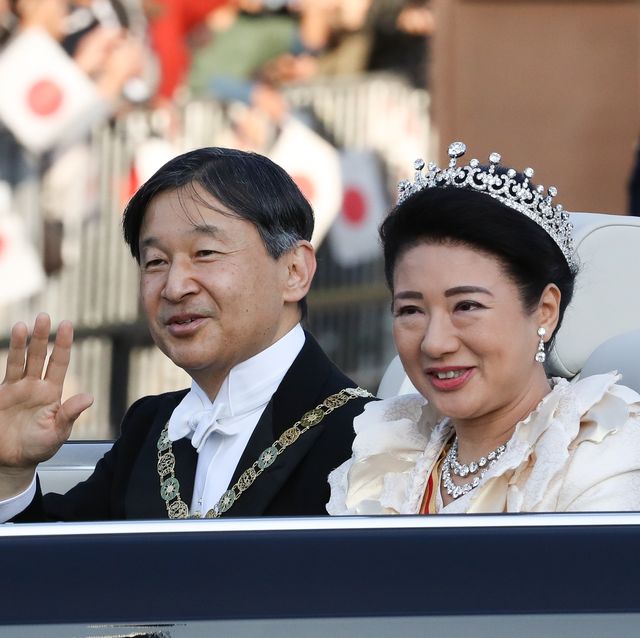
"Their Majesties The Emperor and Empress of Japan have accepted an invitation from His Majesty The King to pay a State Visit to the United Kingdom in late June 2024," Buckingham Palace today, sharing that King Charles and Queen Camilla will host the visit.
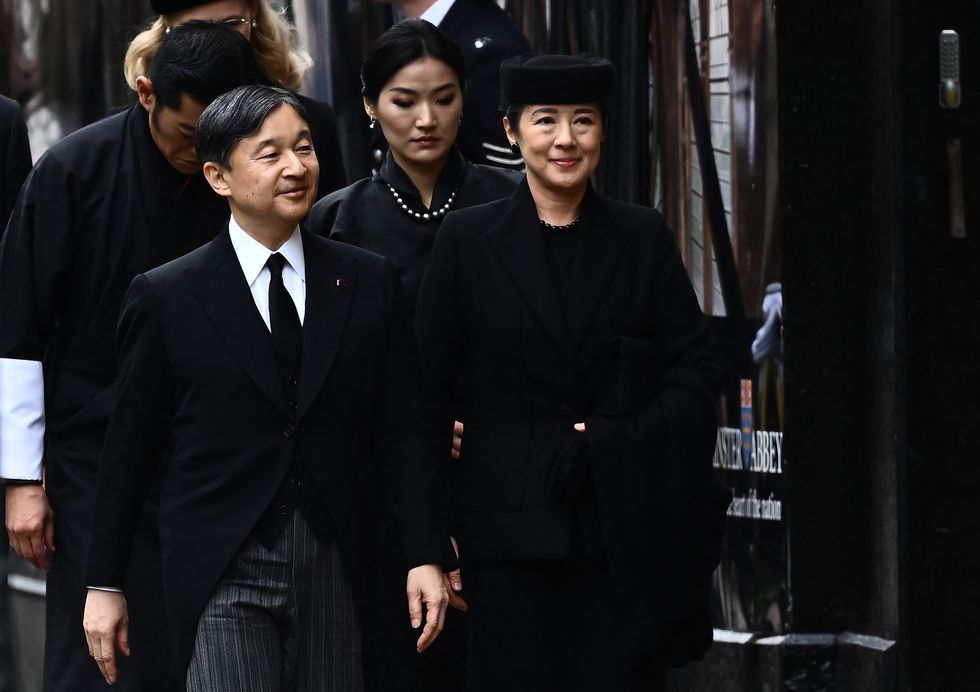
Emperor Naruhito and Empress Masako attended the state funeral of Queen Elizabeth in September 2022 , their first overseas trip since Naruhito's enthronement ceremony in 2019. They did not attend Charles and Camilla's coronation; instead, Crown Prince Akishino and Crown Princess Kiko attended on their behalf .
King Charles has a long history with the Japanese Imperial Family ; he's visited the country five times—the most recent trip occuring in October 2019, for the enthronement ceremony . This will be the third state visit he's hosted during his reign; the first, in honor of South Africa's President Ramaphosa , took place in November 2022, and the second, in honor of South Korea's President Yoon Suk Yeol , was in November 2023.
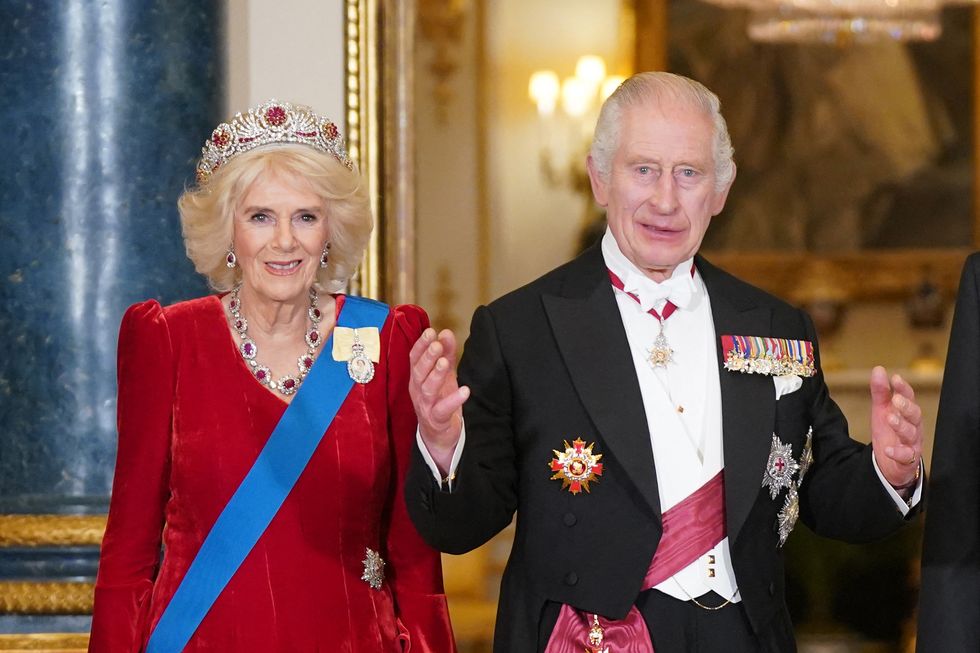
State visits typically include a state dinner on the first night, attended by senior members of the royal family. Per the royal family's website, the state banquet "is a very grand formal occasion held in the Buckingham Palace Ballroom. Around 150 guests are usually invited on the basis of their cultural, diplomatic or economic links to the country being hosted." (For example, South Korean girl band Blackpink attended the last state banquet. ) Typically, the royal women wear tiaras—at the last state banquet, Kate Middleton debuted the Strathmore Rose tiara and Queen Camilla wore the Burmese Ruby Tiara .
No specific date for the Japan state visit has been set yet, but we'll update this as soon as we learn more.
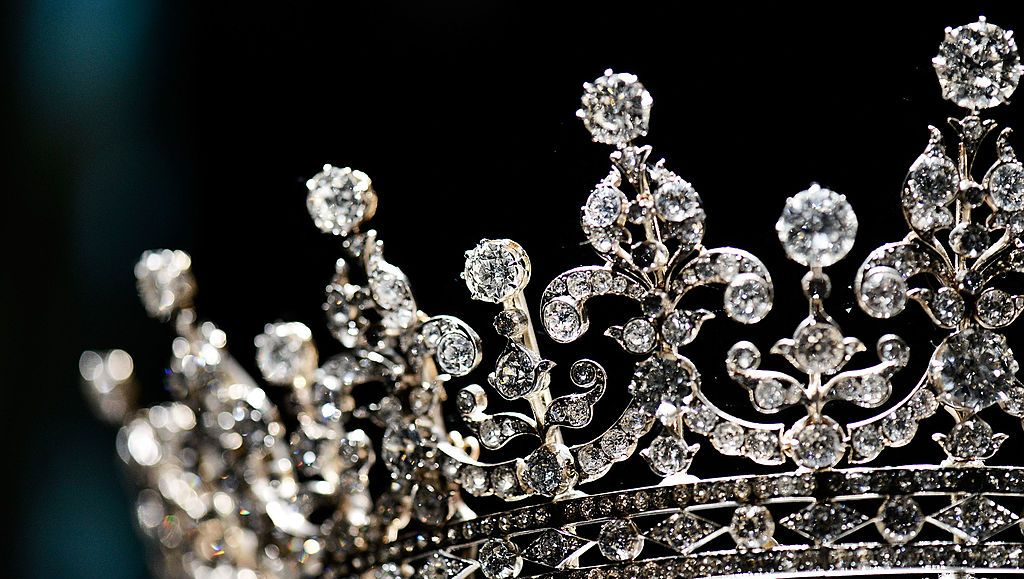
Emily Burack (she/her) is the Senior News Editor for Town & Country, where she covers entertainment, culture, the royals, and a range of other subjects. Before joining T&C, she was the deputy managing editor at Hey Alma , a Jewish culture site. Follow her @emburack on Twitter and Instagram .
@media(min-width: 40.625rem){.css-1jdielu:before{margin:0.625rem 0.625rem 0;width:3.5rem;-webkit-filter:invert(17%) sepia(72%) saturate(710%) hue-rotate(181deg) brightness(97%) contrast(97%);filter:invert(17%) sepia(72%) saturate(710%) hue-rotate(181deg) brightness(97%) contrast(97%);height:1.5rem;content:'';display:inline-block;-webkit-transform:scale(-1, 1);-moz-transform:scale(-1, 1);-ms-transform:scale(-1, 1);transform:scale(-1, 1);background-repeat:no-repeat;}.loaded .css-1jdielu:before{background-image:url(/_assets/design-tokens/townandcountrymag/static/images/diamond-header-design-element.80fb60e.svg);}}@media(min-width: 64rem){.css-1jdielu:before{margin:0 0.625rem 0.25rem;}} Royal Family News @media(min-width: 40.625rem){.css-128xfoy:before{margin:0.625rem 0.625rem 0;width:3.5rem;-webkit-filter:invert(17%) sepia(72%) saturate(710%) hue-rotate(181deg) brightness(97%) contrast(97%);filter:invert(17%) sepia(72%) saturate(710%) hue-rotate(181deg) brightness(97%) contrast(97%);height:1.5rem;content:'';display:inline-block;background-repeat:no-repeat;}.loaded .css-128xfoy:before{background-image:url(/_assets/design-tokens/townandcountrymag/static/images/diamond-header-design-element.80fb60e.svg);}}@media(min-width: 64rem){.css-128xfoy:before{margin:0 0.625rem 0.25rem;}}

King Charles Cancer Diagnosis & Treatment Timeline
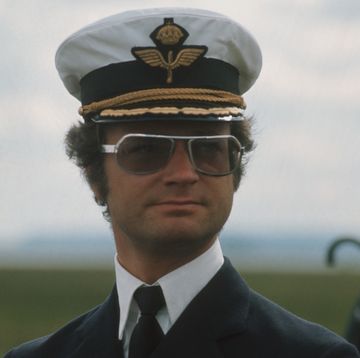
King Carl XVI Gustaf's Life in Photos
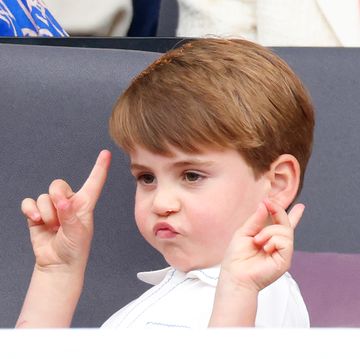
Prince Louis Asked for a Crown During TV Set Visit
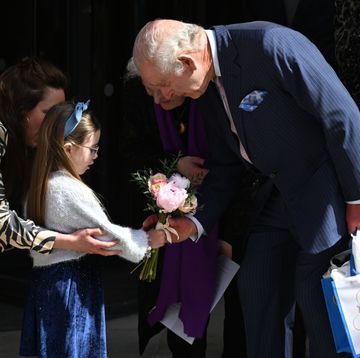
King Charles Returns to Public Duties
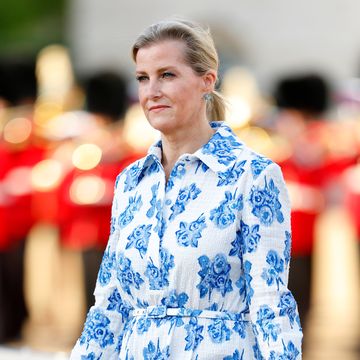
Sophie, Duchess of Edinburgh Visits Ukraine

Queen Maxima's Greatest Style Moments
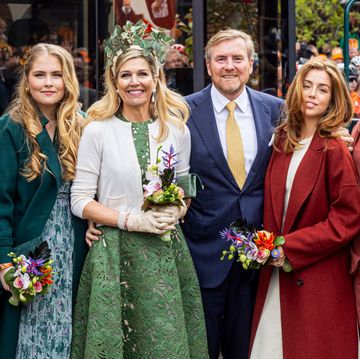
The Dutch Royal Family Gathered for King's Day

Princess Rajwa's Best Style Moments

Prince Hussein & Princess Rajwa's Sweetest Photos

Princess Rajwa Is Radiant in New Birthday Portrait
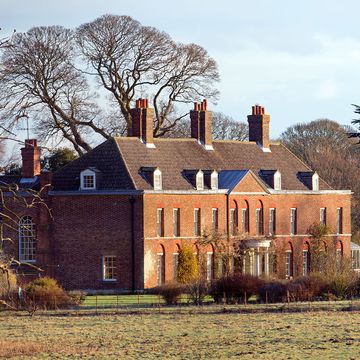
Learn About Anmer Hall, Will & Kate's Country Home
Tokyo Imperial Palace
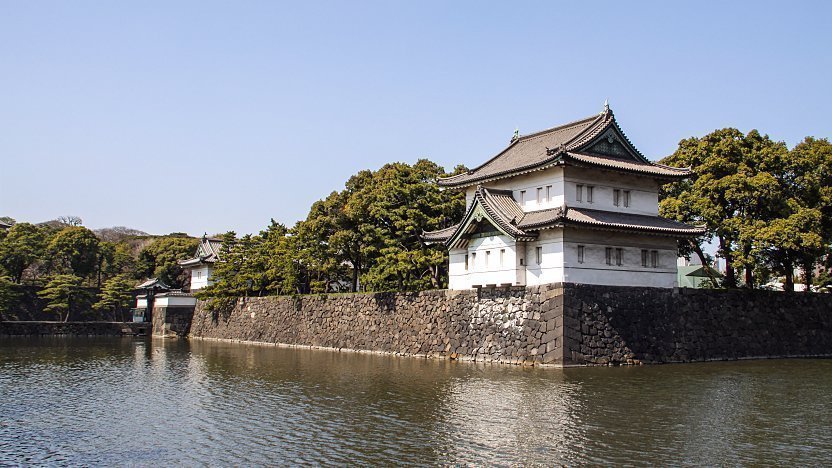
The current Imperial Palace (�c��, Kōkyo) is located on the former site of Edo Castle, a large park area surrounded by moats and massive stone walls in the center of Tokyo , a short walk from Tokyo Station . It is the residence of Japan's Imperial Family .
Edo Castle used to be the seat of the Tokugawa shogun who ruled Japan from 1603 until 1867 . In 1868 , the shogunate was overthrown, and the country's capital and imperial residence were moved from Kyoto to Tokyo . In 1888 construction of a new Imperial Palace was completed. The palace was once destroyed during World War Two , and rebuilt in the same style, afterwards.
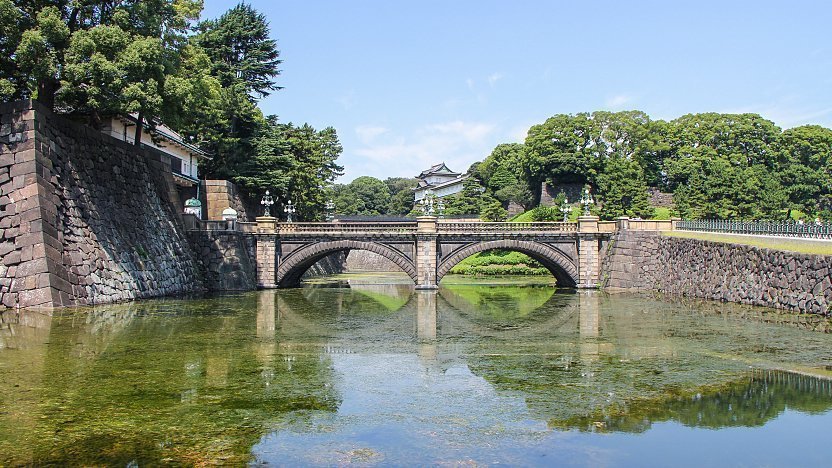
From Kokyo Gaien, the large plaza in front of the Imperial Palace, visitors can view the Nijubashi, two bridges that form an entrance to the inner palace grounds. The stone bridge in front is called Meganebashi (Eyeglass Bridge) for its looks. The bridge in the back was formerly a wooden bridge with two levels, from which the name Nijubashi (Double Bridge) is derived.
The inner grounds of the palace are generally not open to the public. Only on January 2 ( New Year's Greeting ) and February 23 ( Emperor's Birthday ), visitors are able to enter the inner palace grounds and see the members of the Imperial Family , who make several public appearances on a balcony.
Furthermore, guided tours of the palace grounds are offered during the rest of the year, although no buildings are entered. The tours take about 75 minutes and are held in English and Japanese daily at 10:00 and 13:30 except on Mondays, Sundays and national holidays . Advance reservations can be made through the Imperial Household Agency (see links below ), but same-day registrations before the start of the tours are also possible at the Kikyomon Gate.
Adjacent to the inner grounds of the palace are the Imperial Palace East Gardens which are open to the public throughout the year. See the East Gardens page for more details.
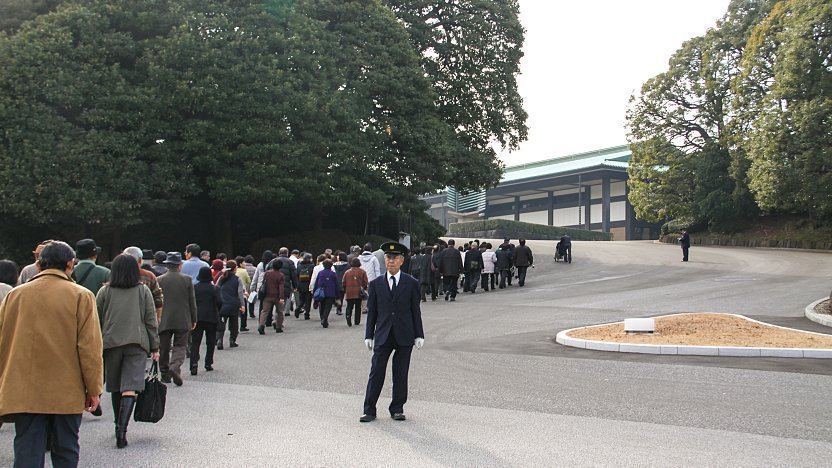
Getting there and around
The Imperial Palace is a ten minute walk from Tokyo Station .
Orientation in Tokyo
Questions? Ask in our forum .
Links and Resources
Imperial household agency, application for visit, hotels around tokyo.
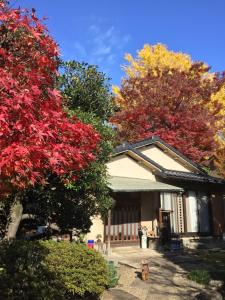
Experiences around Tokyo

Japan imperial couple to visit Britain as state guests in June

Japan's Emperor Naruhito and Empress Masako will visit Britain as state guests in late June, the Imperial Household Agency said Saturday, marking the first state visit by a sitting emperor since his father Akihito's in 1998.
The trip, aimed at fostering goodwill and friendship, will be the second overseas one since their June 2023 official goodwill visit to Indonesia.

The state visit was initially planned for 2020 as the emperor's first overseas visit following his ascension to the throne in May 2019, but it was postponed due to the coronavirus pandemic.
The imperial couple did, however, visit Britain for their first official overseas trip in September 2022, when they attended the funeral service for Queen Elizabeth II.
The upcoming state visit to Britain is expected to last around a week, with arrangements under way for welcoming events at Buckingham Palace, the London home of the British monarchy, as well as a state banquet hosted by King Charles III, according to the agency.
Outside of official events, a visit to the University of Oxford is also under review, the agency said. The imperial couple both studied at the institution, and Emperor Naruhito is the first Japanese emperor to have studied abroad.
Preparations between the British and Japanese governments are proceeding in consideration of the royal family's health.
Buckingham Palace said in February that the king had been diagnosed with cancer and was undergoing treatment, while in March, Catherine, Princess of Wales and wife of Britain's heir to the throne, Prince William, revealed she was also undergoing cancer treatment.
Related coverage:
Japan imperial family connects with Dutch counterpart via Instagram
Princess Aiko expresses desire to help people in choosing to work
Catherine, Princess of Wales, reveals she has cancer
Apr 27, 2024 | KYODO NEWS
Japanese opt for short, cheap overseas trips for Golden Week holidays
May 1, 2024 | KYODO NEWS
Japan likely conducted forex intervention worth around 5 tril. yen
Apr 30, 2024 | KYODO NEWS
90% in Japan support idea of reigning empress: survey
Apr 28, 2024 | KYODO NEWS
Japan disappointed by Biden's "xenophobic" comments
May 4, 2024 | KYODO NEWS
2 more arrested in case of burned bodies found outside Tokyo

More from Japan

Kyodo News Digest: May 5, 2024
May 5, 2024 | KYODO NEWS

Trains restart at Kyoto Station after report of suspicious items

Japan left to rethink COVID grants as telework facilities empty out

Japan PM says no plan to dissolve Diet after defeat in by-elections

Japan PM Kishida vows to tackle global challenges with South America

Kyodo News Digest: May 4, 2024

Japan renews child population low in 43rd straight year of decline

Subscribe to get daily news
To have the latest news and stories delivered to your inbox, subscribe here. Simply enter your email address below and an email will be sent through which to complete your subscription.
* Something went wrong
Please check your inbox for a confirmation email.
If you wish to change your message, press 'Cancel' to go back and edit.
Thank you for reaching out to us. We will get back to you as soon as possible.

IMAGES
VIDEO
COMMENTS
The current Imperial Palace (皇居, Kōkyo) is located on the former site of Edo Castle, a large park area surrounded by moats and massive stone walls in the center of Tokyo, a short walk from Tokyo Station.It is the residence of Japan's Imperial Family.. Edo Castle used to be the seat of the Tokugawa shogun who ruled Japan from 1603 until 1867.In 1868, the shogunate was overthrown, and the ...
Imperial Household Agency Visit Guide > Sites > Imperial Palace. The Imperial Palace has served as the residential place of the successive Emperors since 1868. It contains the Imperial Residence and the Imperial Palace Complex, where His Majesty the Emperor undertakes official duties. Various ceremonies and public activities are held there too.
If you plan on joining the Imperial Palace tour, meet your guide at the Kikyomon Gate, a 10-minute walk from Nijubashimae Station or Otemachi Station. The center of the new capital For around 1000 years Kyoto was the capital of Japan, but in 1868 both the capital and Imperial Palace were moved to Tokyo after the Meiji Restoration.
The Forbes Travel Guide five-star Palace Hotel Tokyo is also known for its perspective on the city and a singular, moat-side setting just opposite the Imperial Palace gardens. For more mid-range and budget accommodation, take a look in the Hanzomon area on the western edge of the palace grounds or around Kudanshita to the north.
The Imperial Palace is the residence of the Emperor of Japan. The Imperial Palace. The Imperial Palace, residence of the Japanese Emperor, was once the site of the Edo Castle from the 17th - 19th century. ... You could also visit the Imperial Palace on the Emperor's birthday on December 23rd. The inner grounds will be open to the public on that ...
Just ten minutes from Tokyo Station lies Tokyo Imperial Palace: a wealth of gardens and galleries, with guided tours and castle ruins. Pro tip: Make the most of your visit to the area by joining this walking tour.Not only will you visit the Imperial Palace, but you'll also get to taste some sake, try your hand at knife sharpening, and learn about traditional Japanese food like dashi (soup ...
It is quite a rare treat for visitors of Japan to be able to visit Tokyo's Imperial Palace as it can only be explored thoroughly under certain conditions. Tour of the grounds available throughout the year. For the man on the street, the standard tour around the Imperial Palace includes the two adjoining parks:
The Emperor of Japan, one of the most revered symbols of Japan, resides in the Tokyo Imperial Palace. This is one of the tourist attractions with the largest number of visitors in the world. Built over 400 years ago, the Tokyo Imperial Palace is adorned with flowers all year round, with many natural and green spaces, and there are numerous sights to see within.
The Tokyo Imperial Palace (皇居, Kōkyo, literally 'Imperial Residence') is the main residence of the Emperor of Japan.It is a large park-like area located in the Chiyoda district of the Chiyoda ward of Tokyo and contains several buildings including the Fukiage Palace (吹上御所, Fukiage gosho) where the Emperor has his living quarters, the main palace (宮殿, Kyūden) where various ...
Tailored Tokyo city tour based on request. Rail Tours. from. $391.60. per group (up to 6) The area. 1-1 Chiyoda, Chiyoda 100-8111 Tokyo Prefecture. Neighborhood: Ginza / Tokyo Nihonbashi. Ginza is famous for being a trendy hotspot, but it's also a downtown area with shops that were founded over a hundred years ago.
Japan's centuries-old Imperial Palace: The palace, a 10-minute walk from Tokyo Station, was first built in the late 1800s. It was destroyed during World War II and rebuilt in the same style.
Imperial Palace. The Imperial Palace occupies the site of the original Edo-jō, the Tokugawa shogunate's castle. In its heyday this was the largest fortress in the world, though little remains today apart from the moat and stone walls. Most of the 3.4-sq-km complex is off limits, as this is the emperor's home, but join one of the free tours ...
The best time to visit Tokyo Imperial Palace is arguably in January, when the general public is allowed entry to the inner grounds on January 2 for the New Year's greeting and on December 23 for the Emperor's Birthday. During these times, visitors can see the Imperial Family, who make several appearances on the balcony of the Chowaden Hall ...
To understand the history of the Tokyo Imperial Palace, we need to travel back to the Edo period which was started by Tokugawa Ieyasu in 1603. Until the end of the Edo period, Japan's Imperial family resided in Kyoto, the ancient capital of Japan. The Tokugawa family however took up residence in Edo and Edo became a new political and economic ...
4 Reviews. View photos (1) Imperial Palace (Photo: Imperial Palace, Tokyo (6289568381) - Bryan Ledgard / CC BY 2.0) The Imperial Palace is both literally and figuratively a hub of the Japanese capital. Located in central Tokyo, the palace grounds were once home to Edo Castle, the seat of government of the Tokugawa shogunate and the center ...
The current Imperial Palace (皇居, Kōkyo) is located on the former site of Edo Castle, a large park area surrounded by moats and massive stone walls in the center of Tokyo, a short walk from Tokyo Station.It is the residence of Japan's Imperial Family.. Edo Castle used to be the seat of the Tokugawa shogun who ruled Japan from 1603 until 1867.In 1868, the shogunate was overthrown, and the ...
The Tokyo Imperial Palace is the main residence of the Emperor of Japan. It is large and park-like and is located in the Chiyoda district of Tokyo. It is a complex made up of administrative offices, museums, an archive, some Imperial residences, and the main palace. While in Japan make sure to visit the nearby ancient imperial Japanese city of ...
Garden strolls, art treasures and tours within an imperial castle's grounds. Home to the emperor of Japan, the Imperial Palace is built upon the site of Edo Castle, home to the Shogun before 1868. Protected by wide moats and thick walls and surrounded by meticulously kept gardens, the grounds offer a peaceful green contrast to the steel and ...
Directions for walk in registration: Registration starts at 11:00 AM at the North Gate of Kyoto Sento Imperial Palace.; Main applicant may add up to 3 accompanying persons. A maximum of 4 persons including the main applicant may apply at one time if there is an opening.
The Imperial Palace; Kyoto Imperial Palace; Kyoto Sento Imperial Palace; Katsura Imperial Villa; Shugakuin Imperial Villa; Application for Visit
The Imperial Palace East Gardens is a historical garden in the Tokyo Imperial Palace.The gardens were first used by the Tokugawa shogunate.. There is a bridge which leads to Sakashita-mon gate nearby is the Imperial Household Agency building and Tokyo Imperial Palace (or "kyuden") . The ruins of Edo Castle. The garden was built on the grounds of Edo Castle.
Accommodation Cherry Blossom near Tokyo Imperial Palace Gonzague Gay-Bouchery. Located near the Imperial Palace and the Yasukuni Shrine, Chidorigafuchi Is a national Japanese cemetery and memorial for around 350,000 unidentified war
The Ote-mon gate was once the principal entrance to Edo Castle, making it a convenient place to begin your visit to the Imperial Palace East Garden. The gate is a five-minute walk from Otemachi Station on the Chiyoda, Tozai, Marunouchi, Hanzomon and Mita subway lines, and a 15-minute walk from Tokyo Station .
Apr 27, 2024. Emperor Naruhito and Empress Masako are making preparations to visit Britain as state guests in late June, the Imperial Household Agency said Saturday. It will be the first trip to ...
King Charles has a long history with the Japanese Imperial Family; he's visited the country five times—the most recent trip occuring in October 2019, for the enthronement ceremony. This will be ...
The current Imperial Palace (皇居, Kōkyo) is located on the former site of Edo Castle, a large park area surrounded by moats and massive stone walls in the center of Tokyo, a short walk from Tokyo Station.It is the residence of Japan's Imperial Family.. Edo Castle used to be the seat of the Tokugawa shogun who ruled Japan from 1603 until 1867.In 1868, the shogunate was overthrown, and the ...
Japan's Emperor Naruhito and Empress Masako will visit Britain as state guests in late June, the Imperial Household Agency said Saturday, marking the first state visit by a sitting emperor since his father Akihito's in 1998. The trip, aimed at fostering goodwill and friendship, will be the second overseas one since their June 2023 official ...
22 Likes, TikTok video from Mwah (@princessmdawg): "Koi carp 🫶🏼 the imperial palace gardens, tokyo #japan #travel #koi". Sound of peace - lost soul.